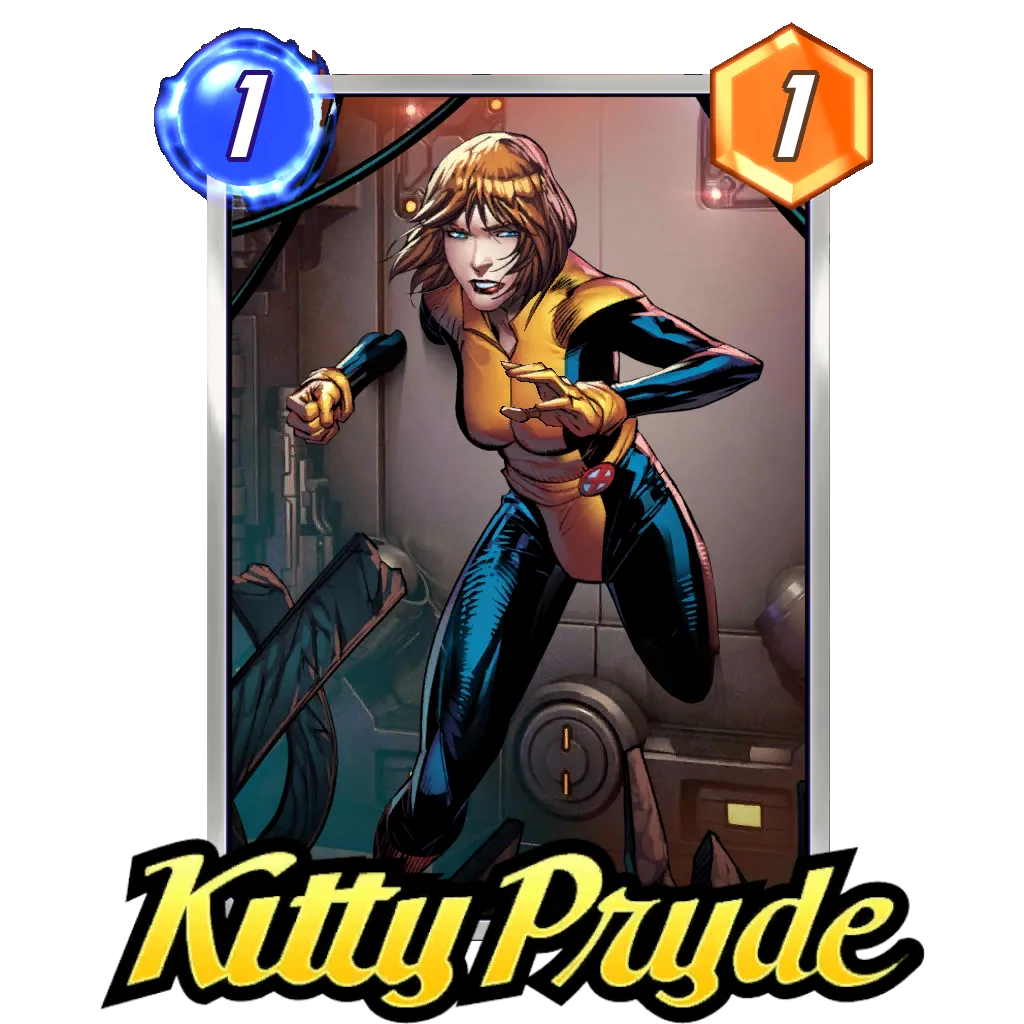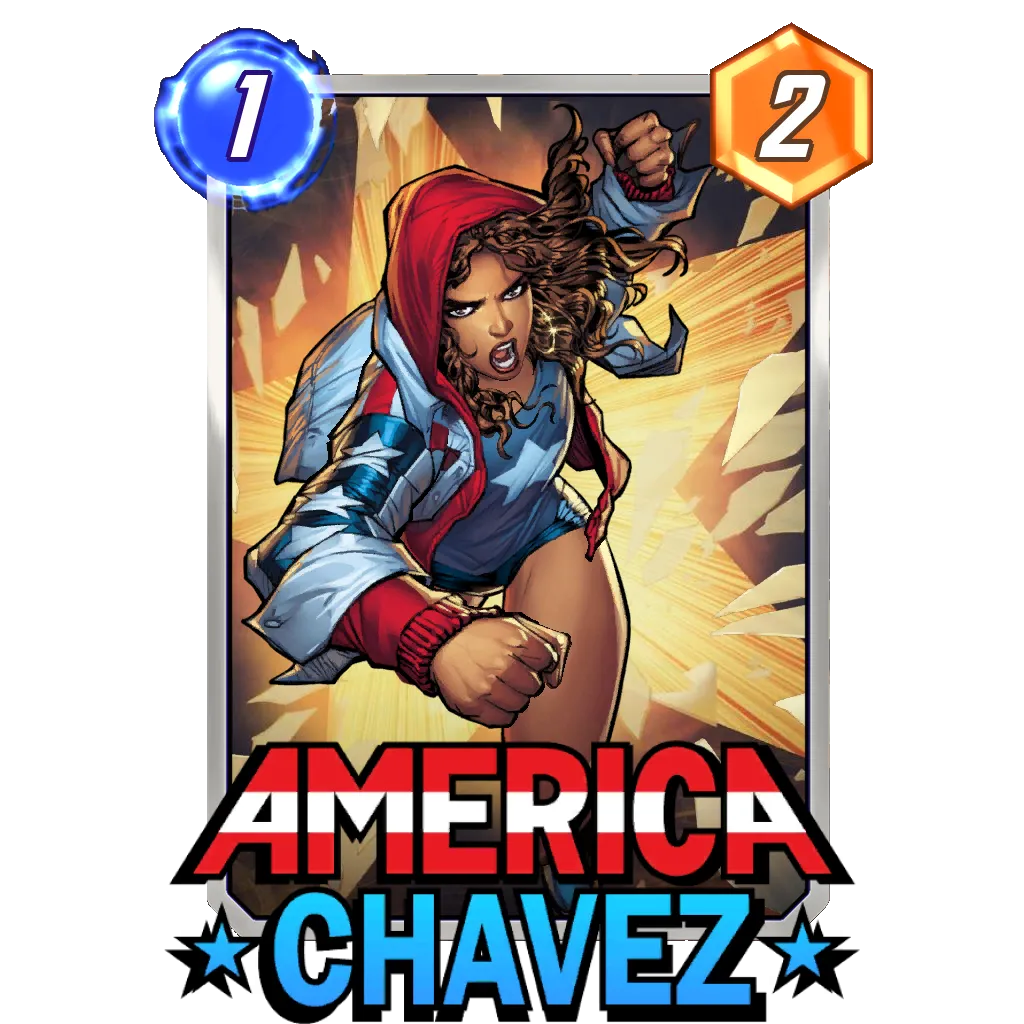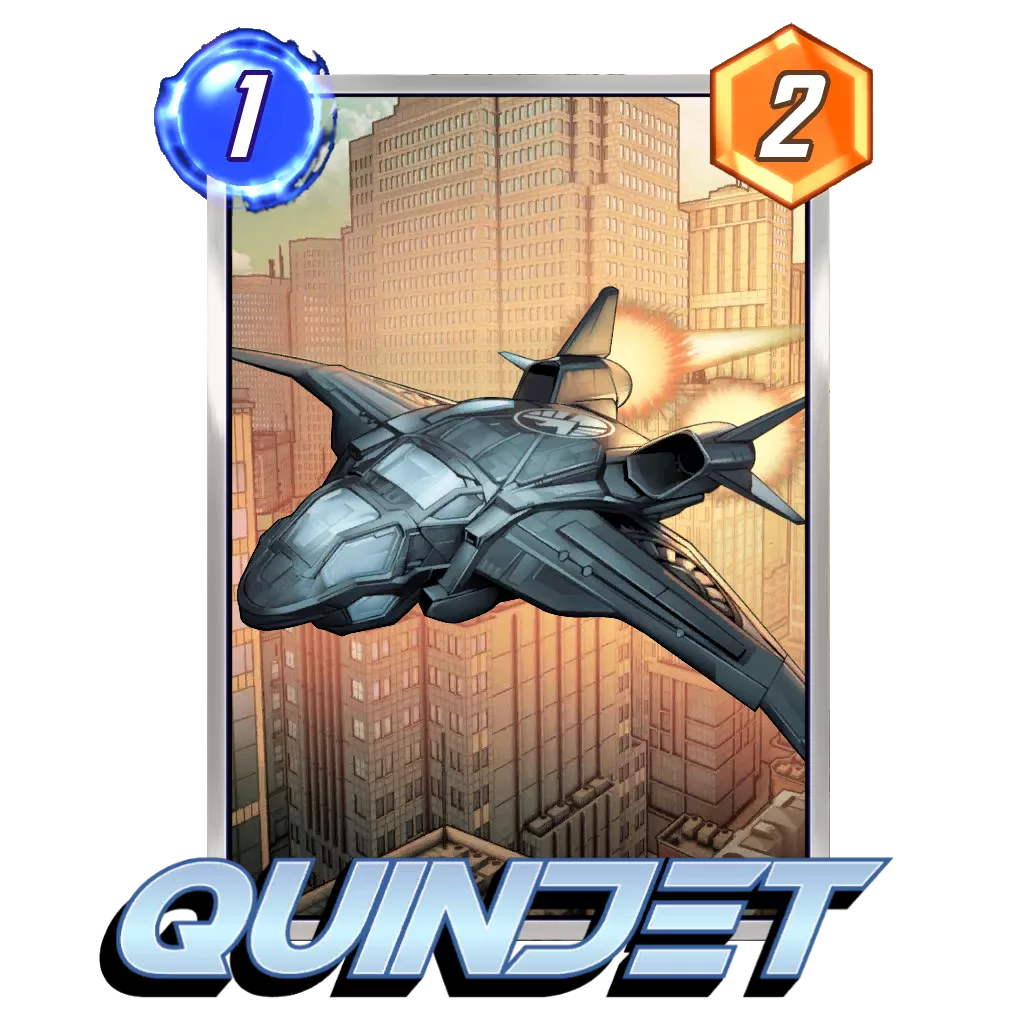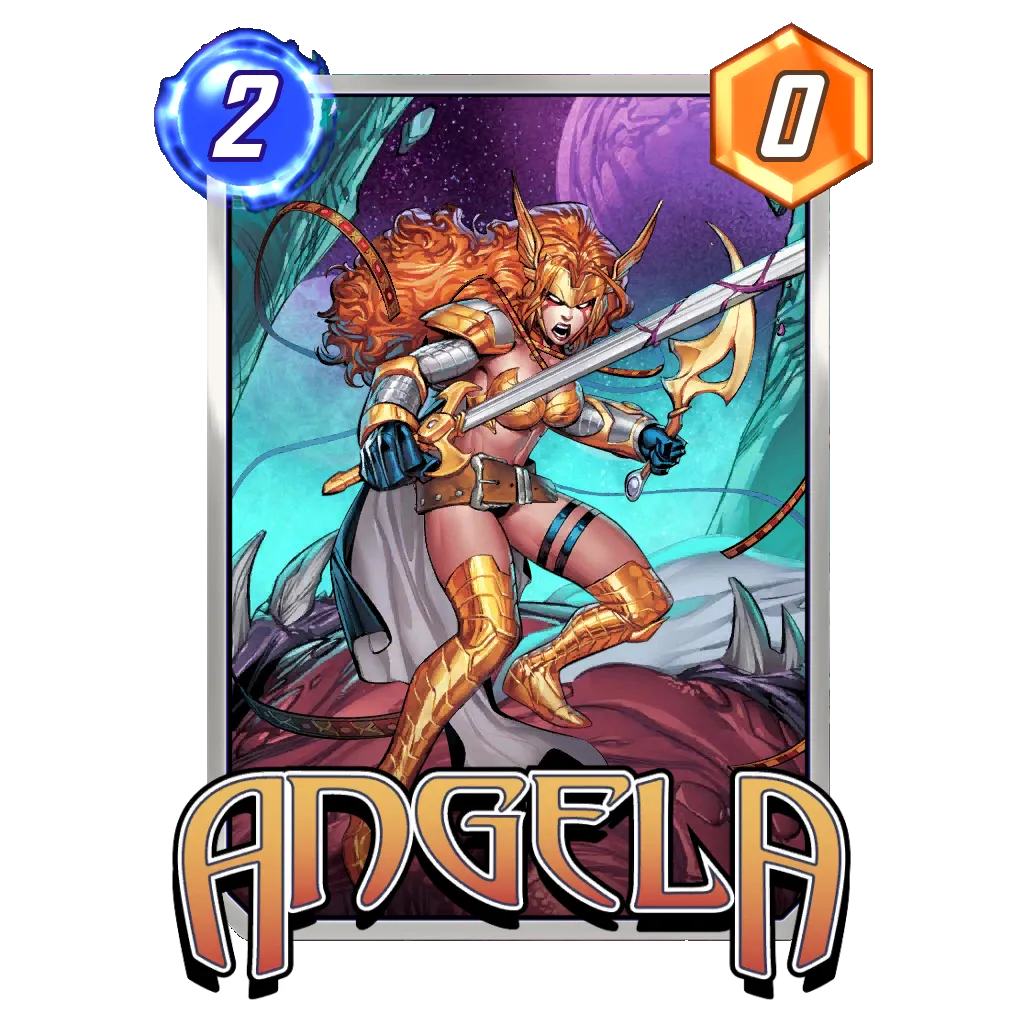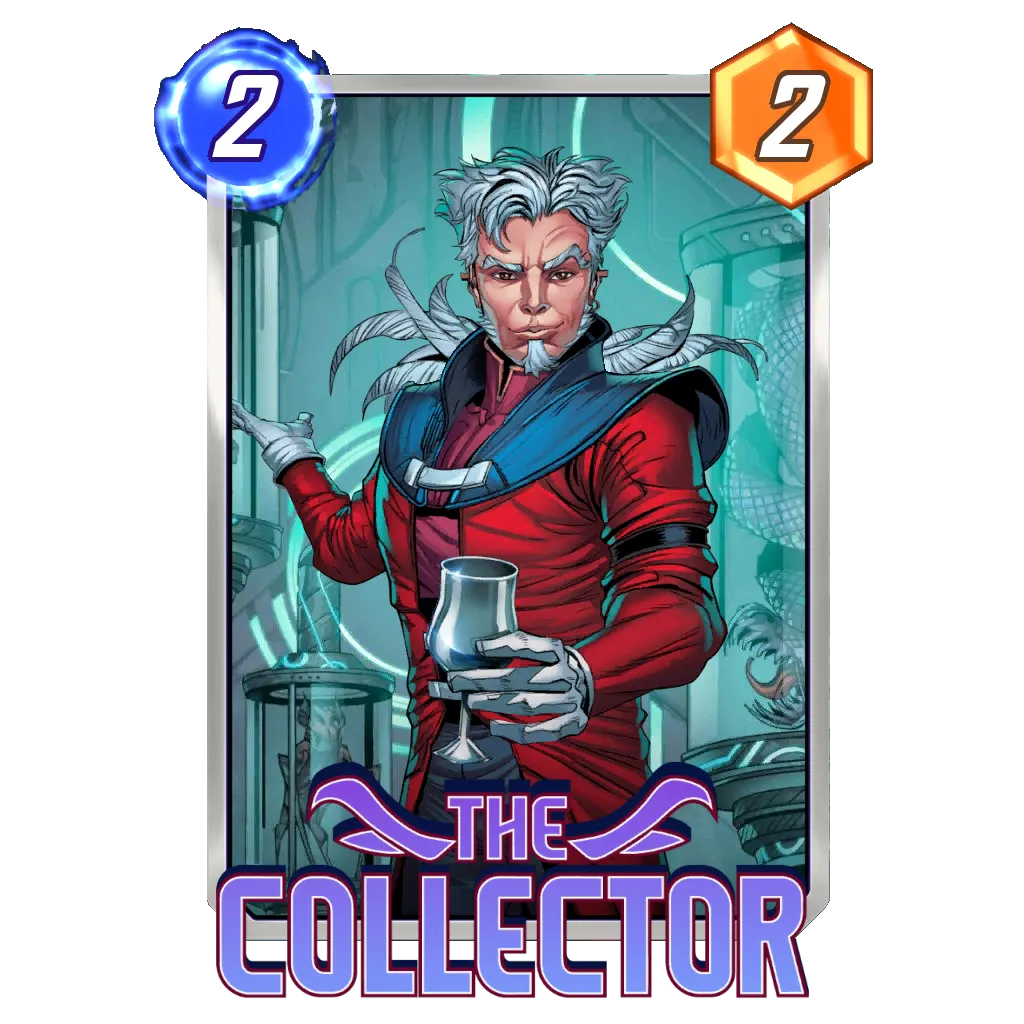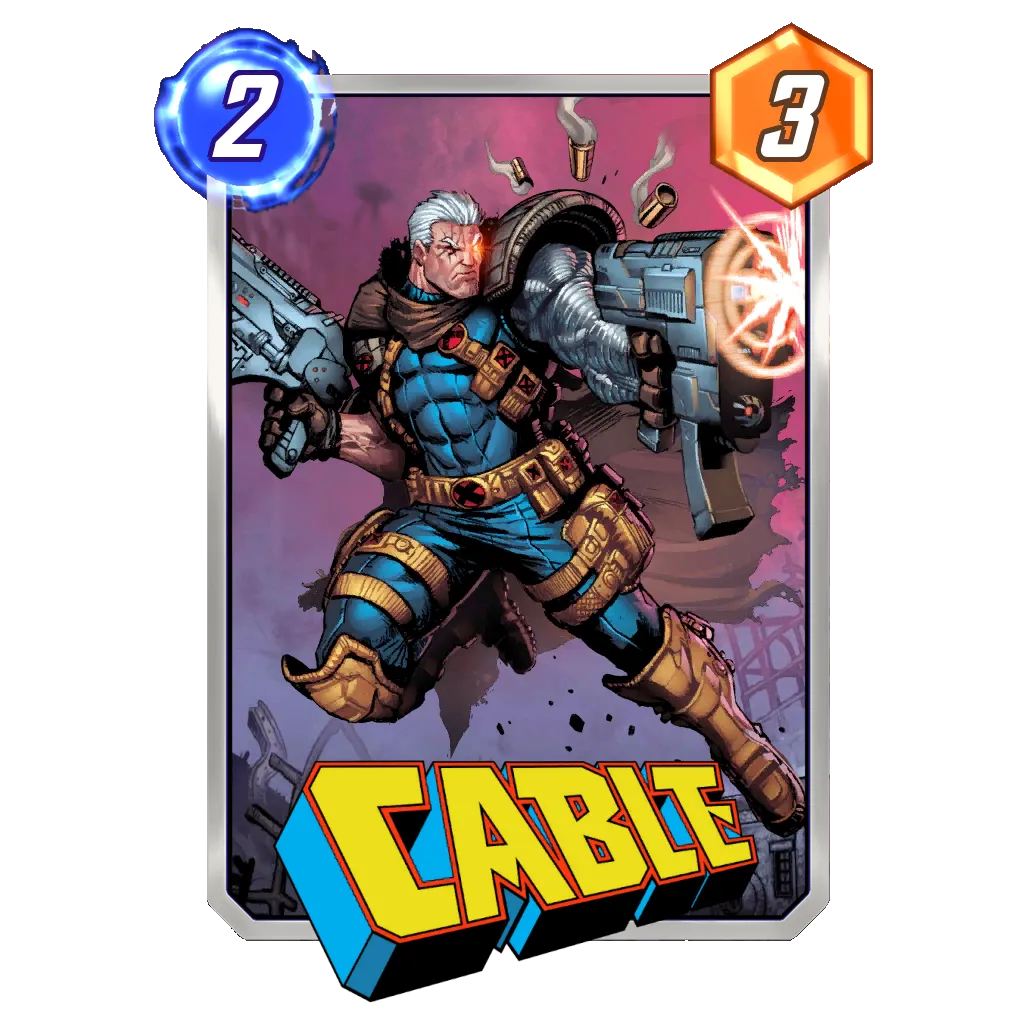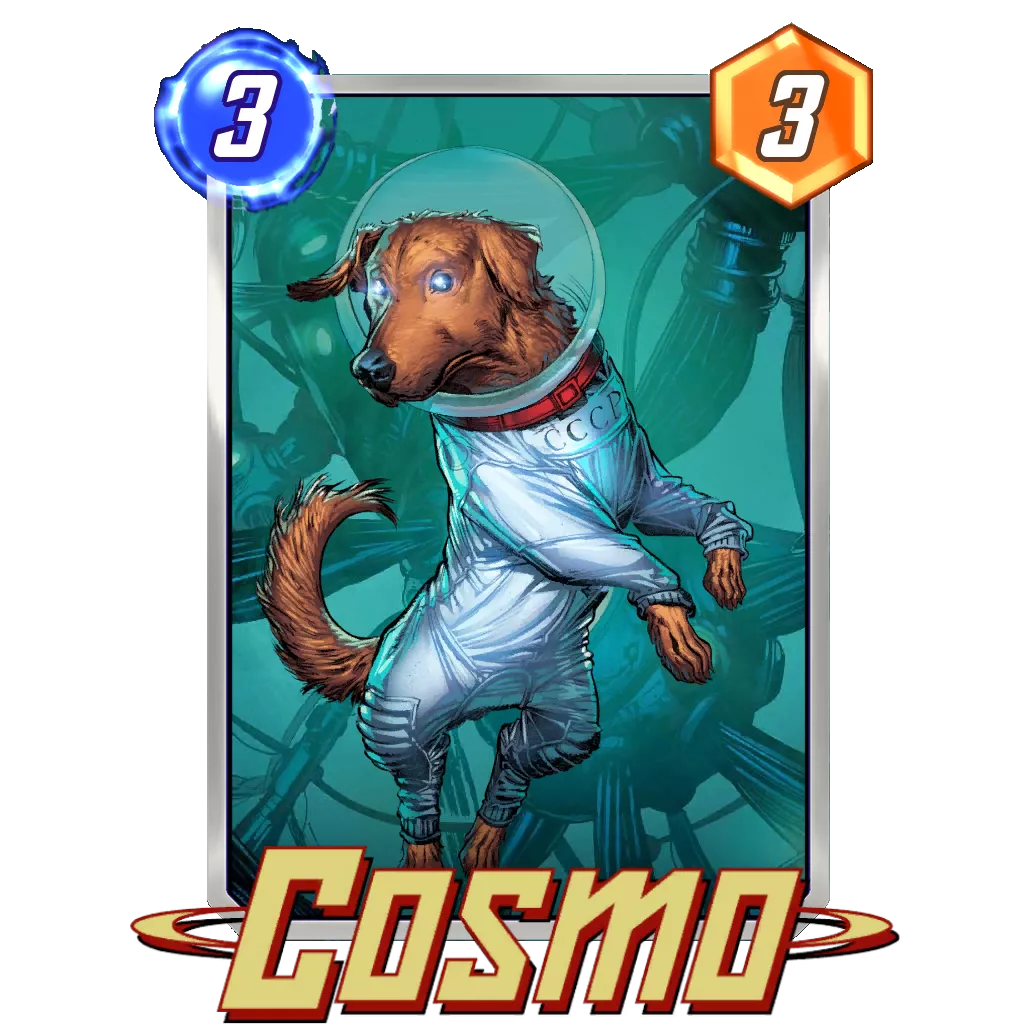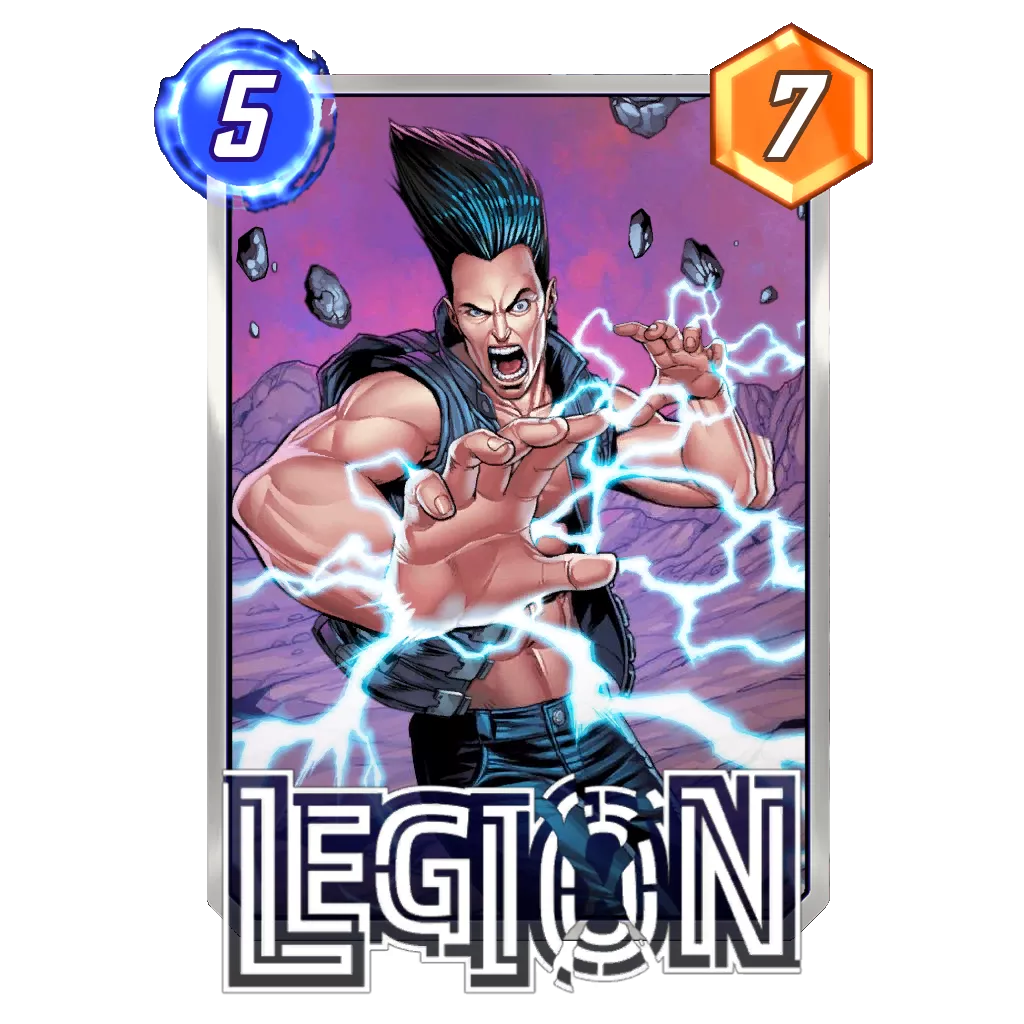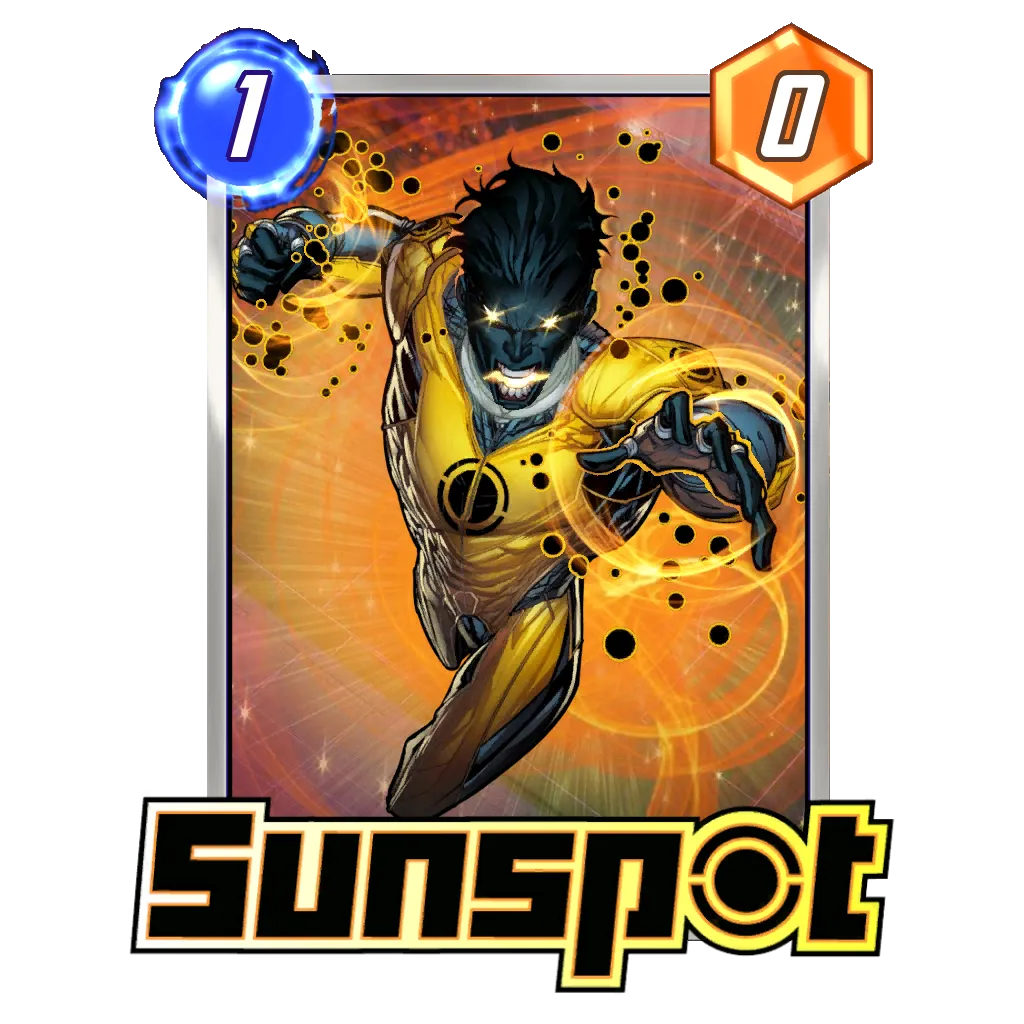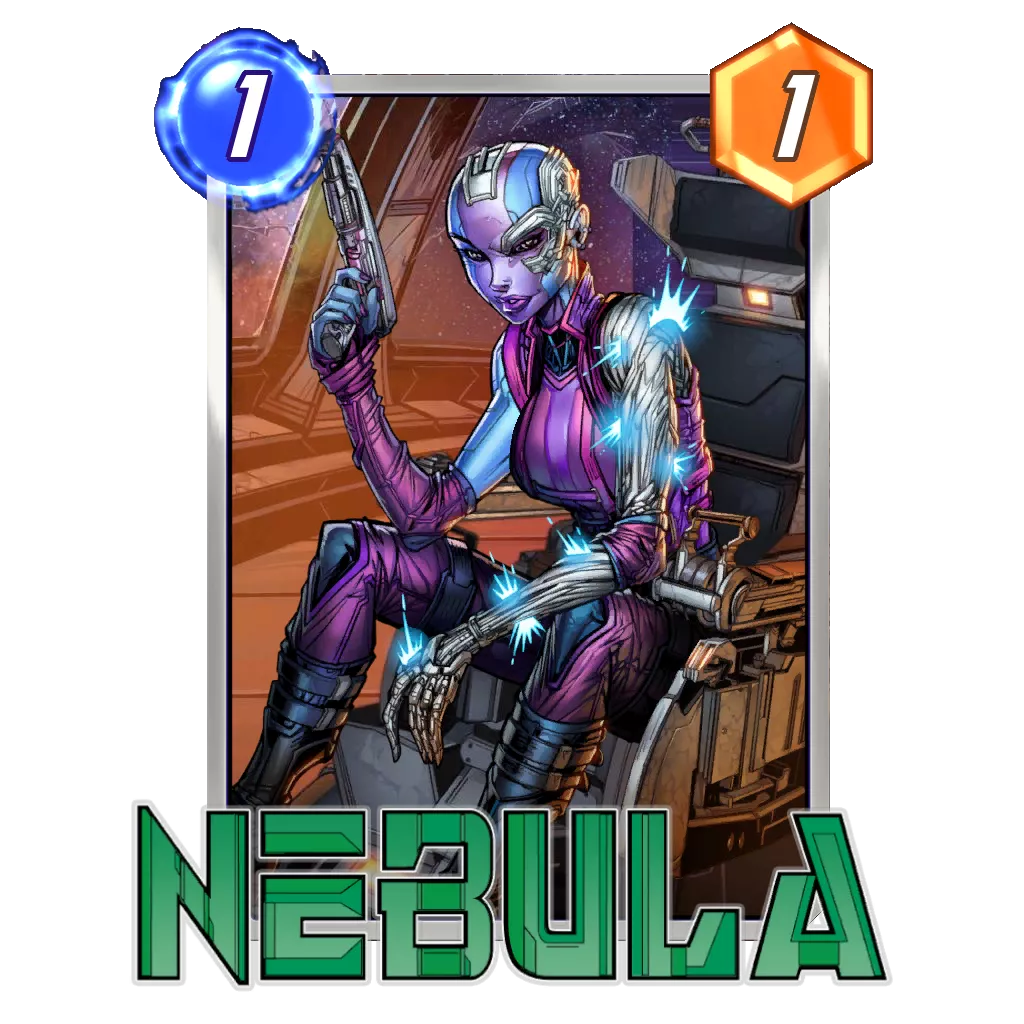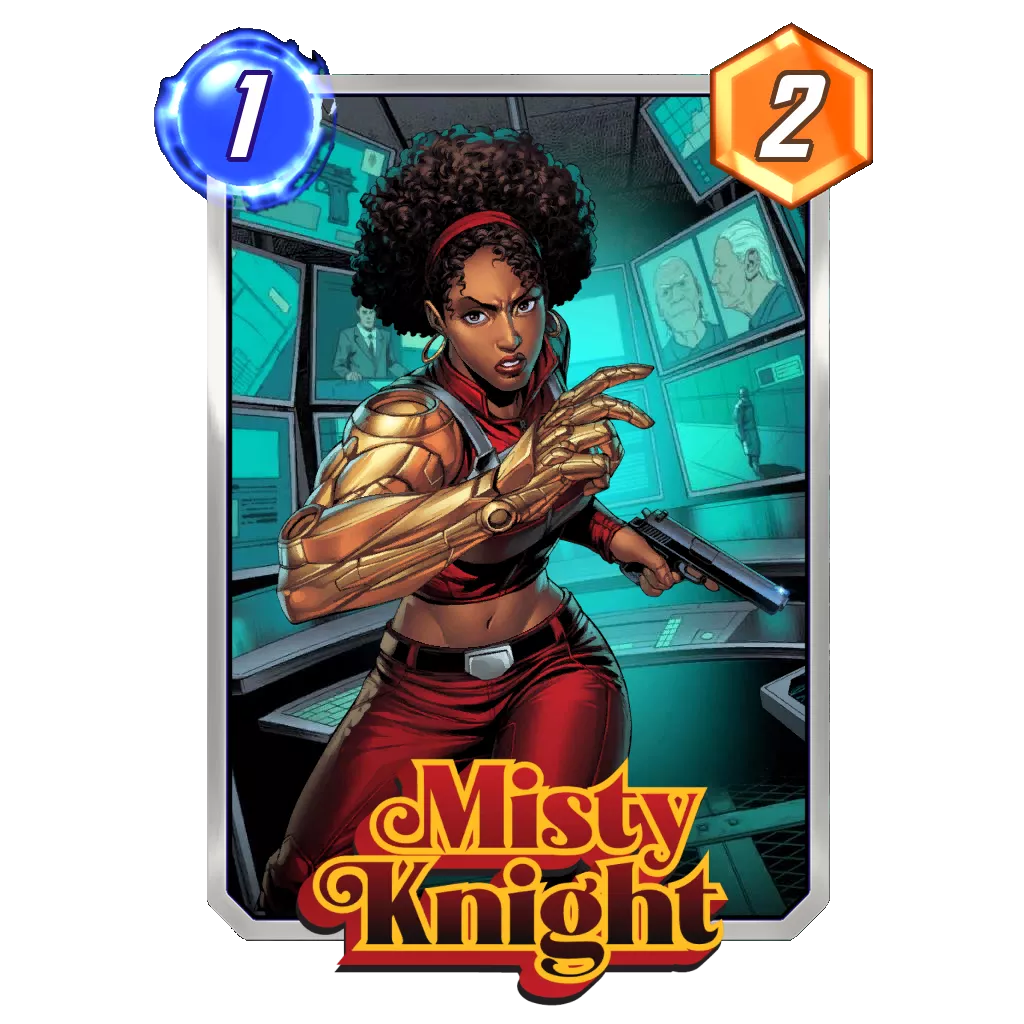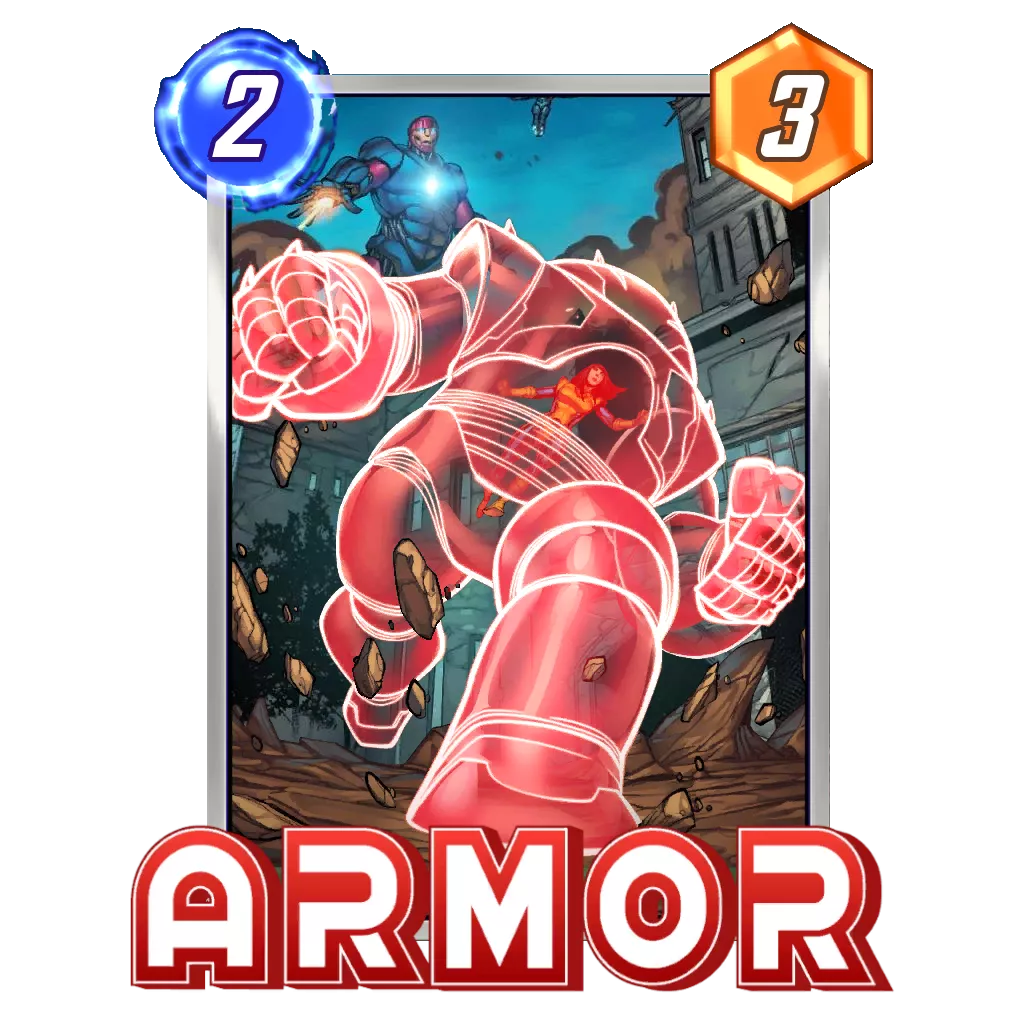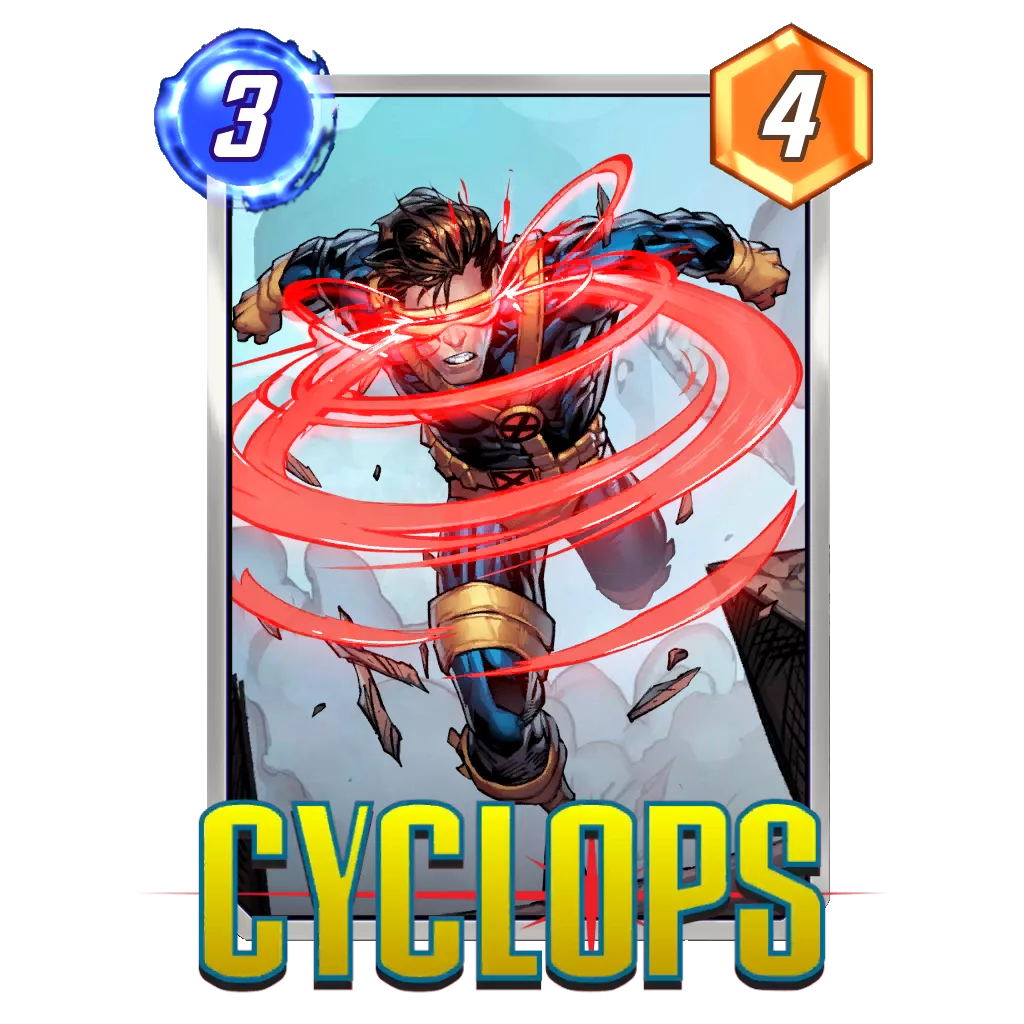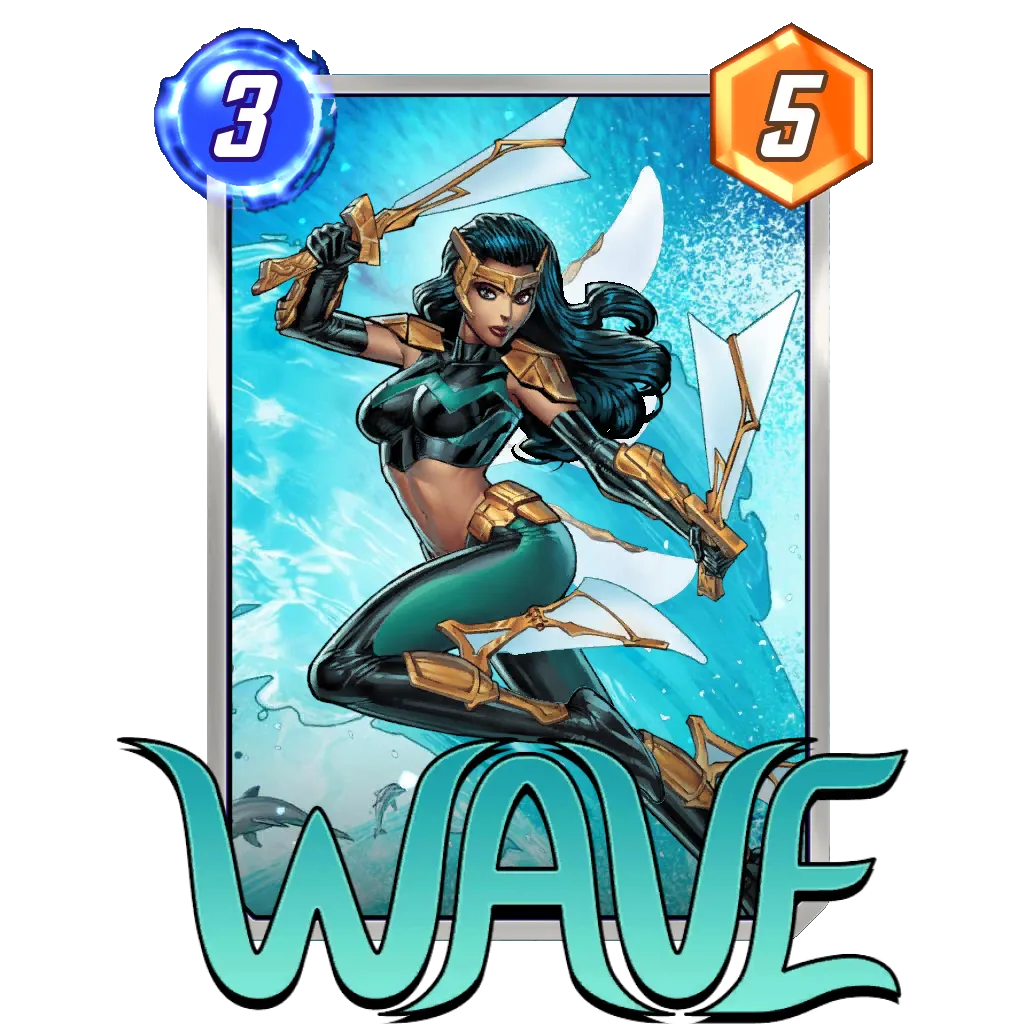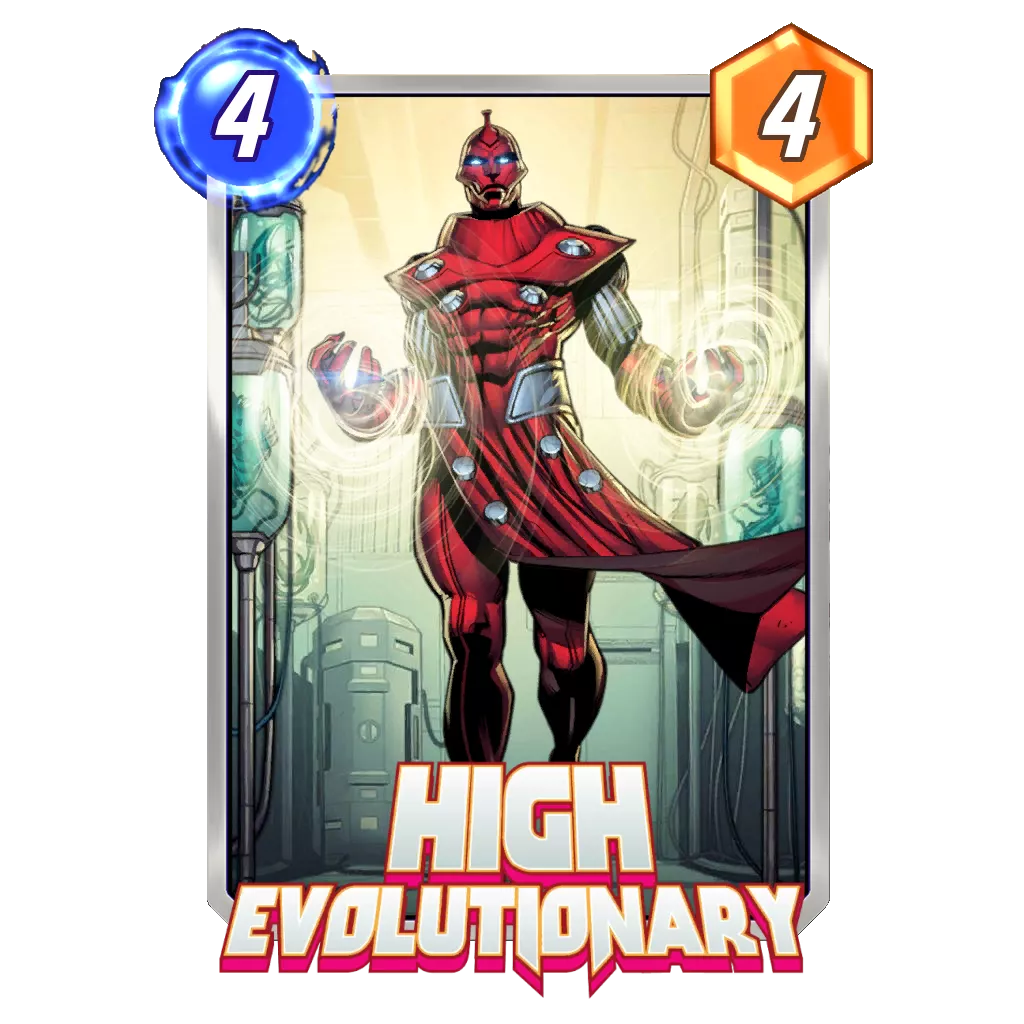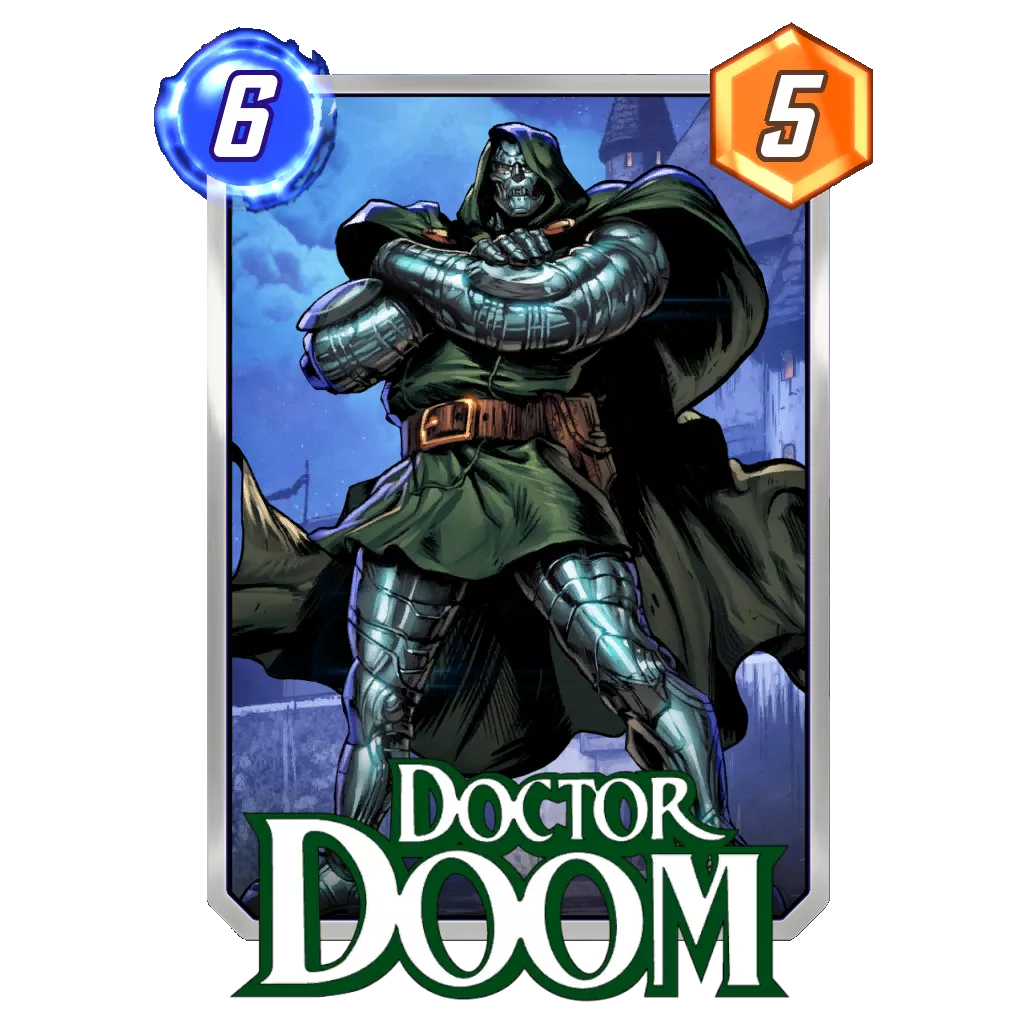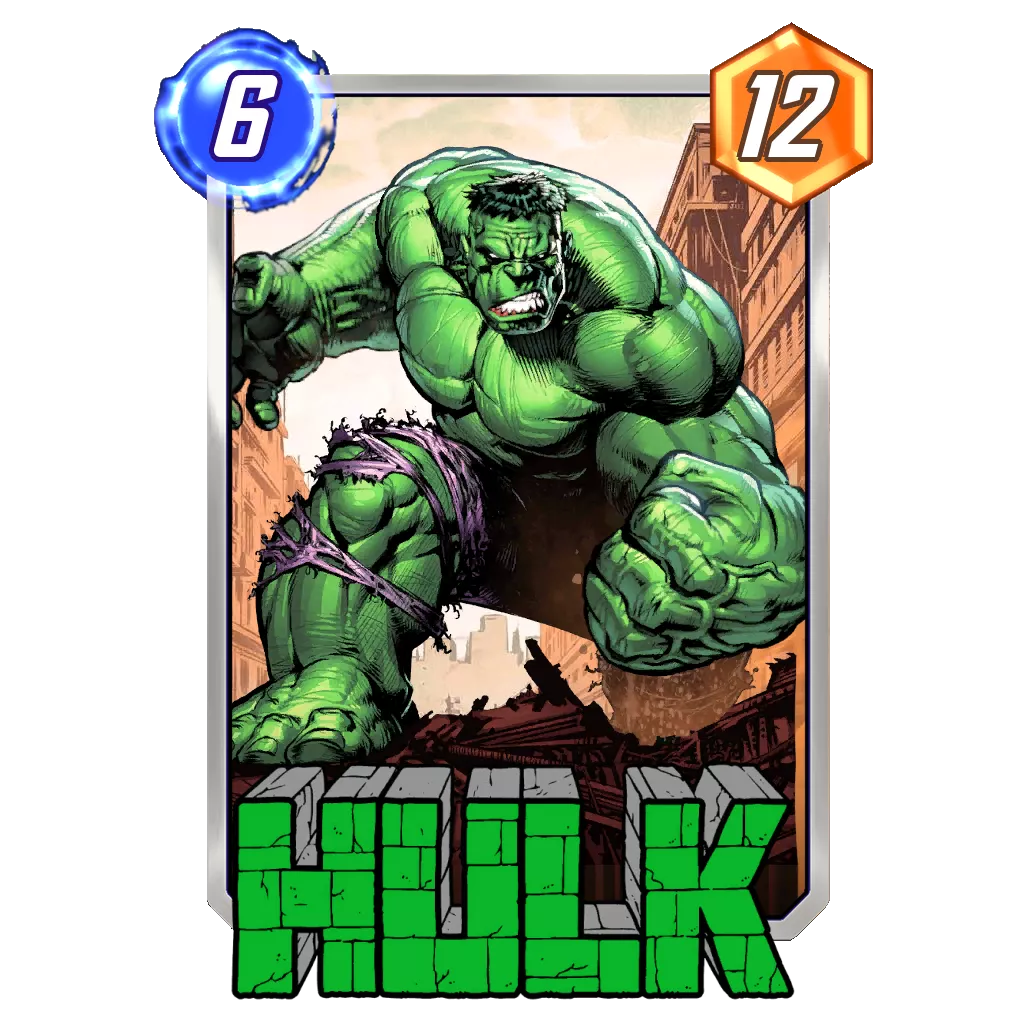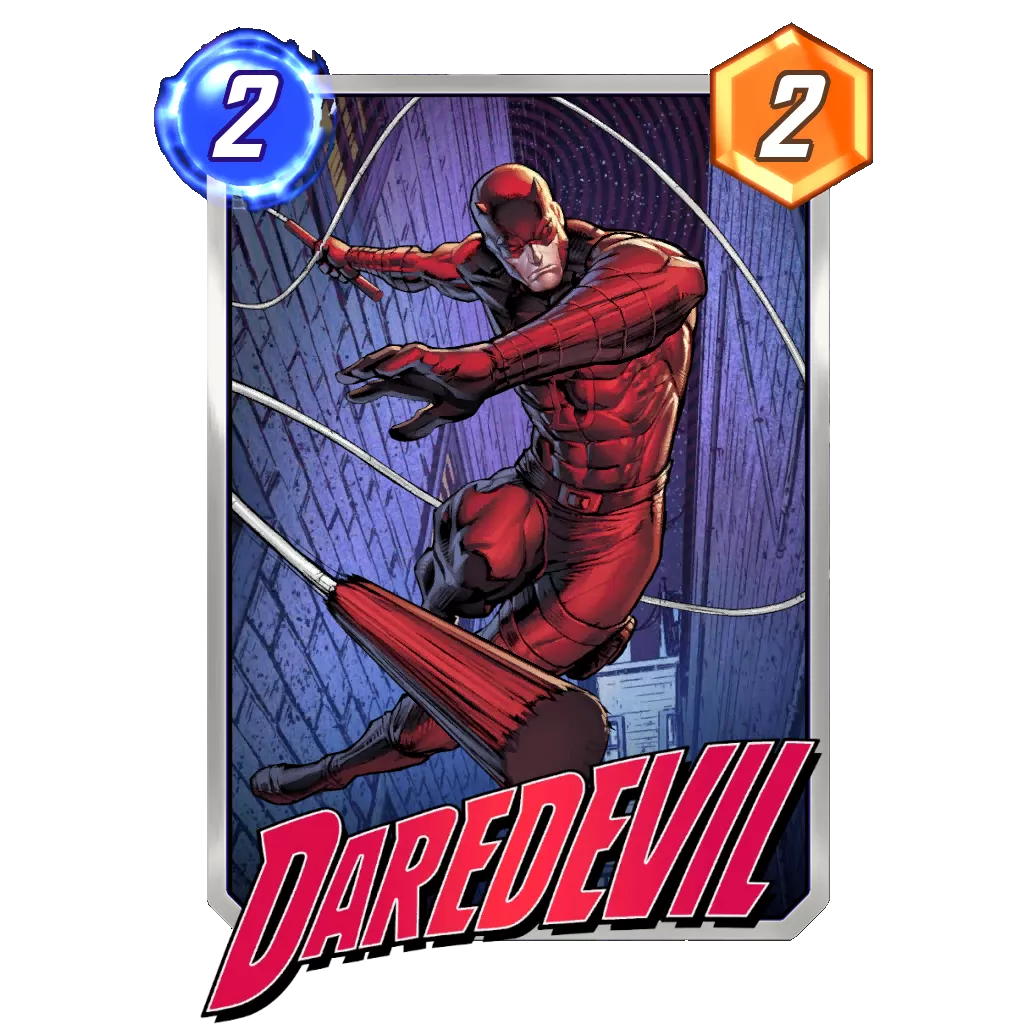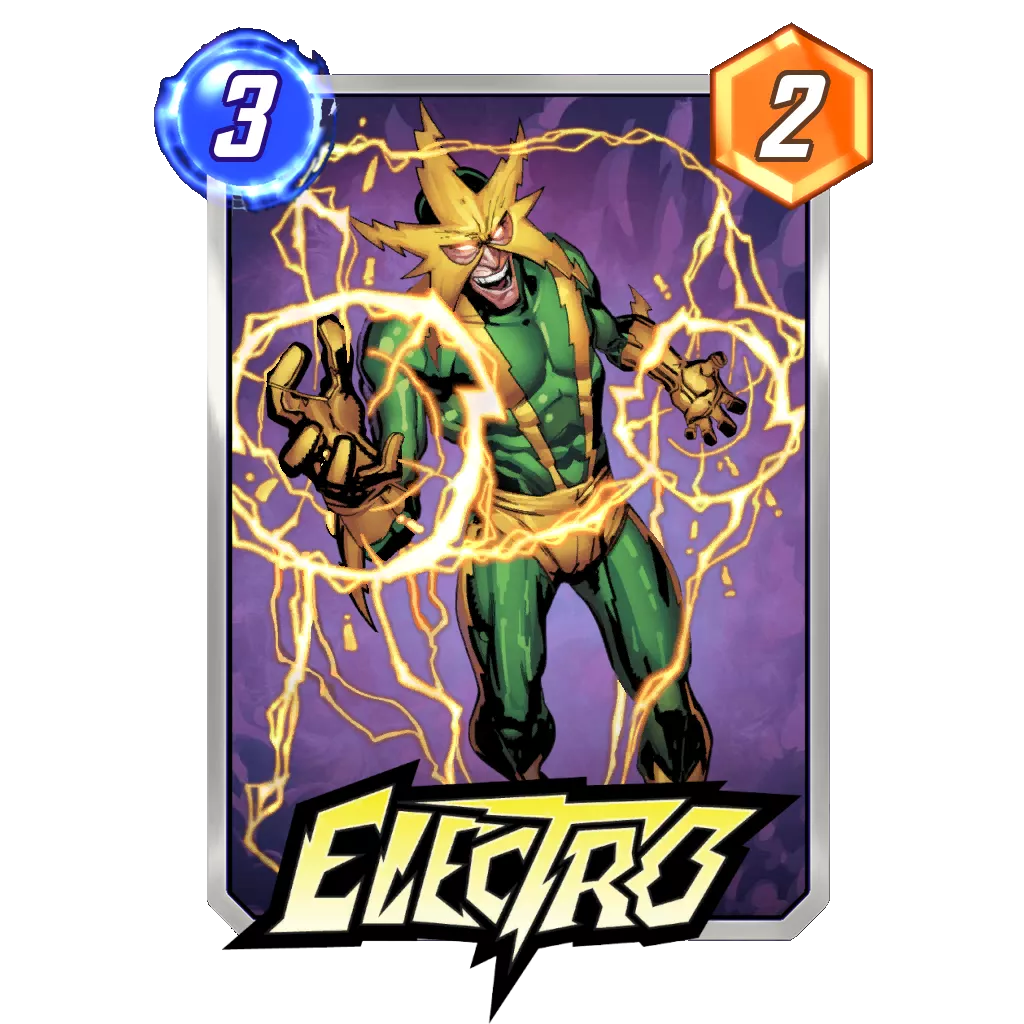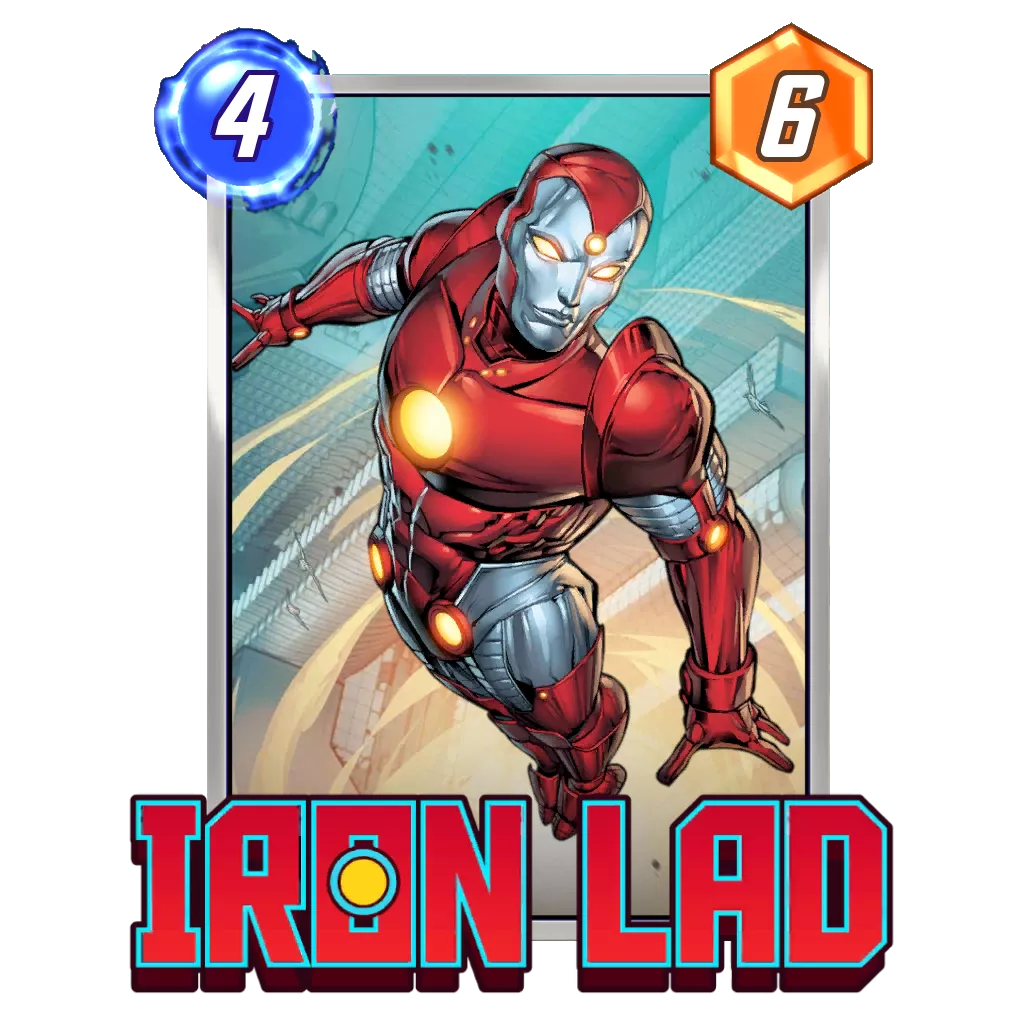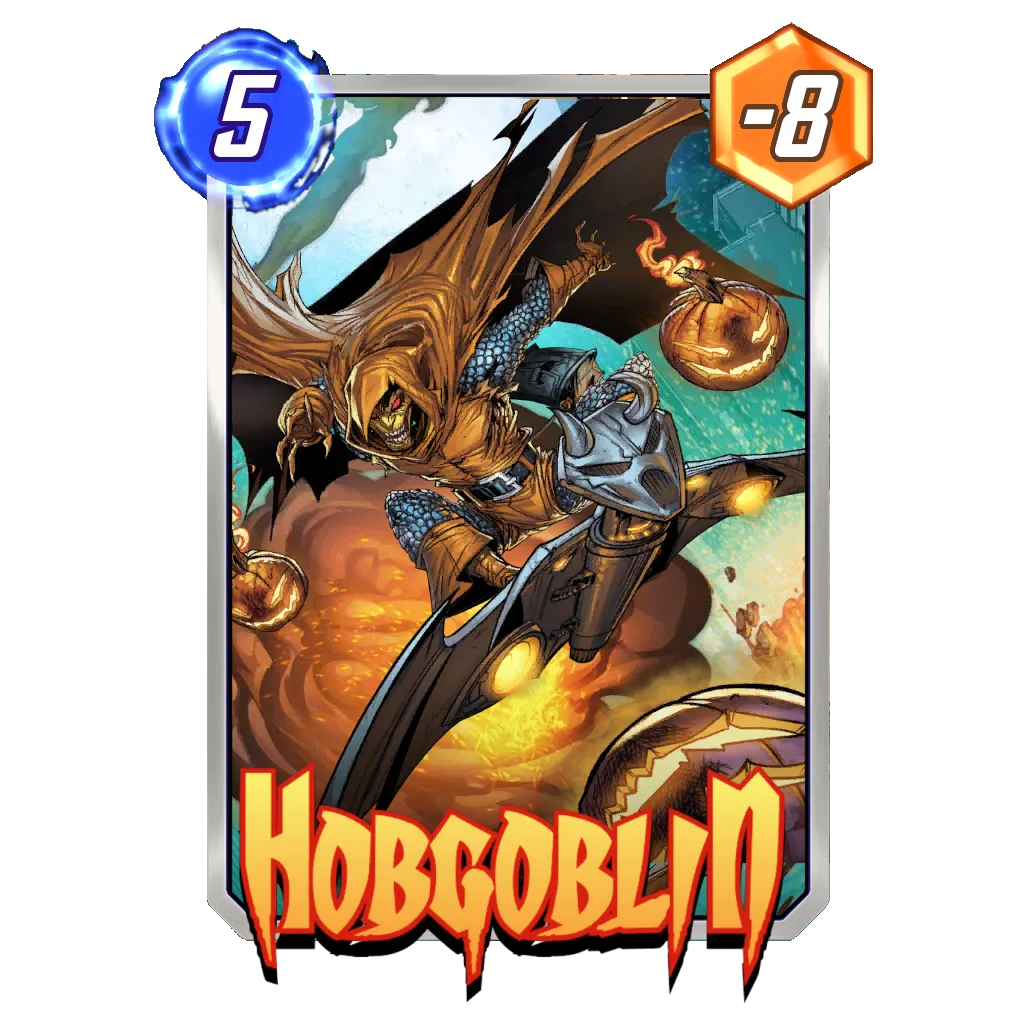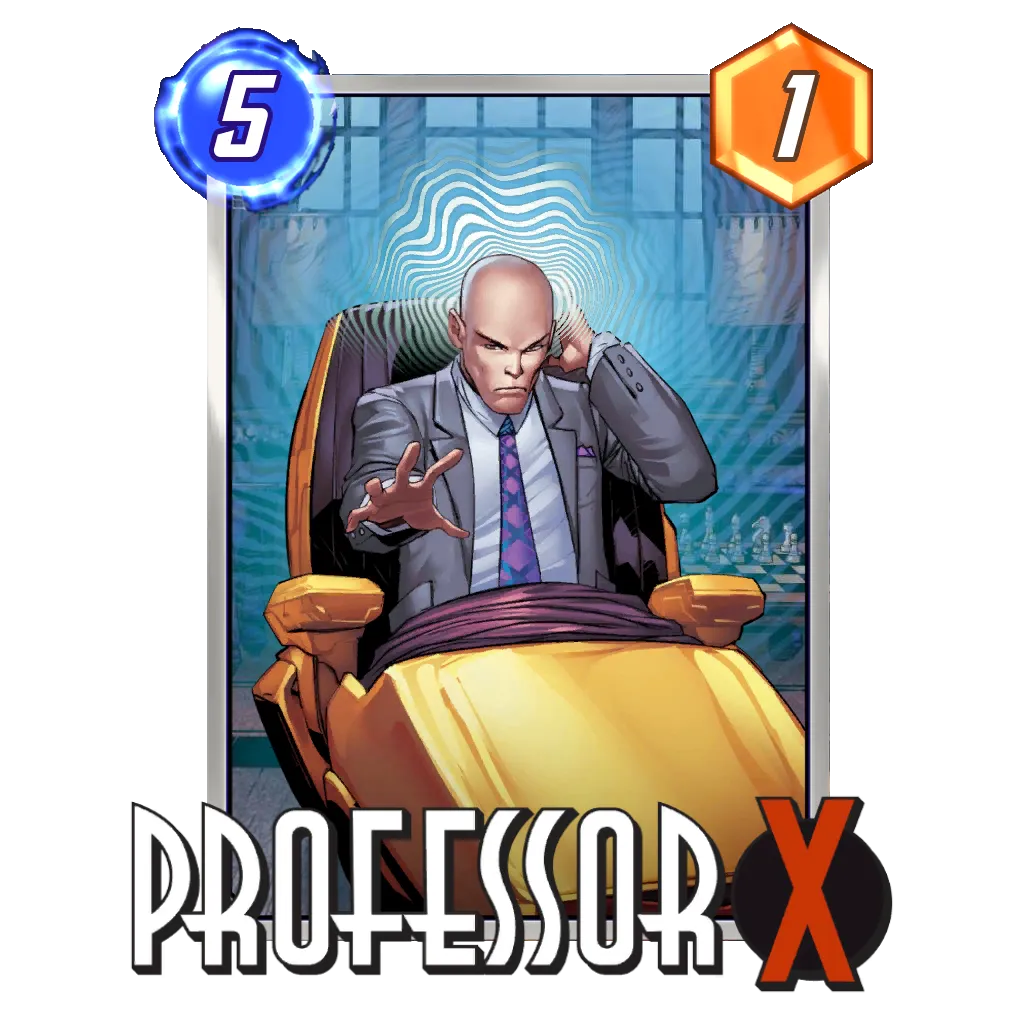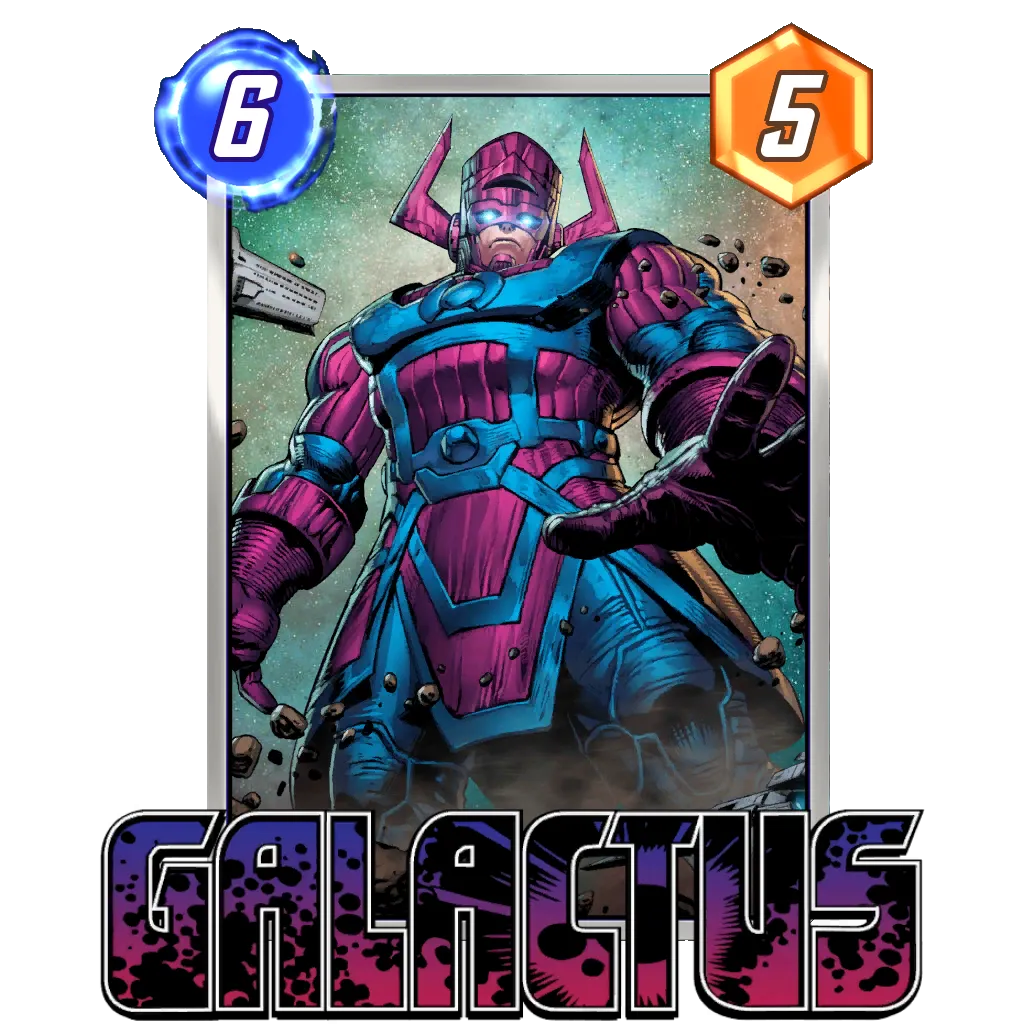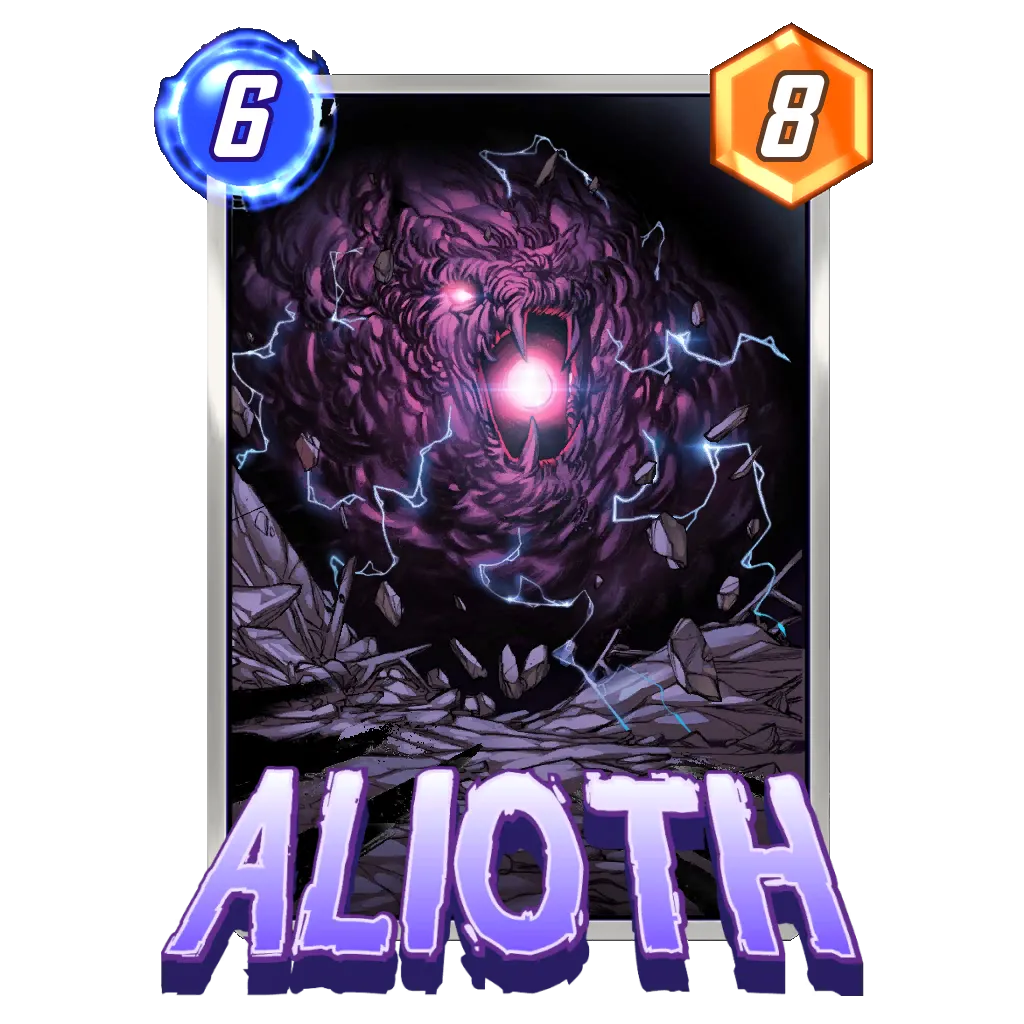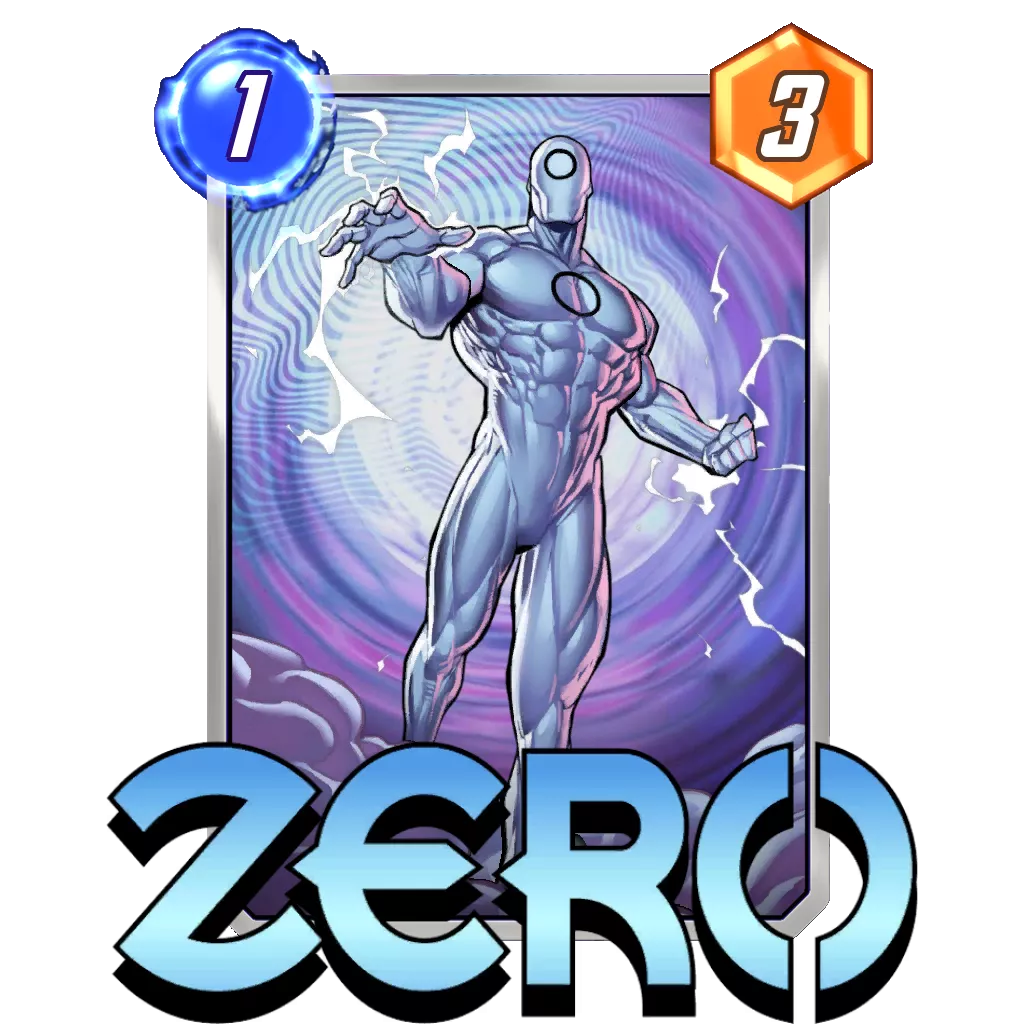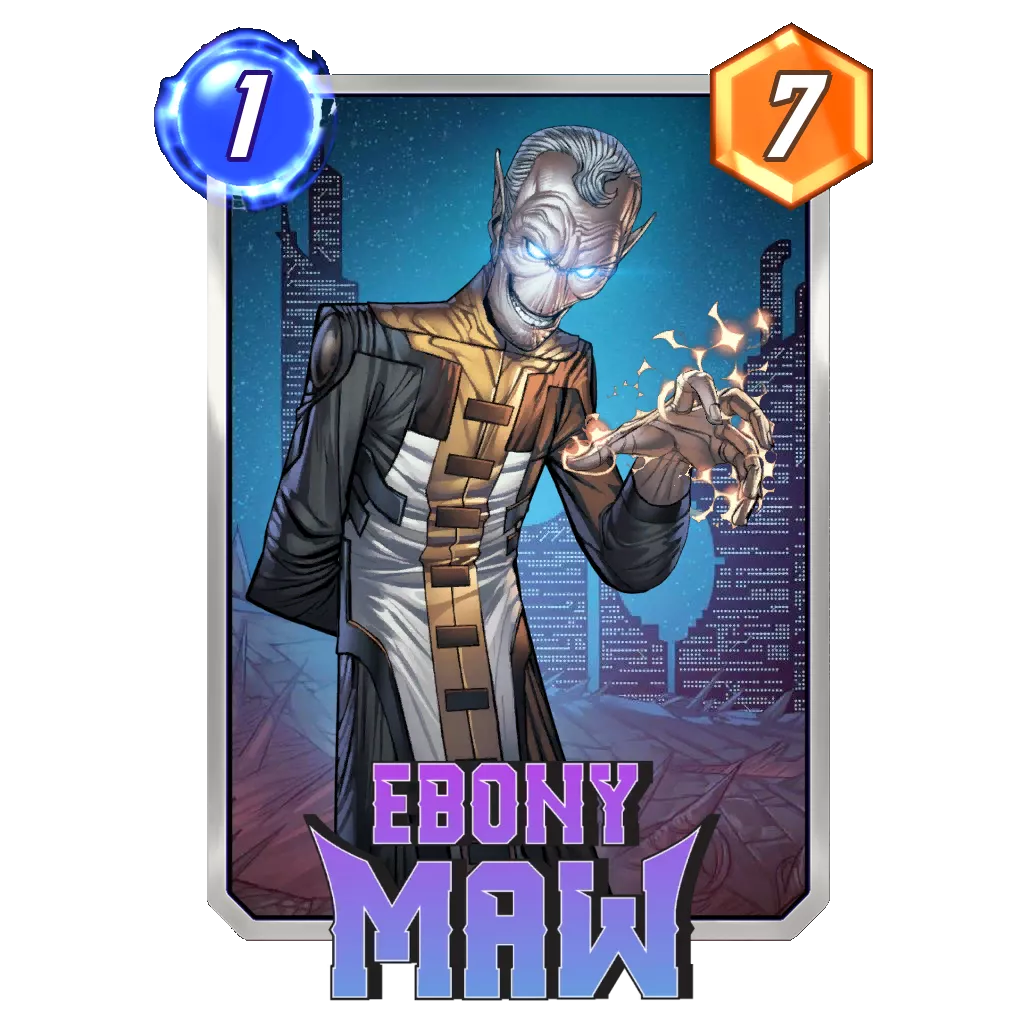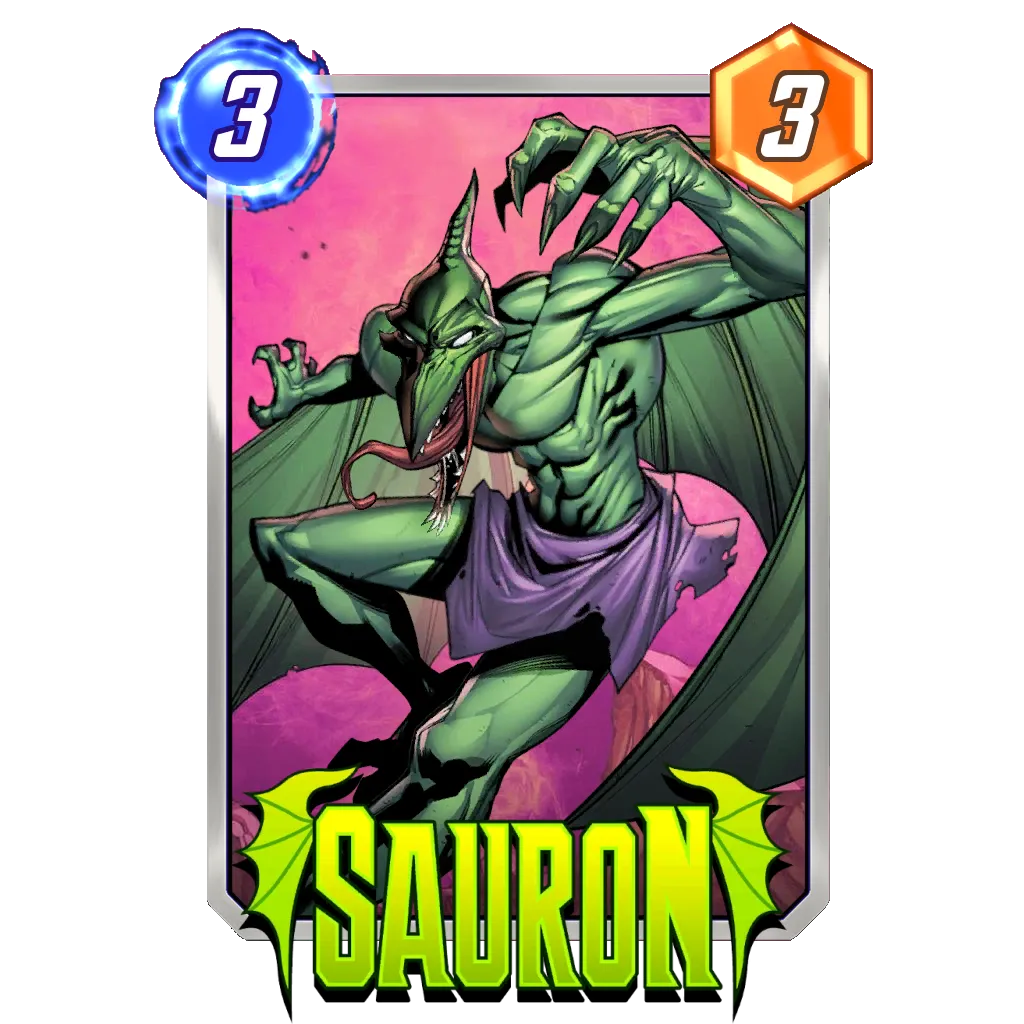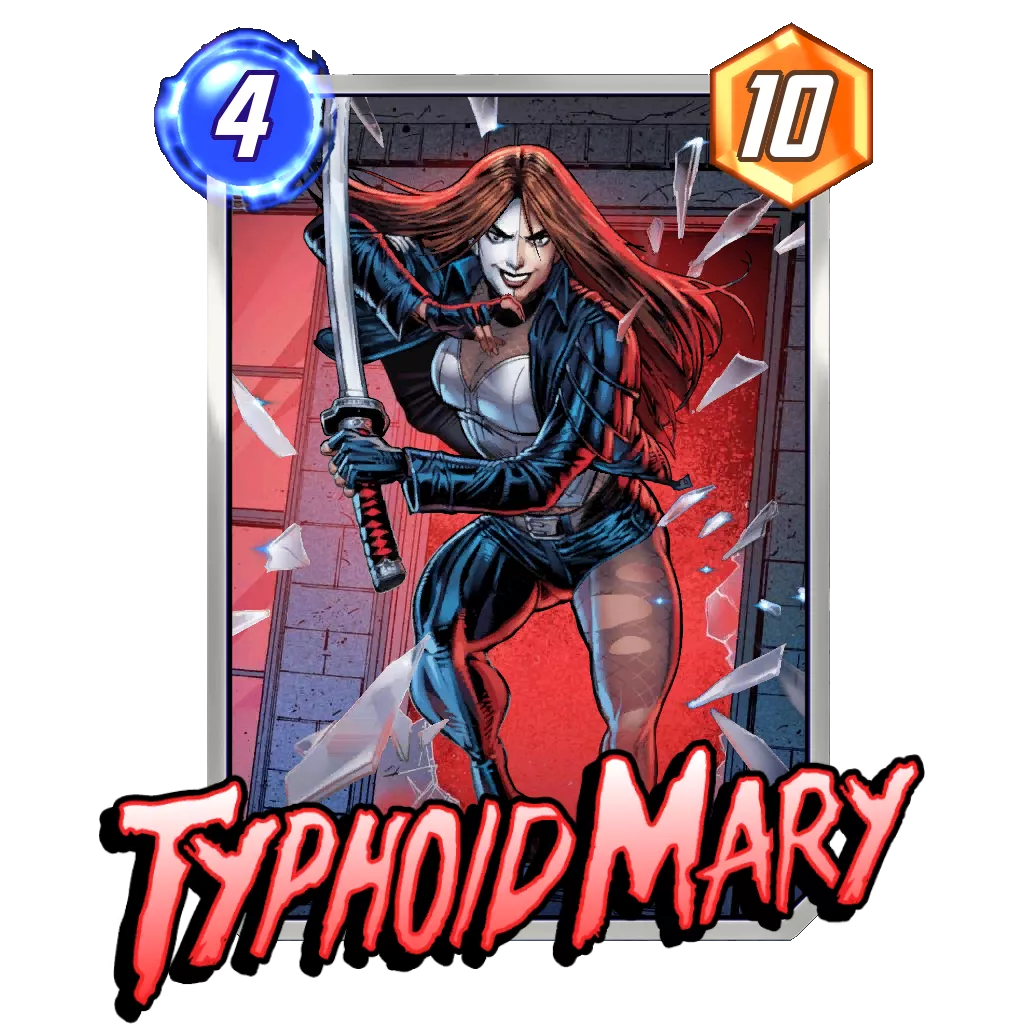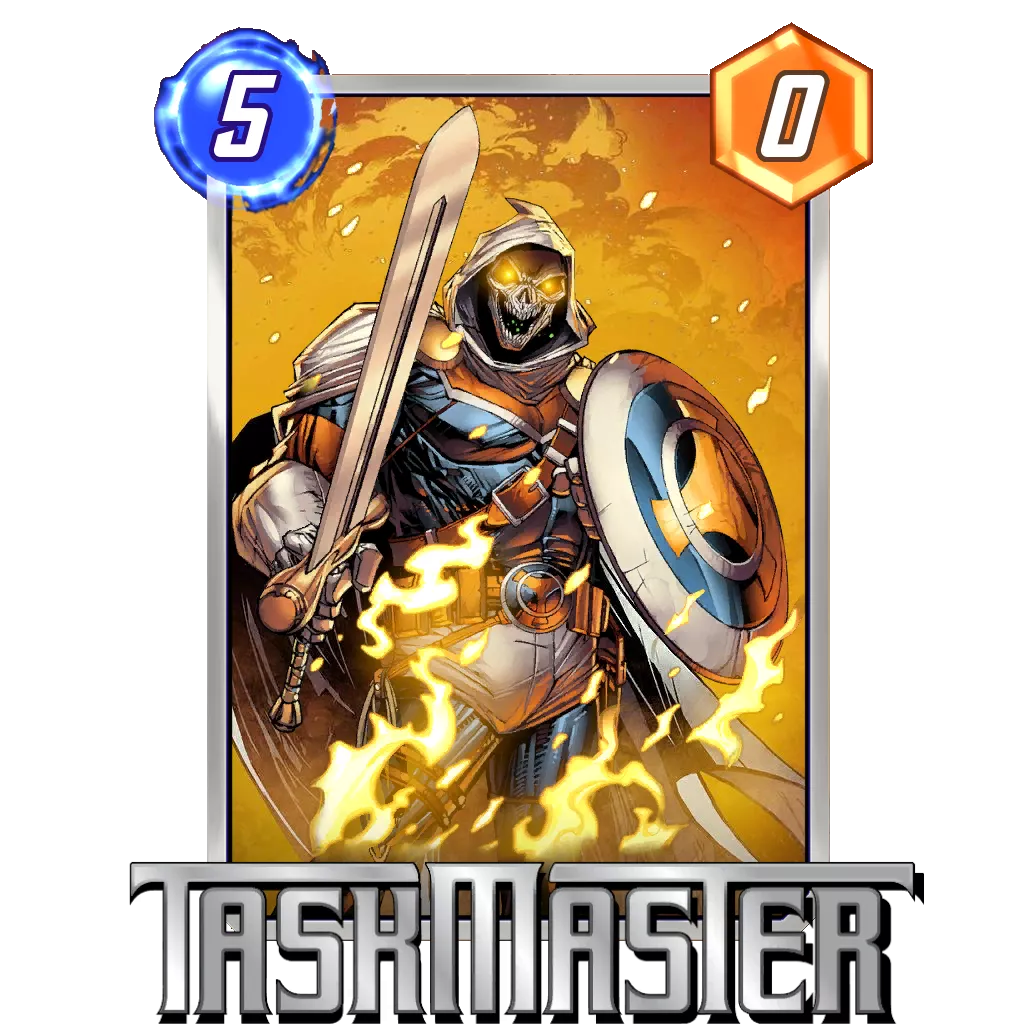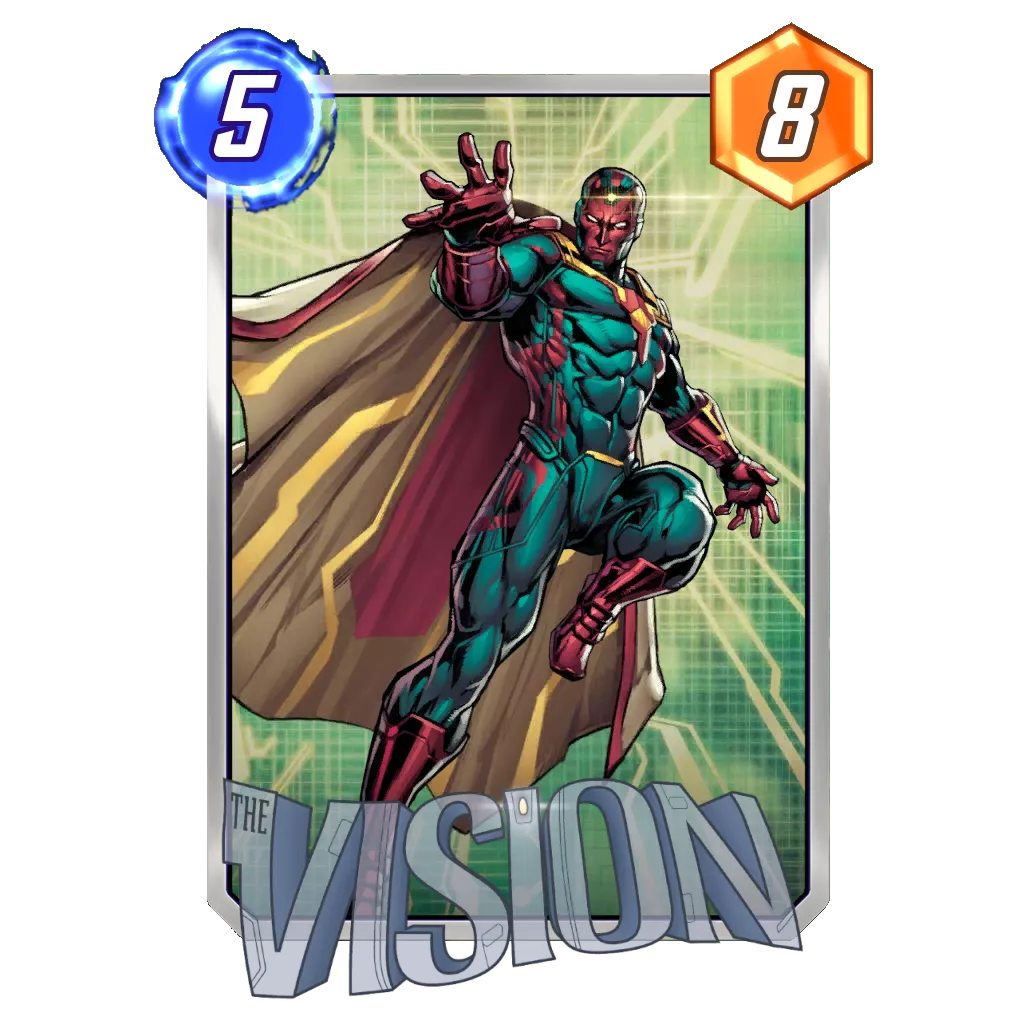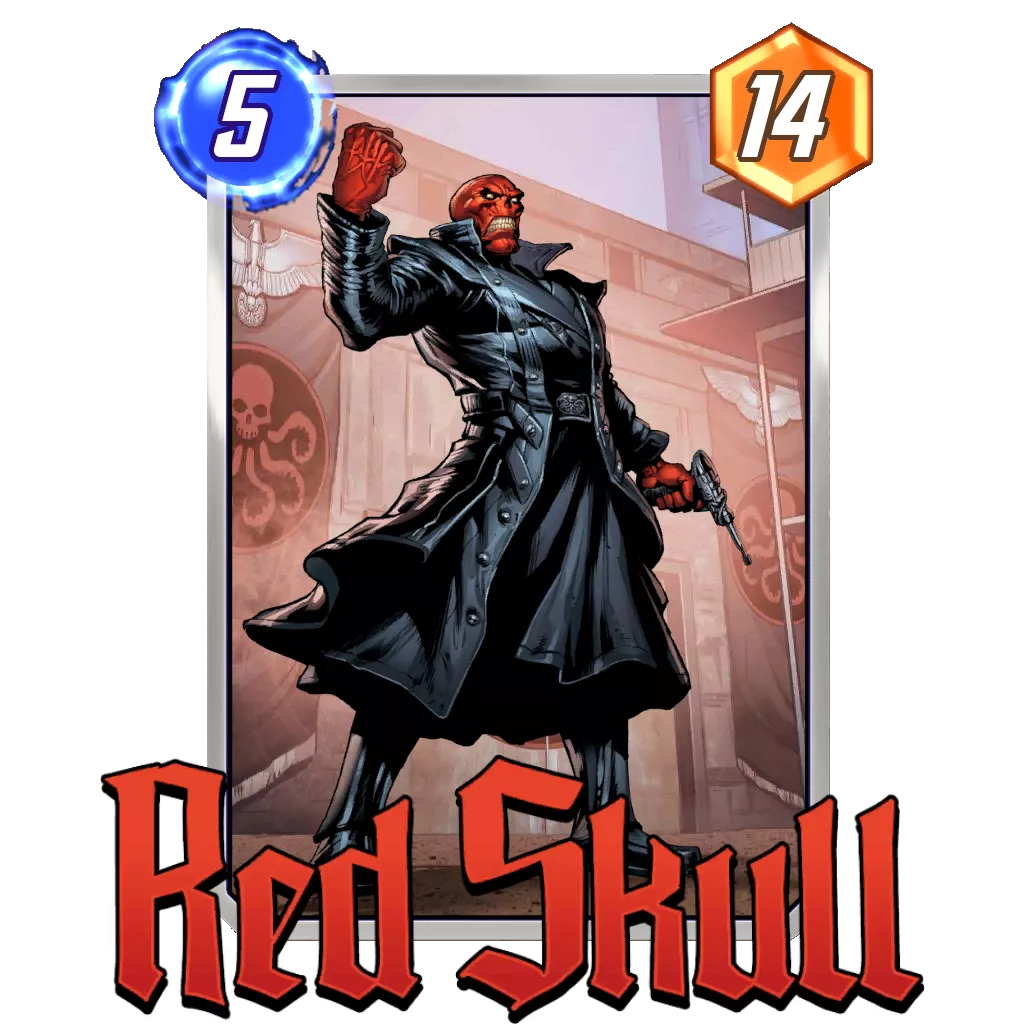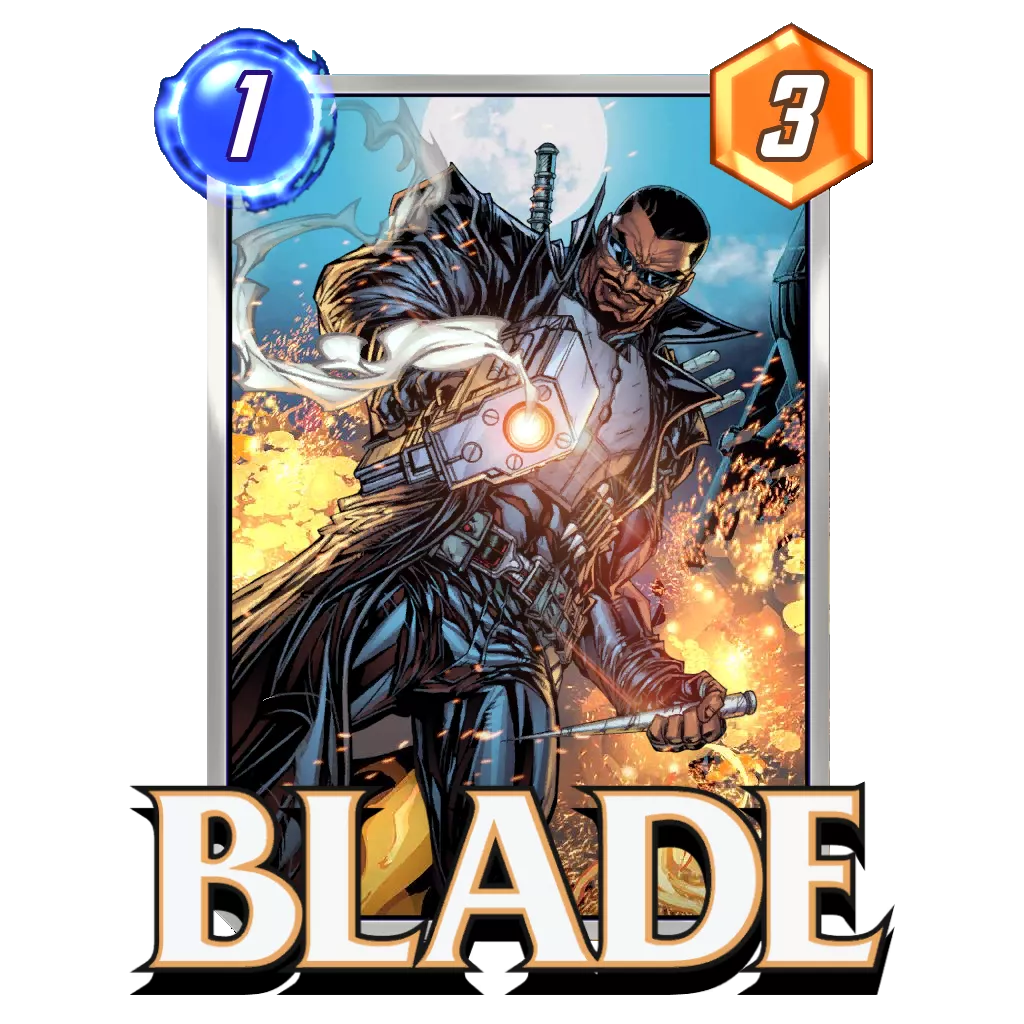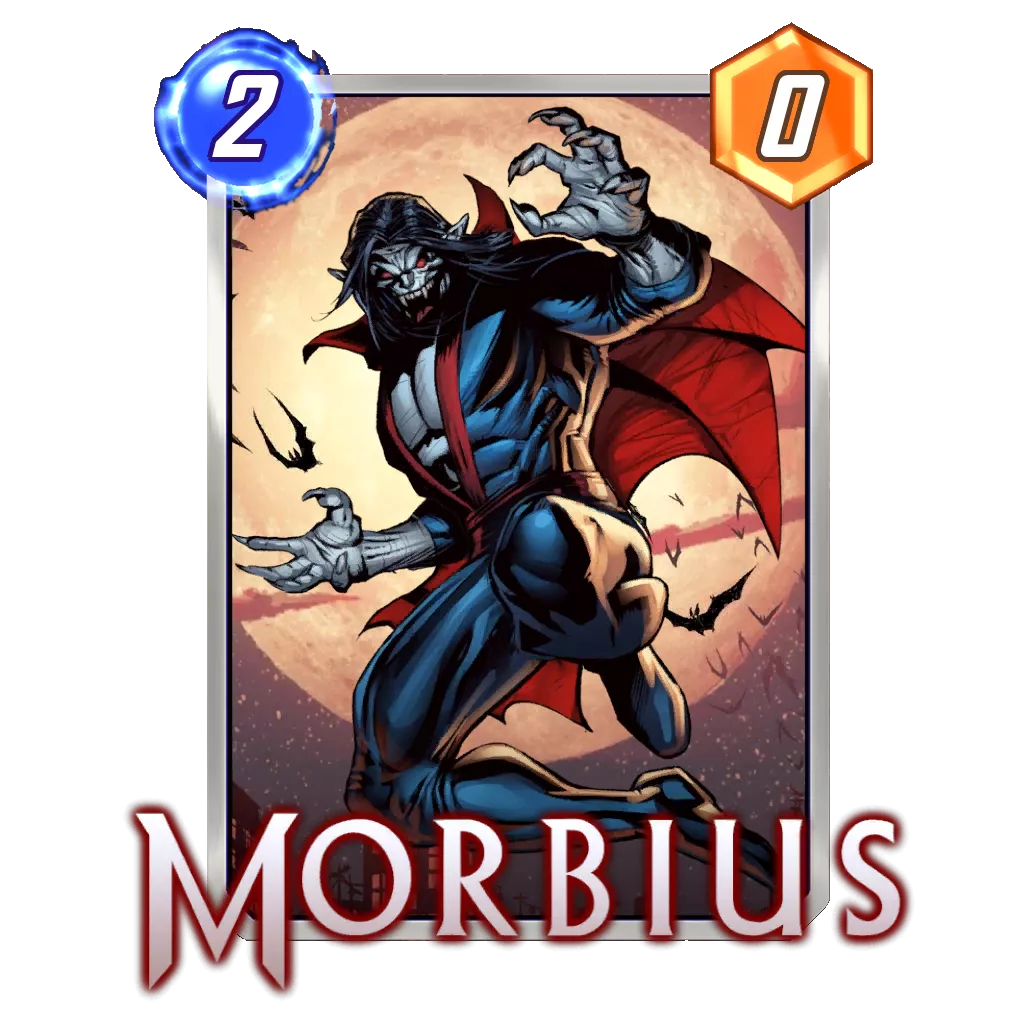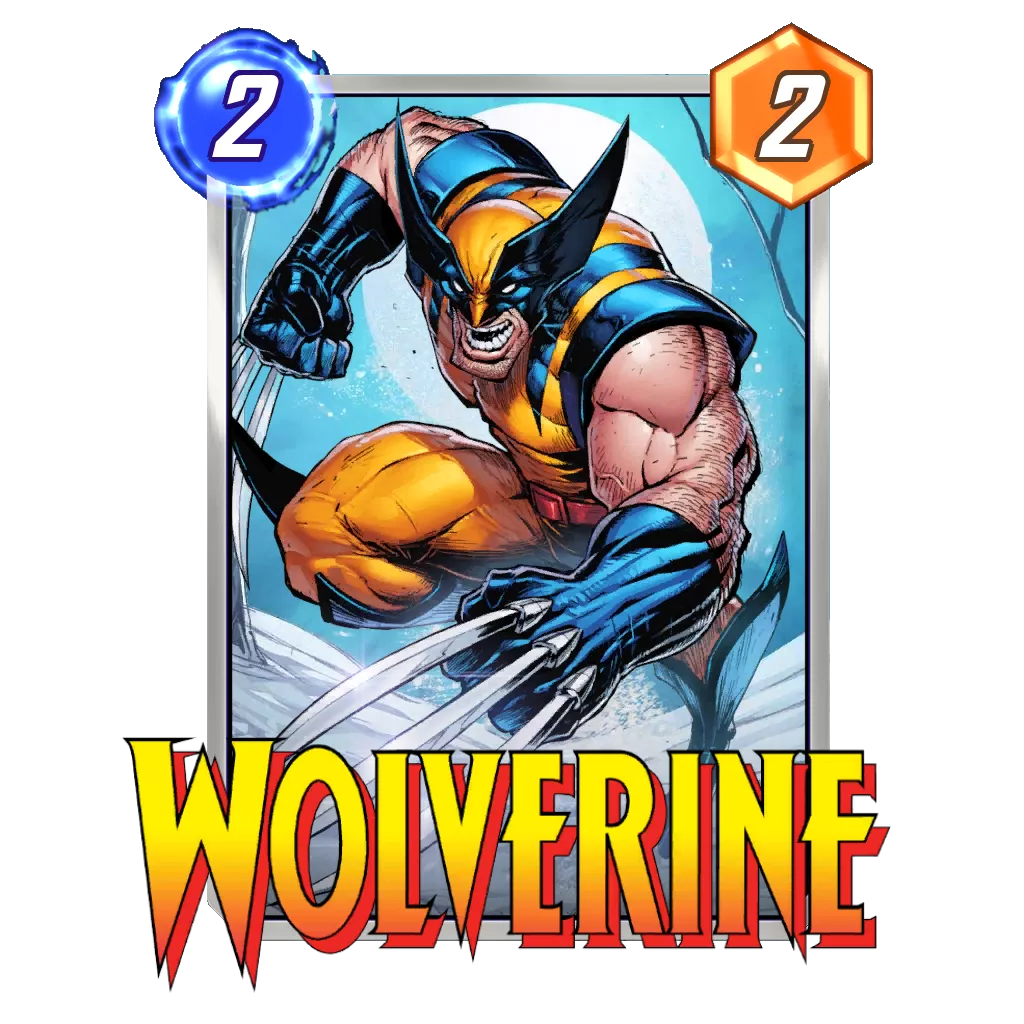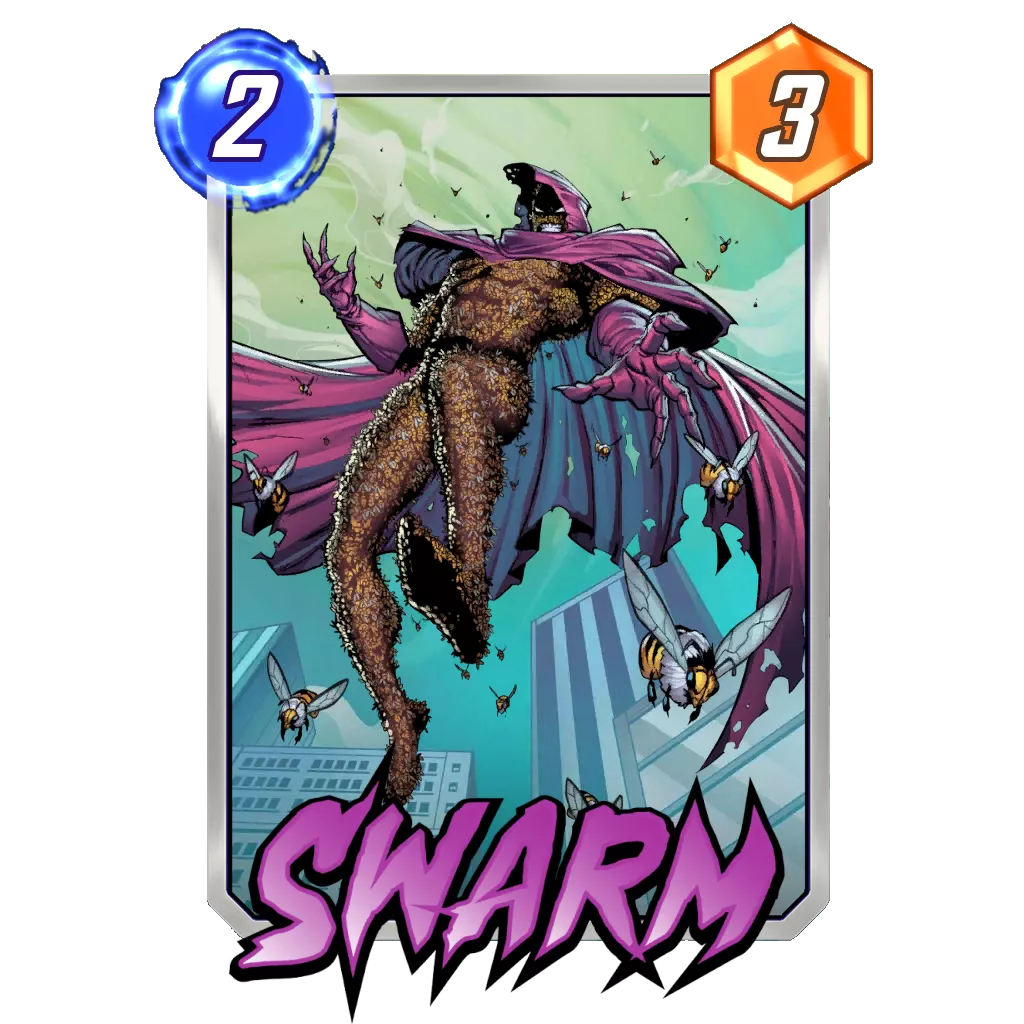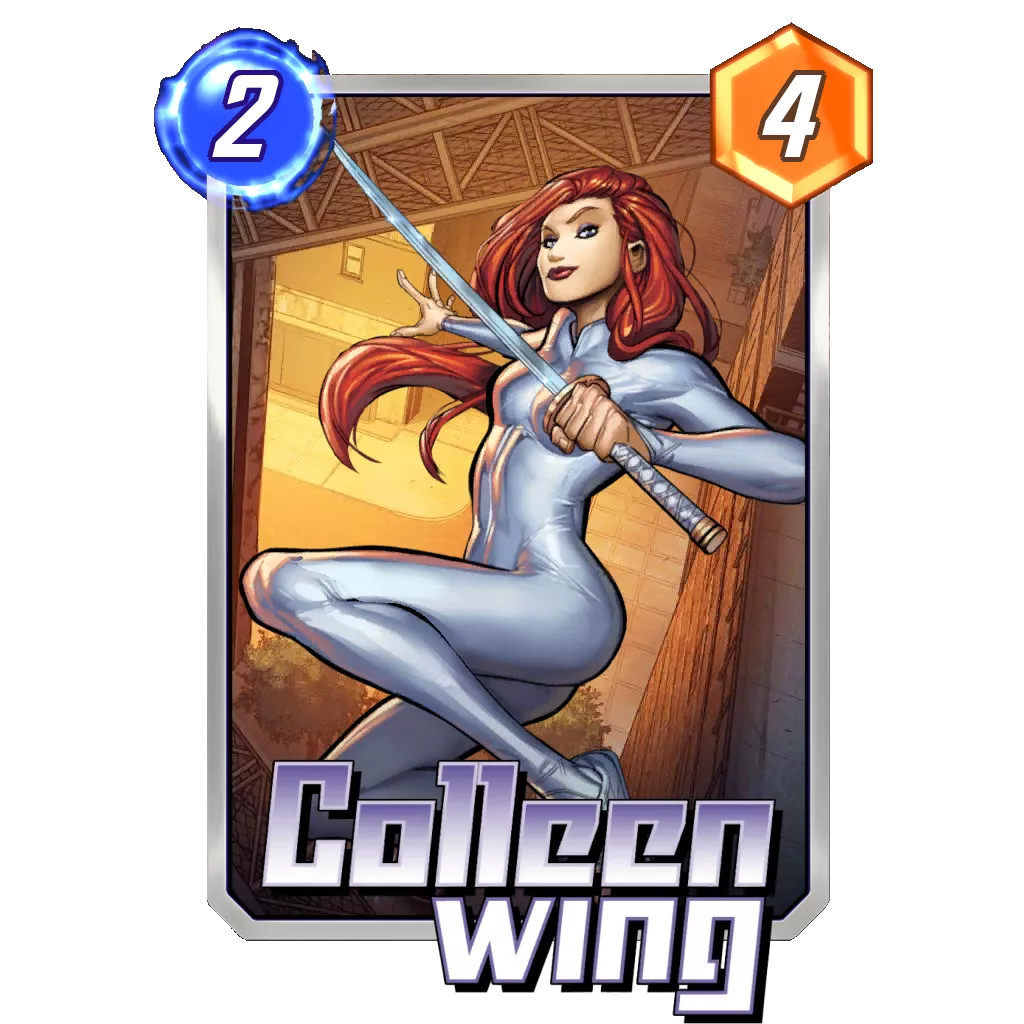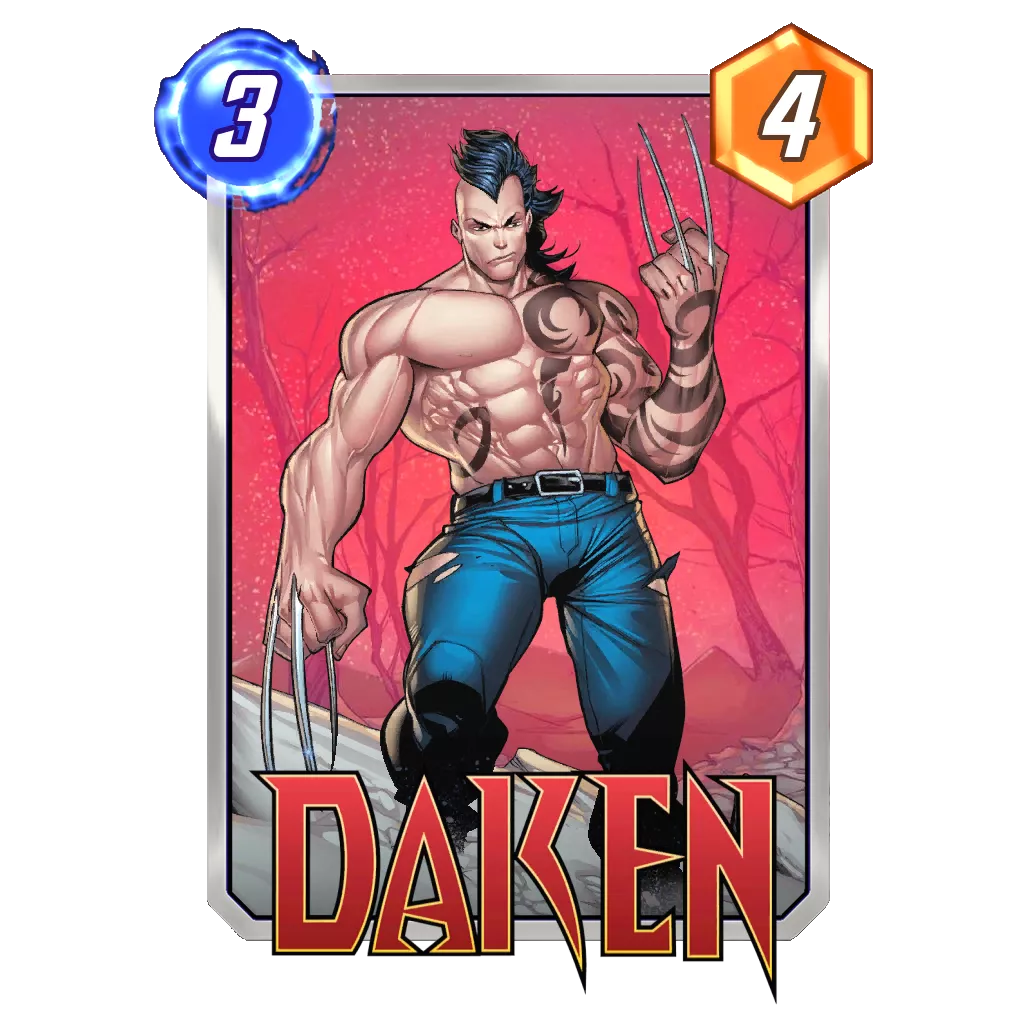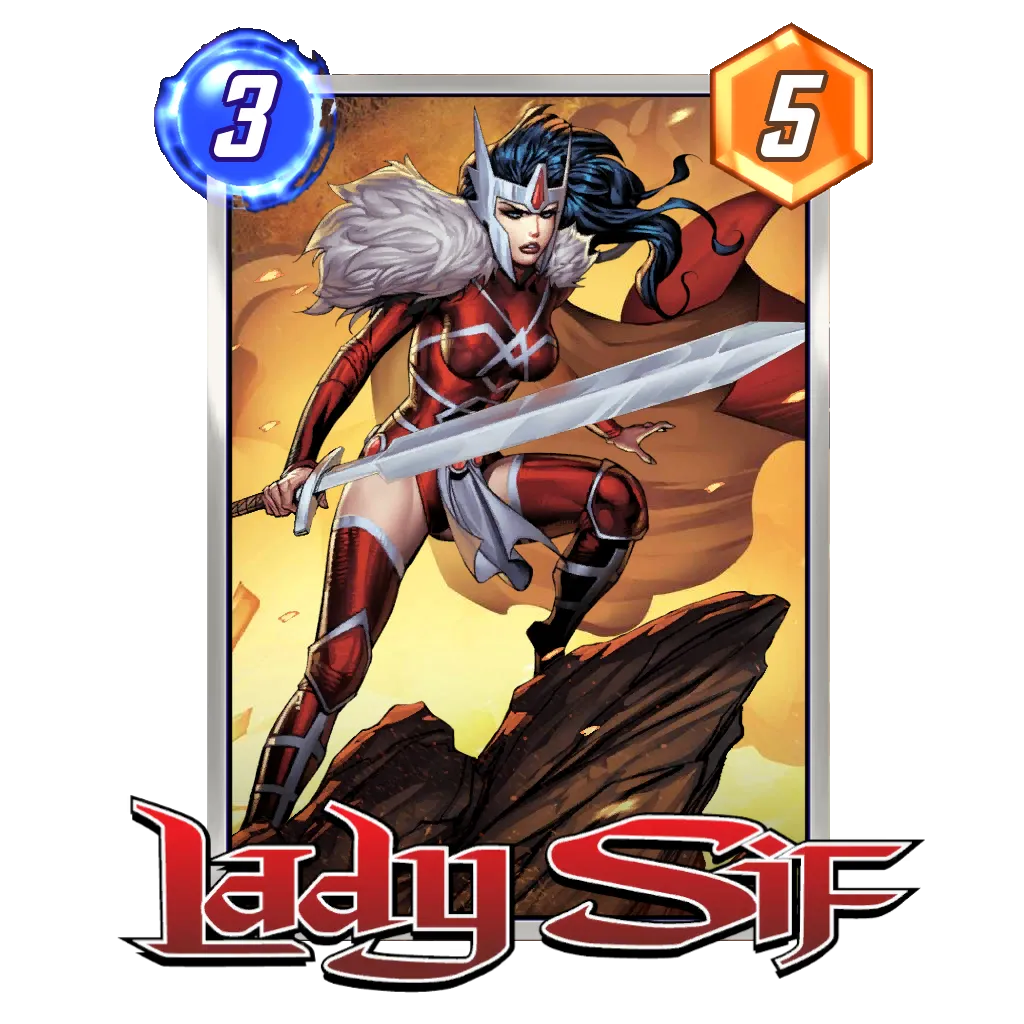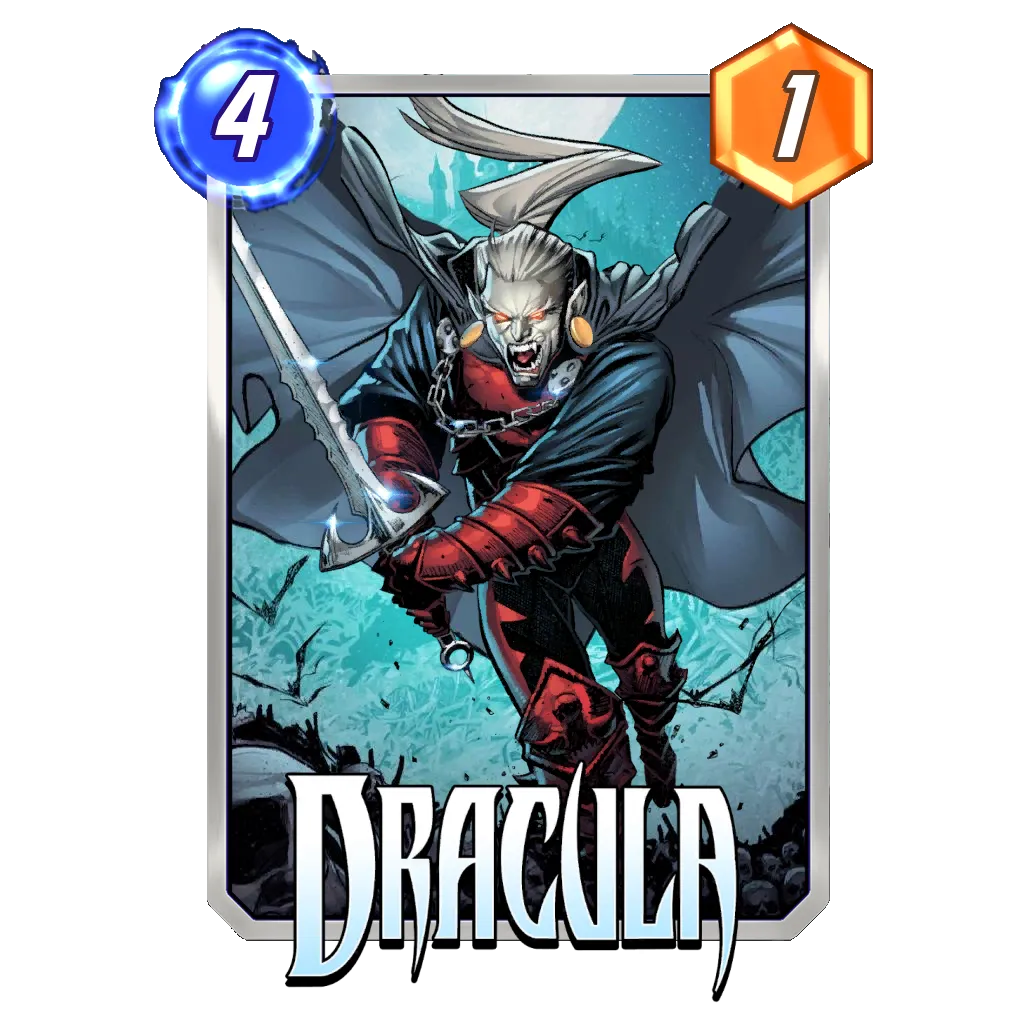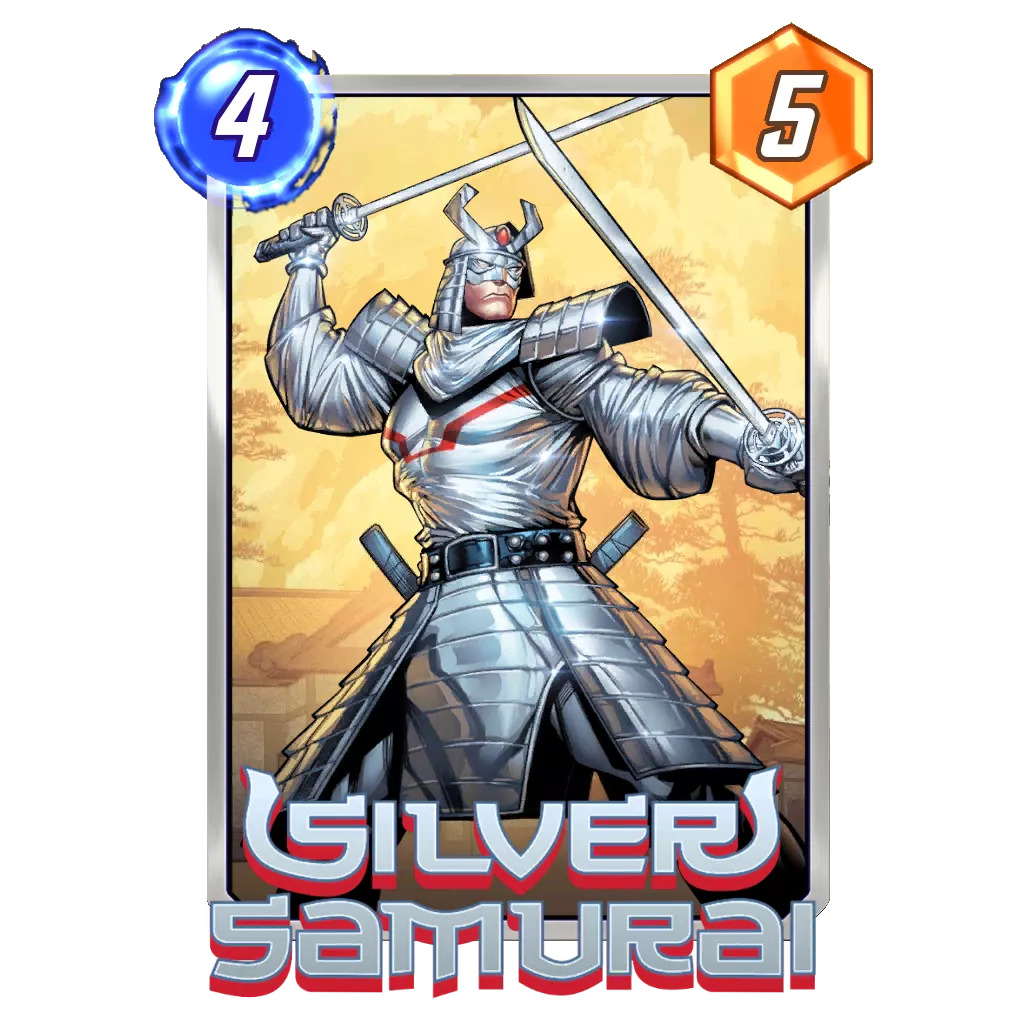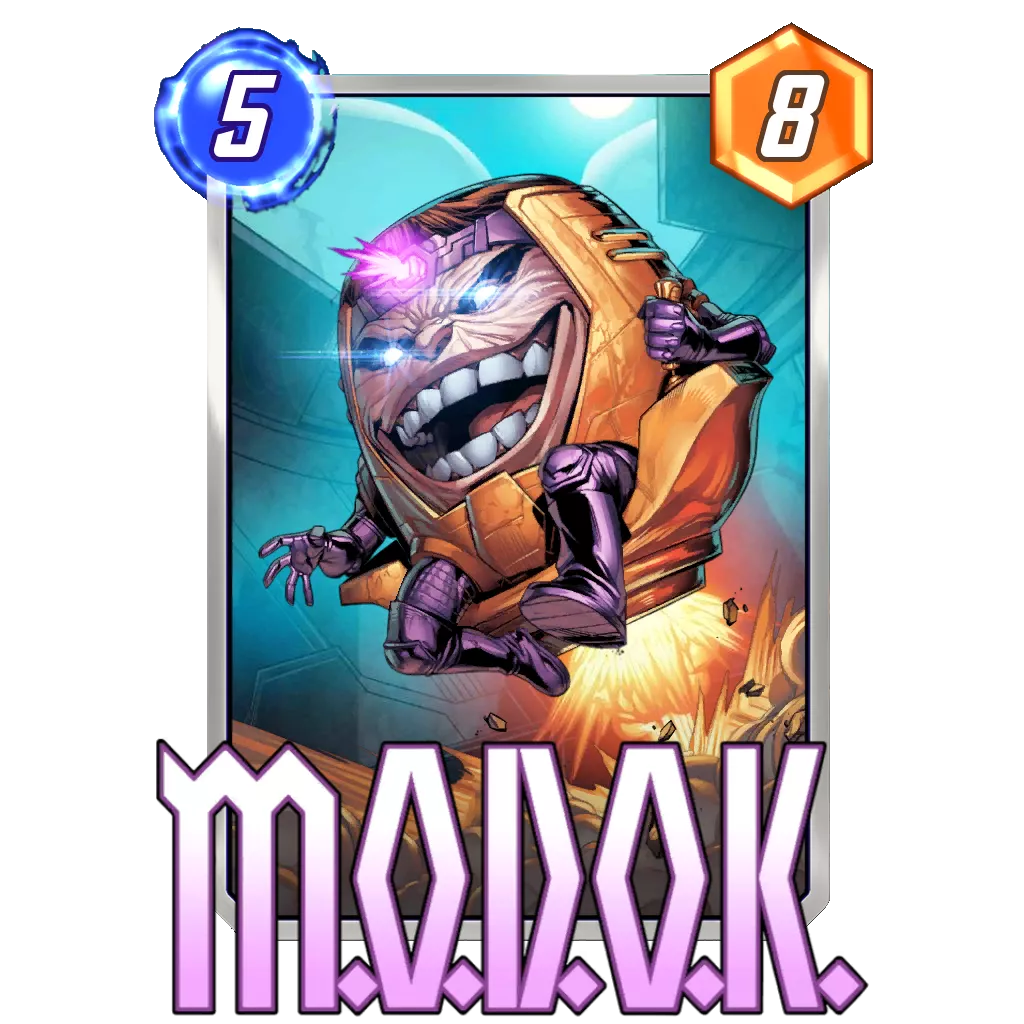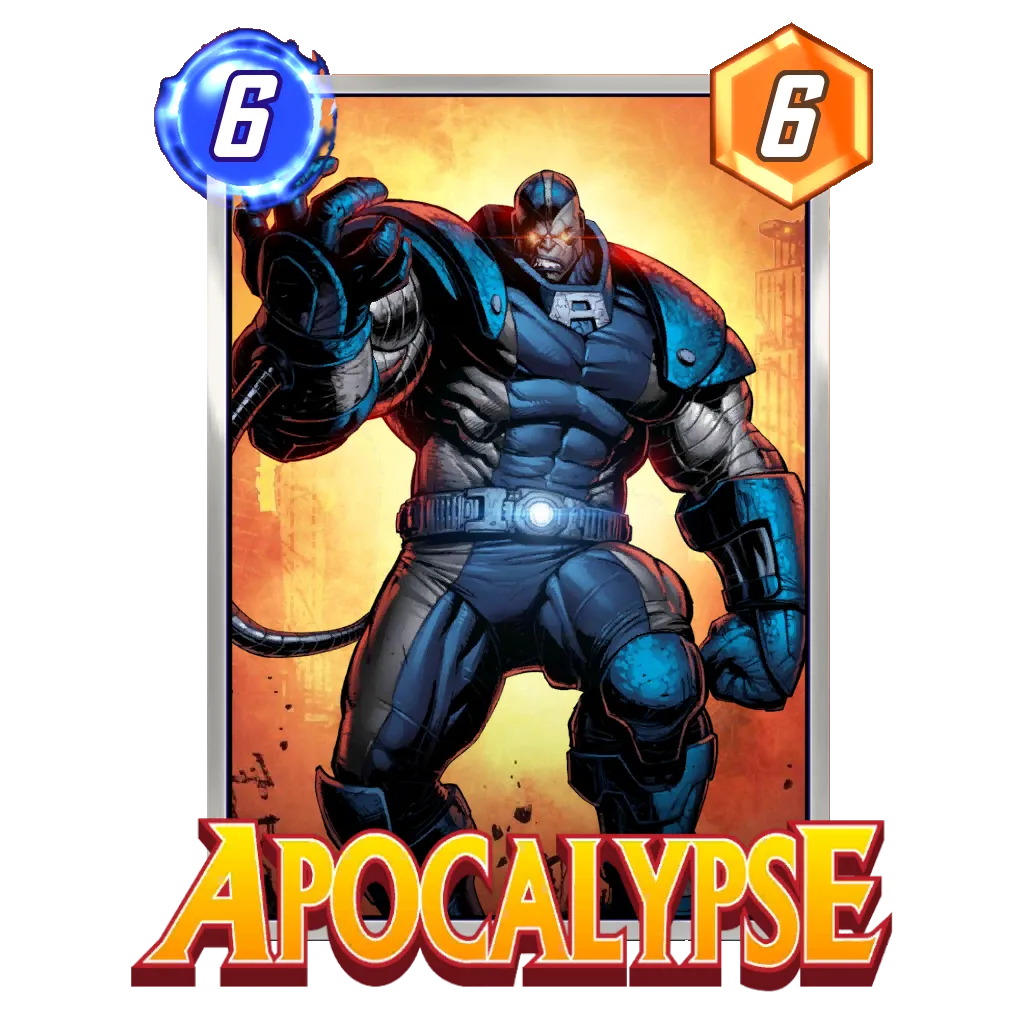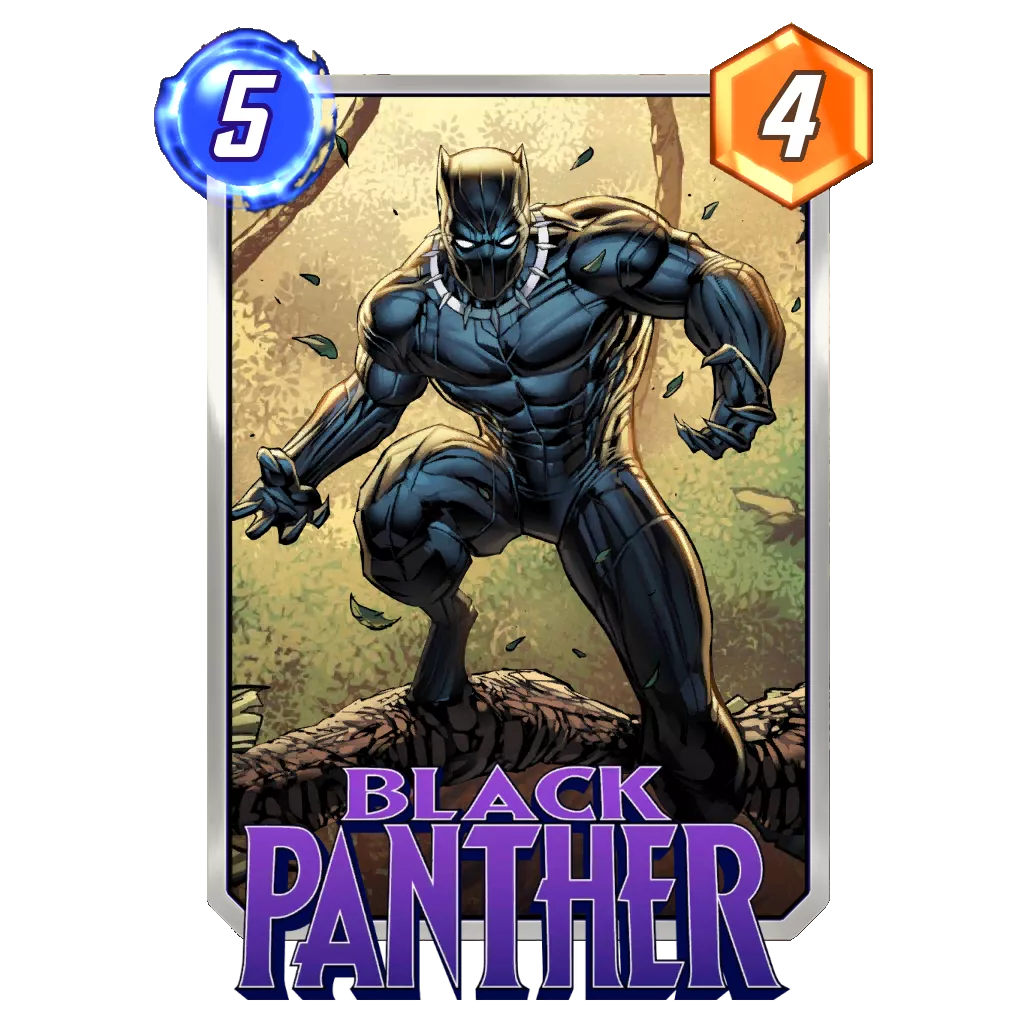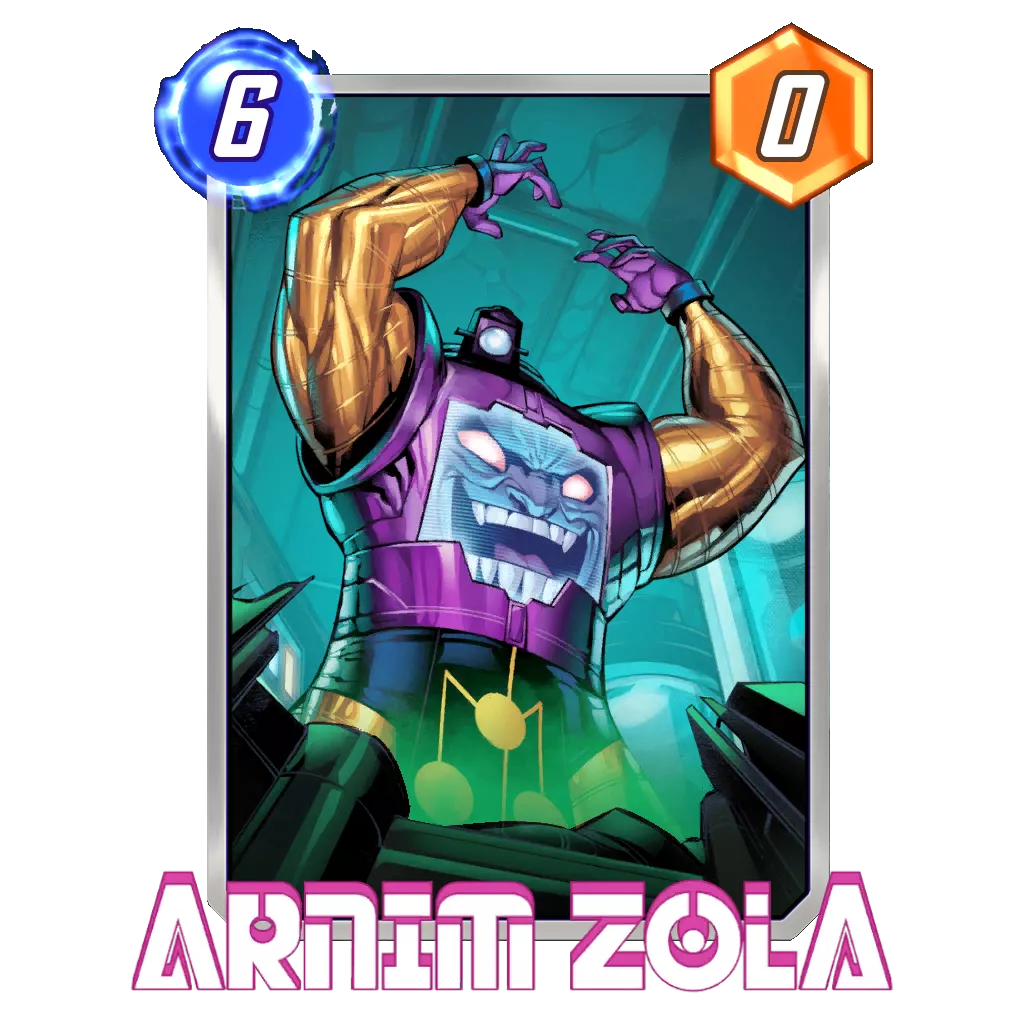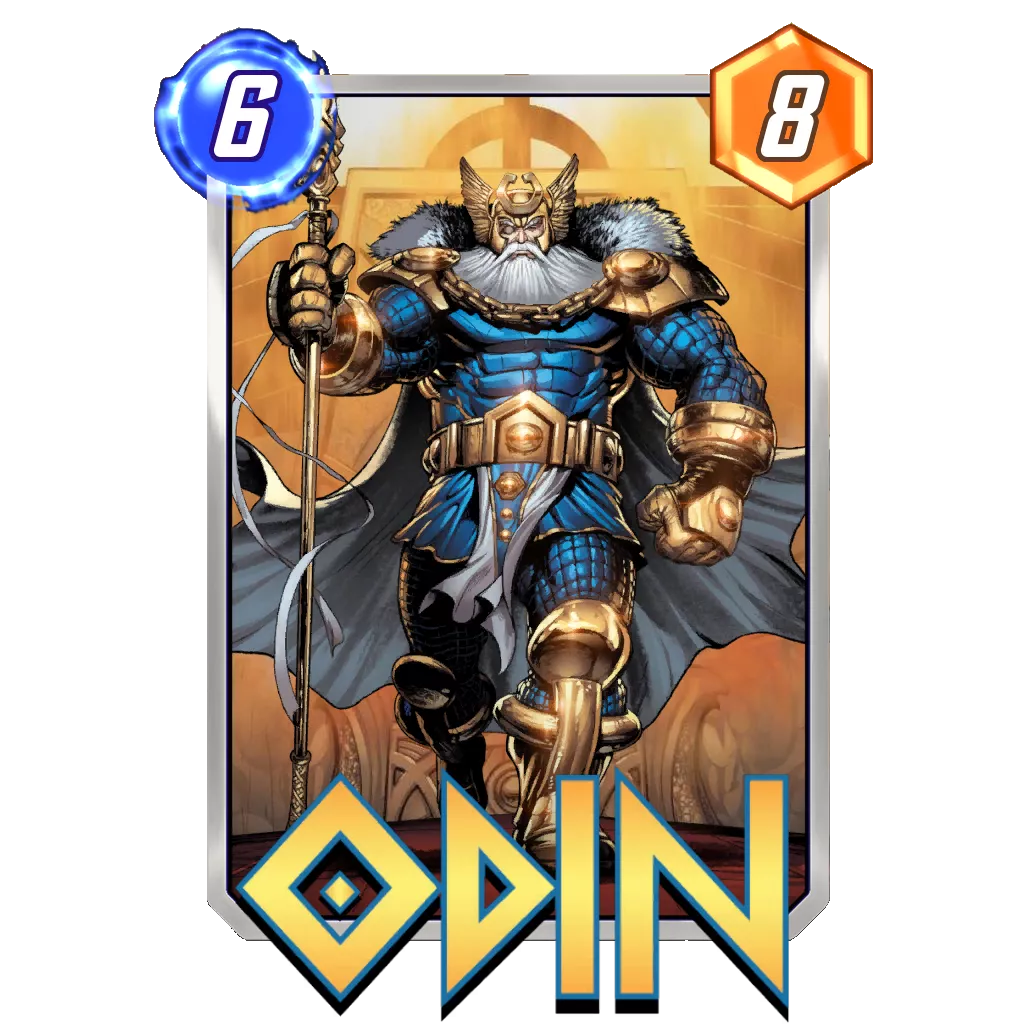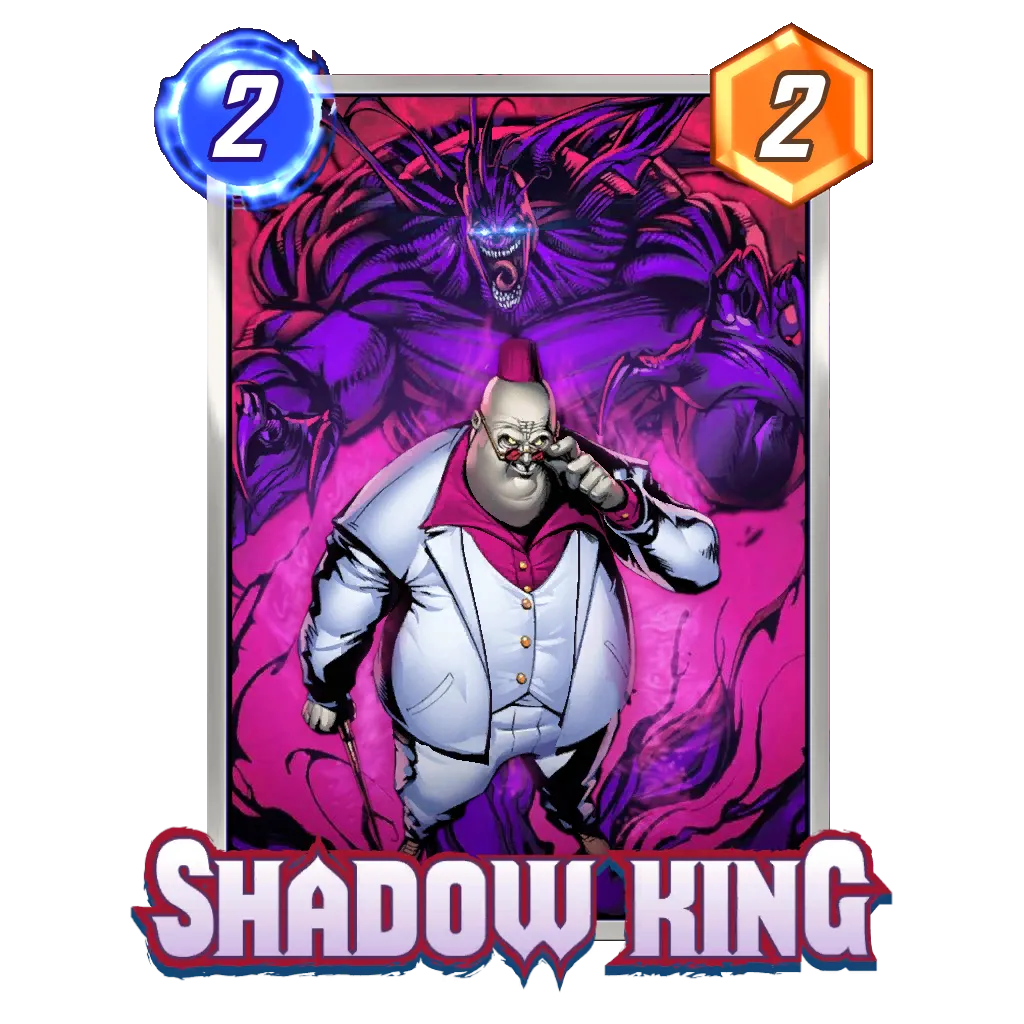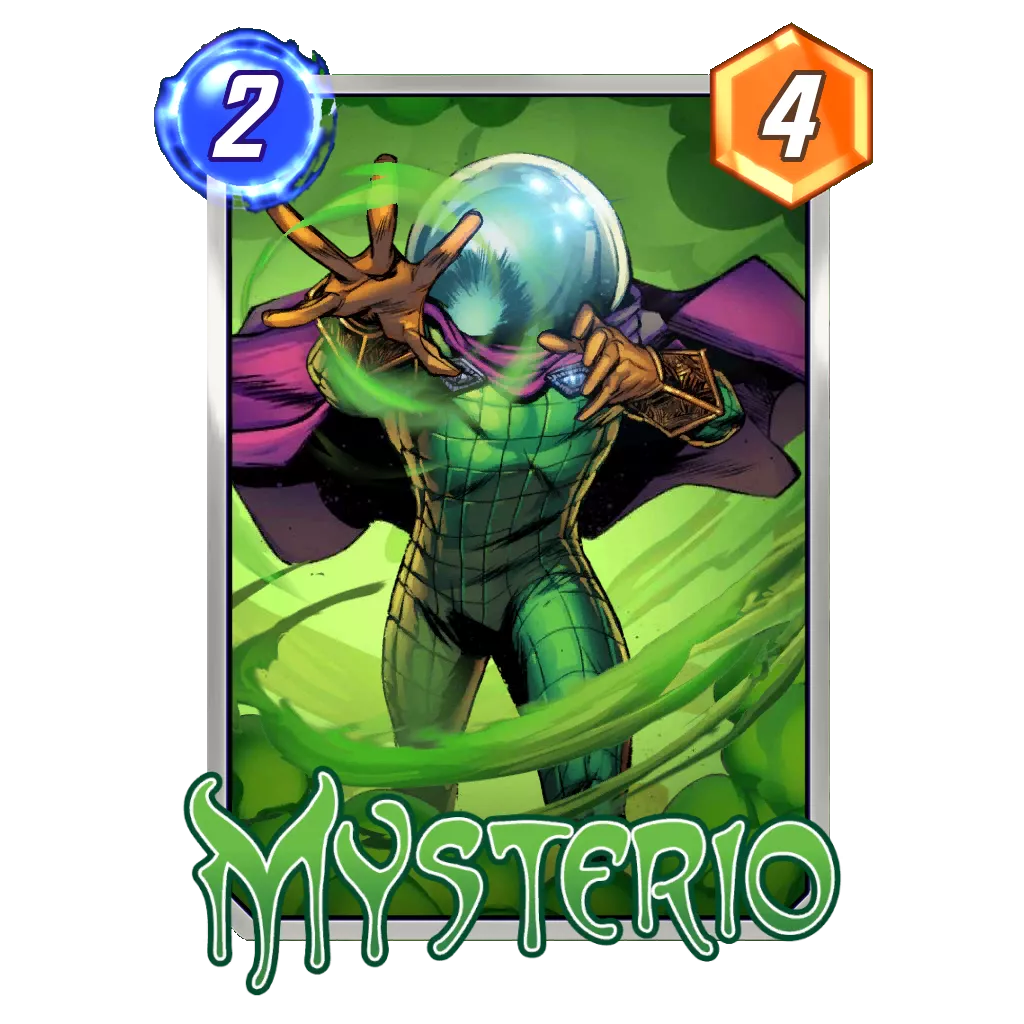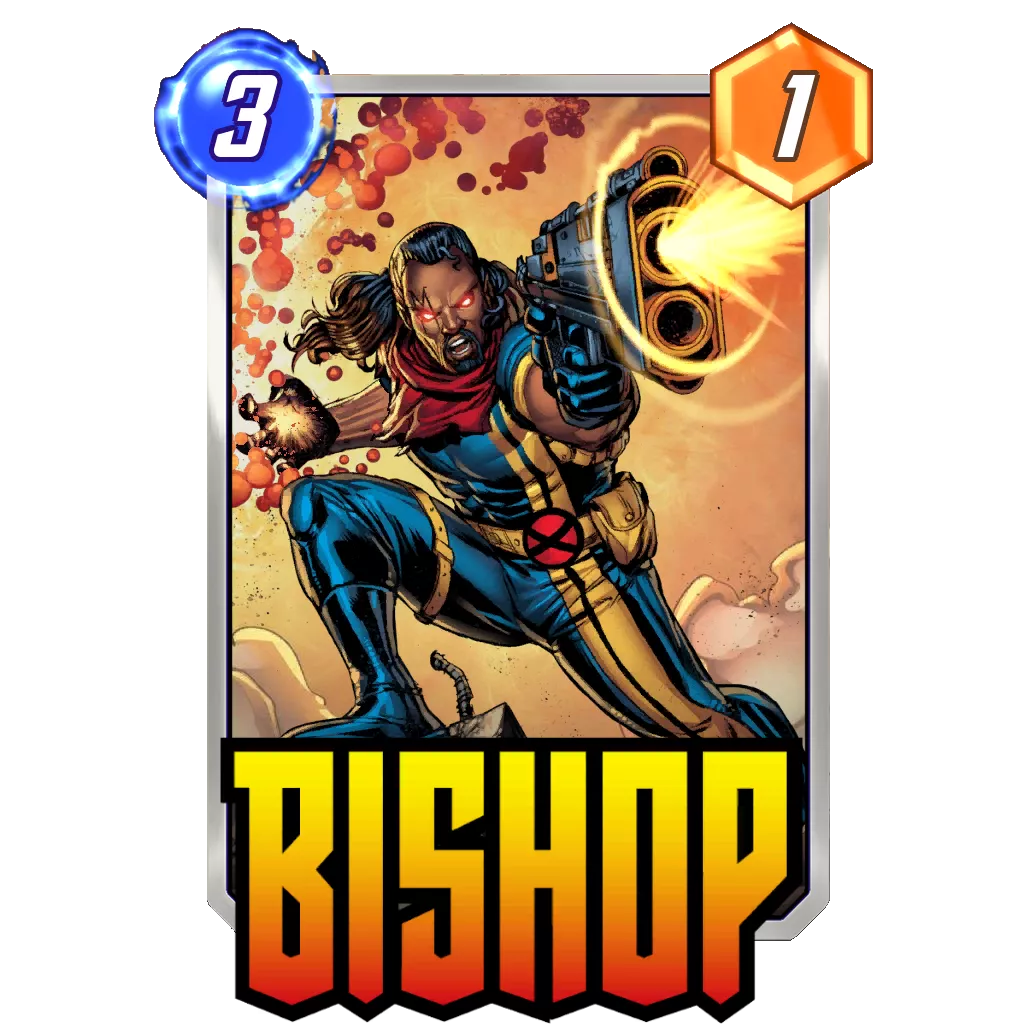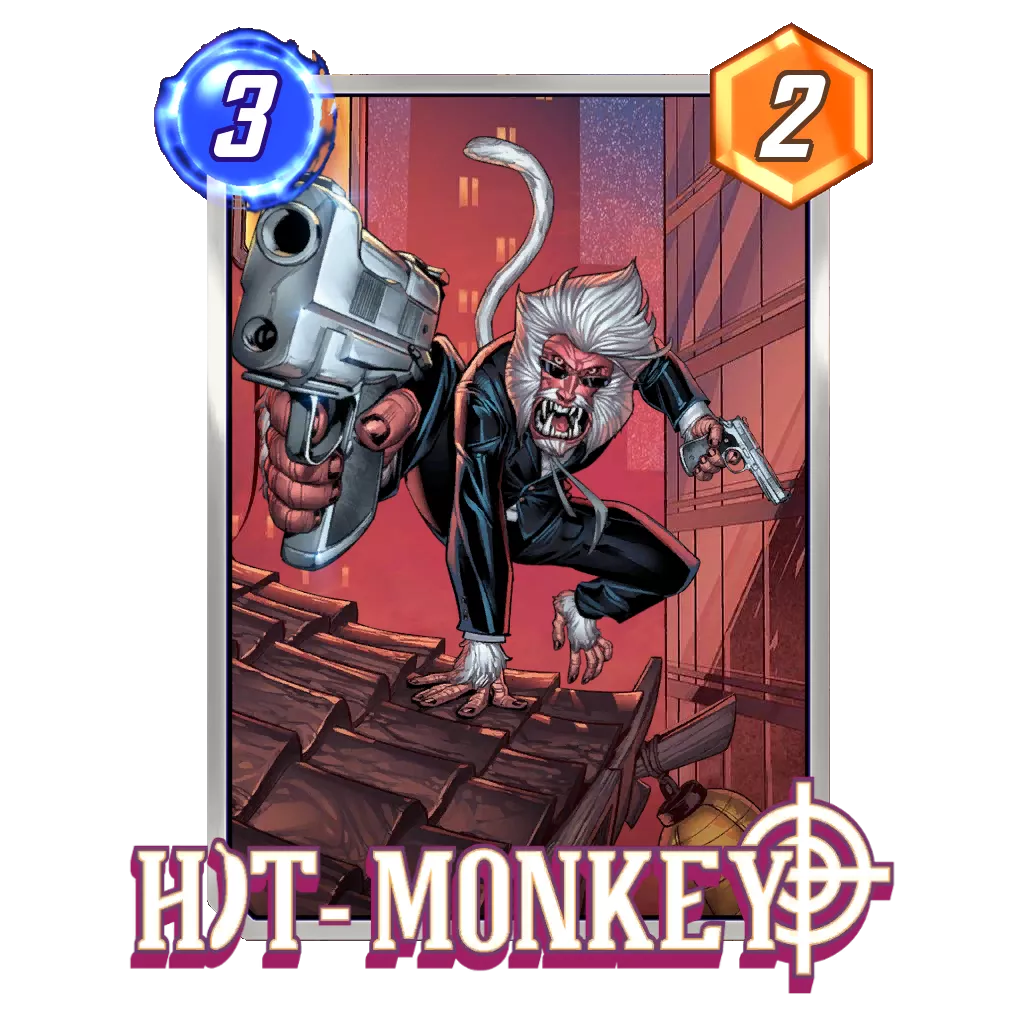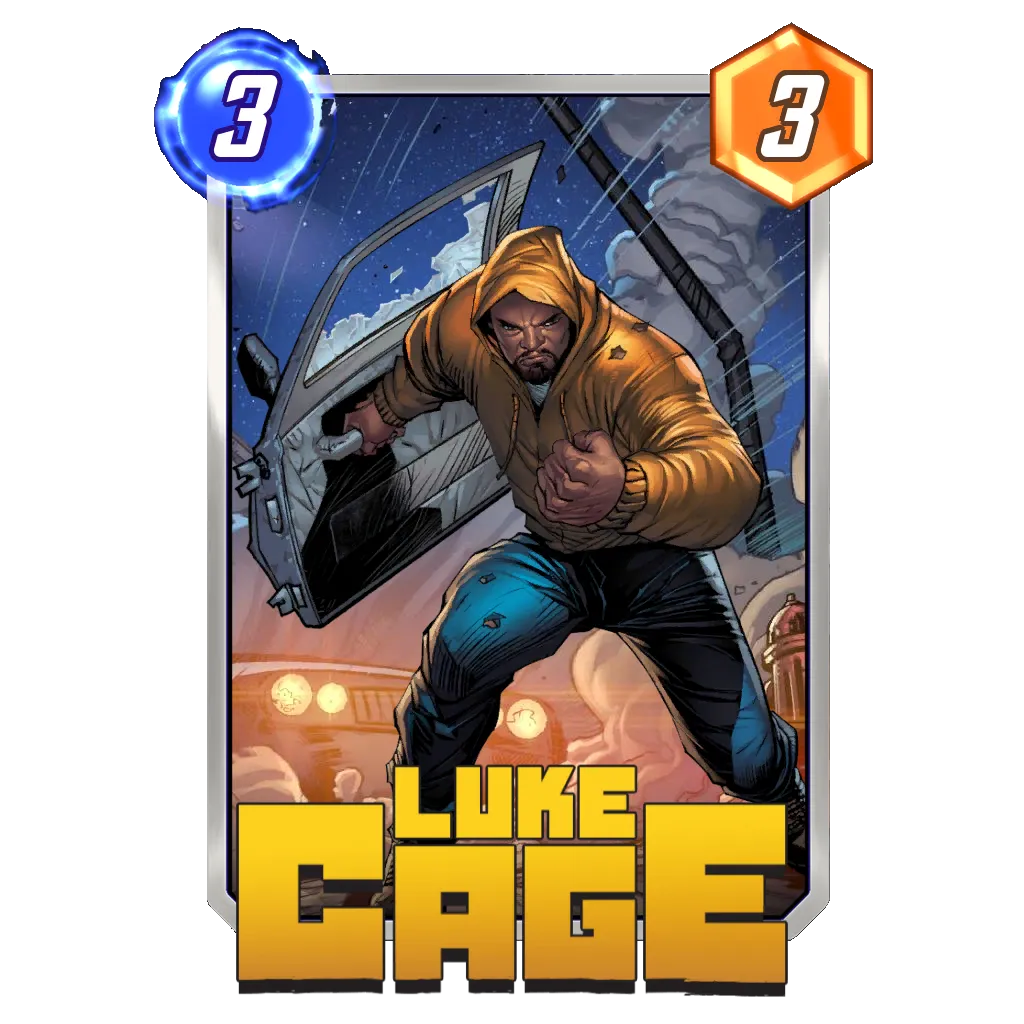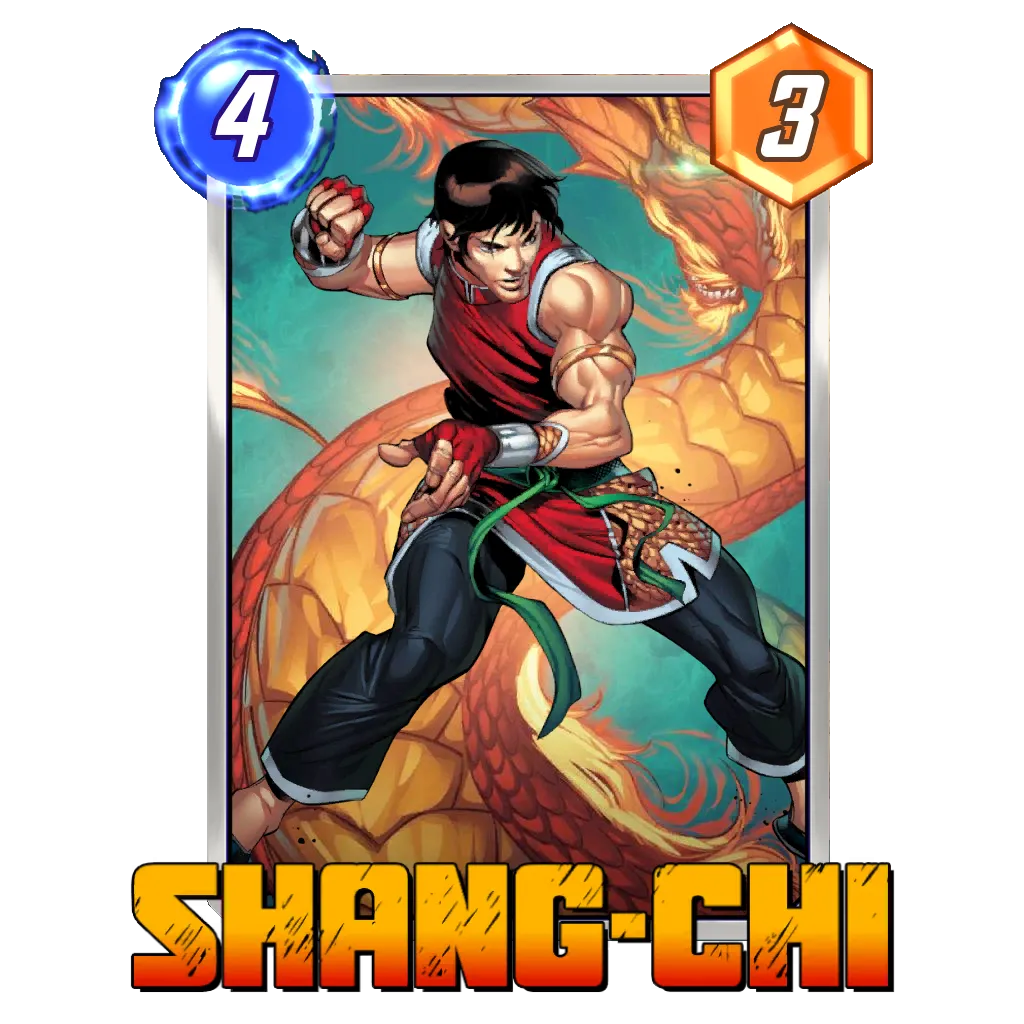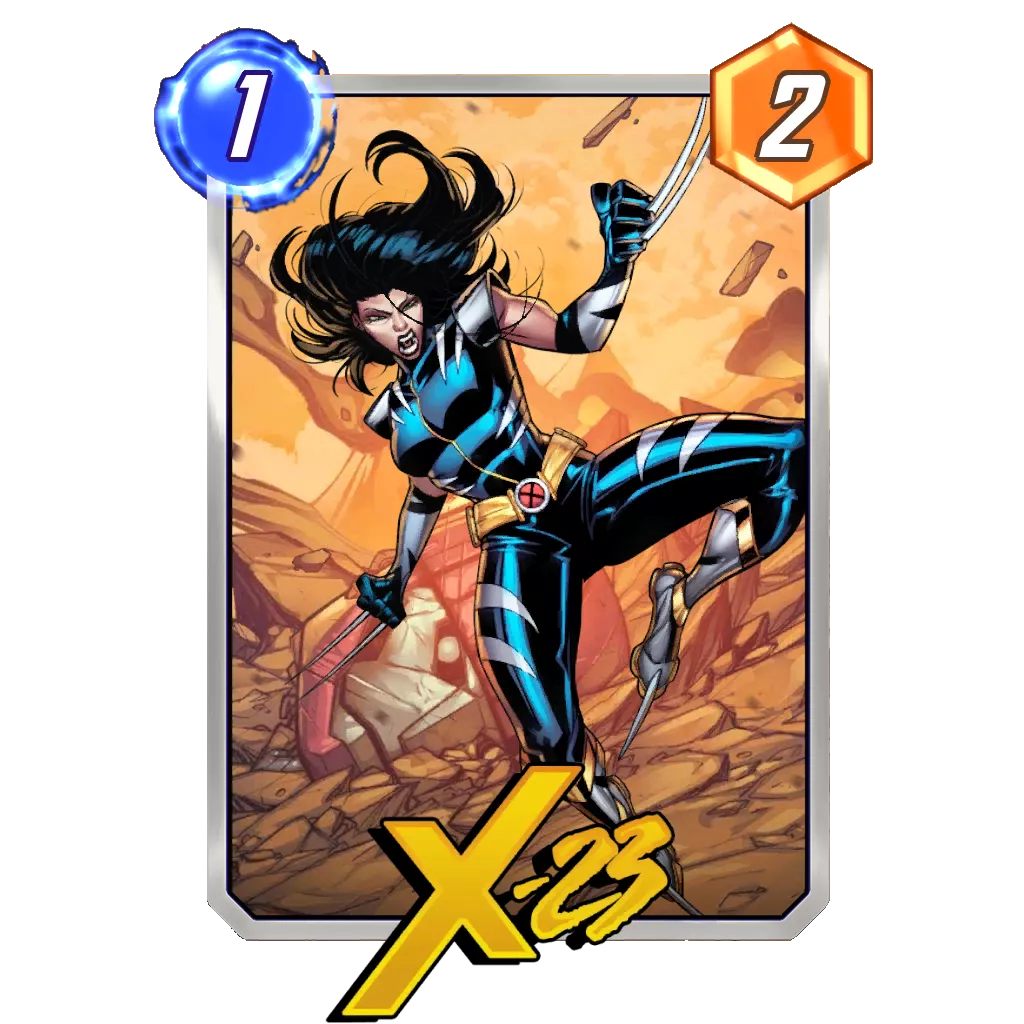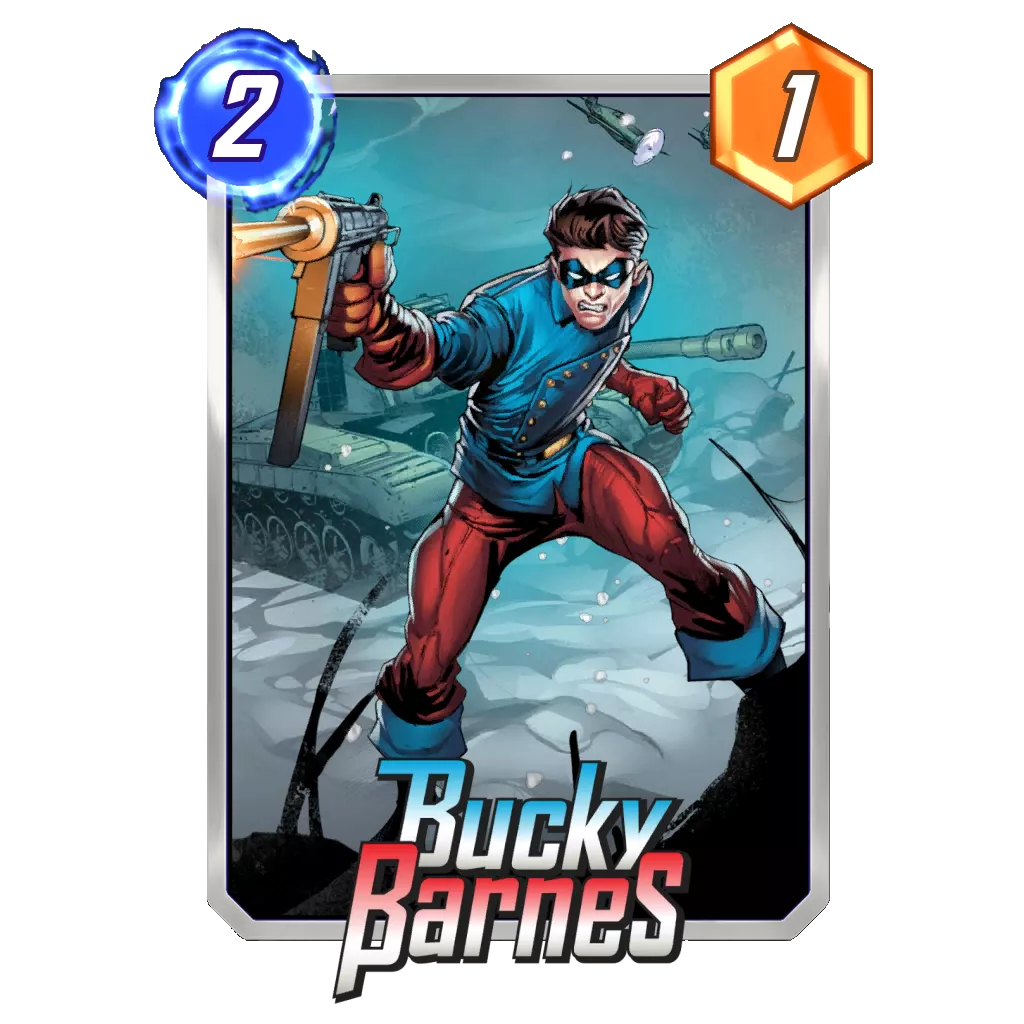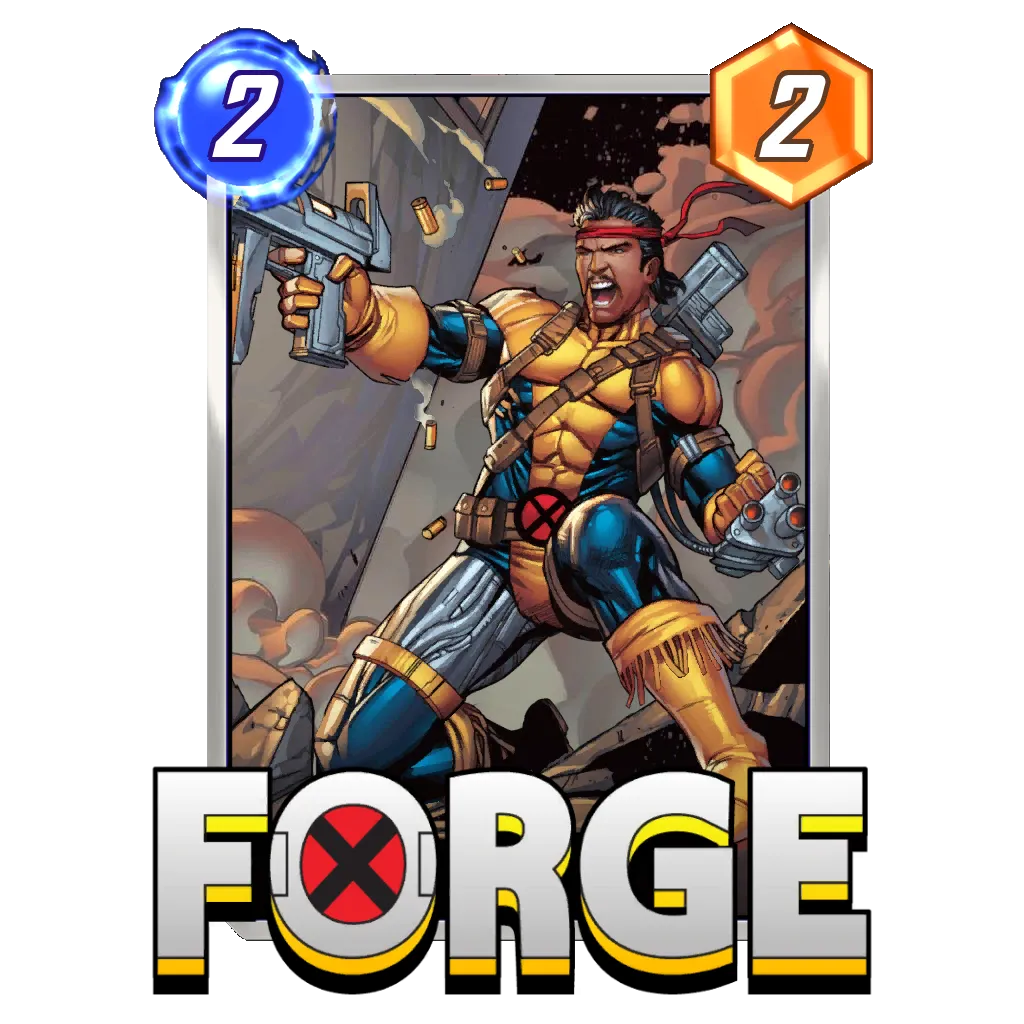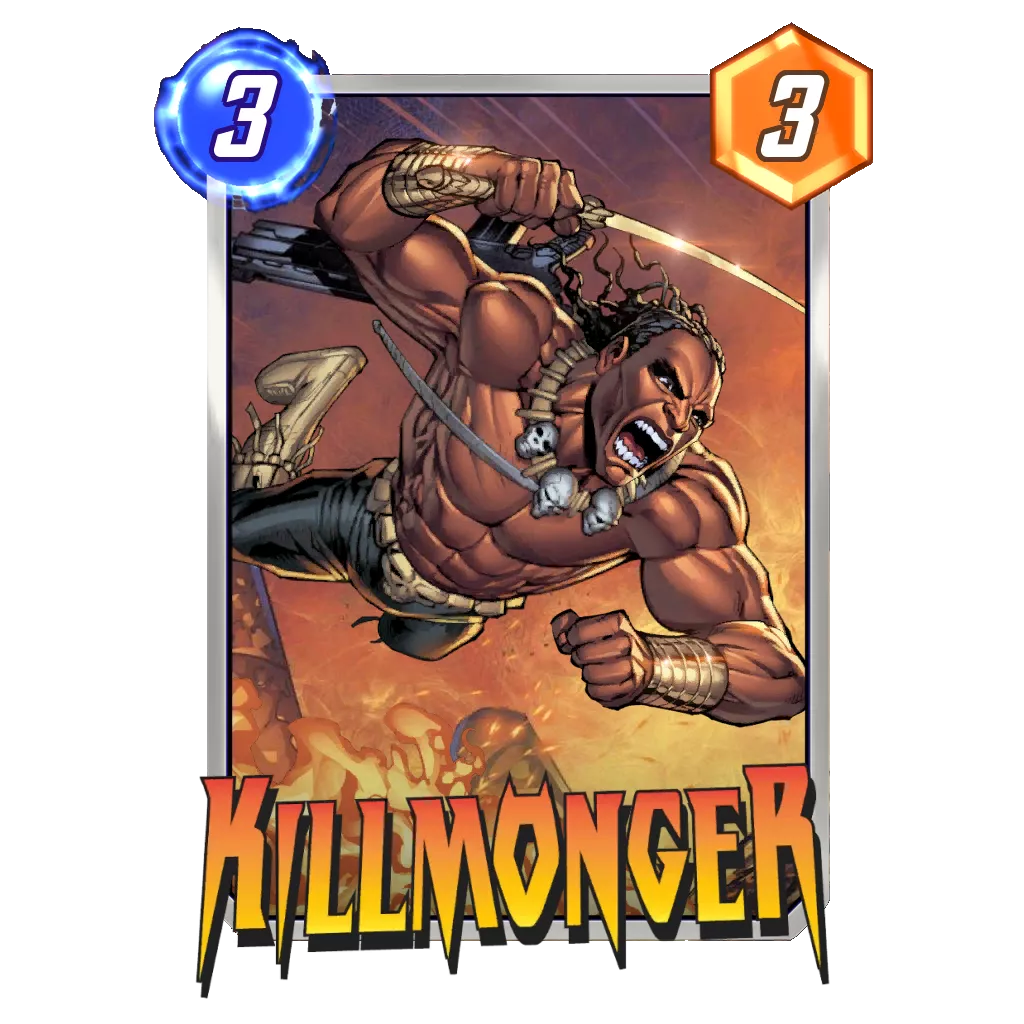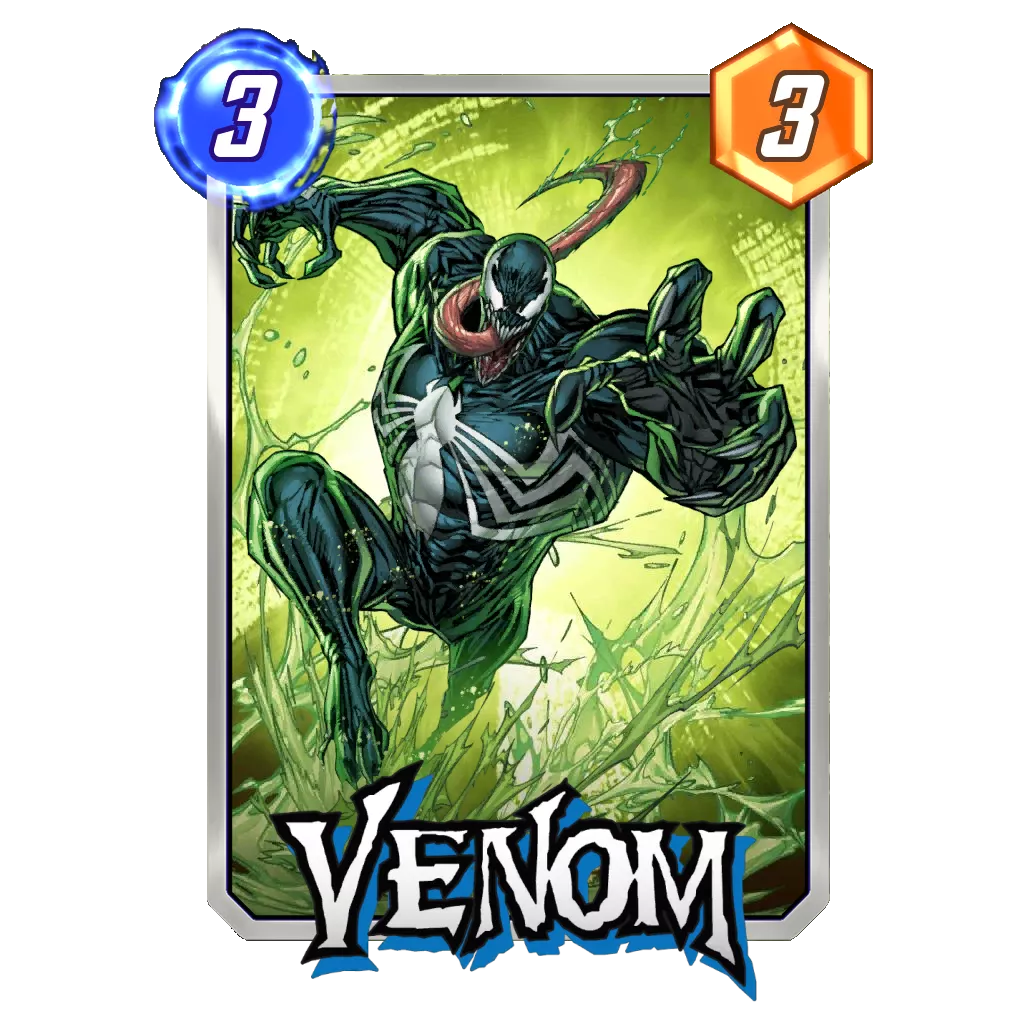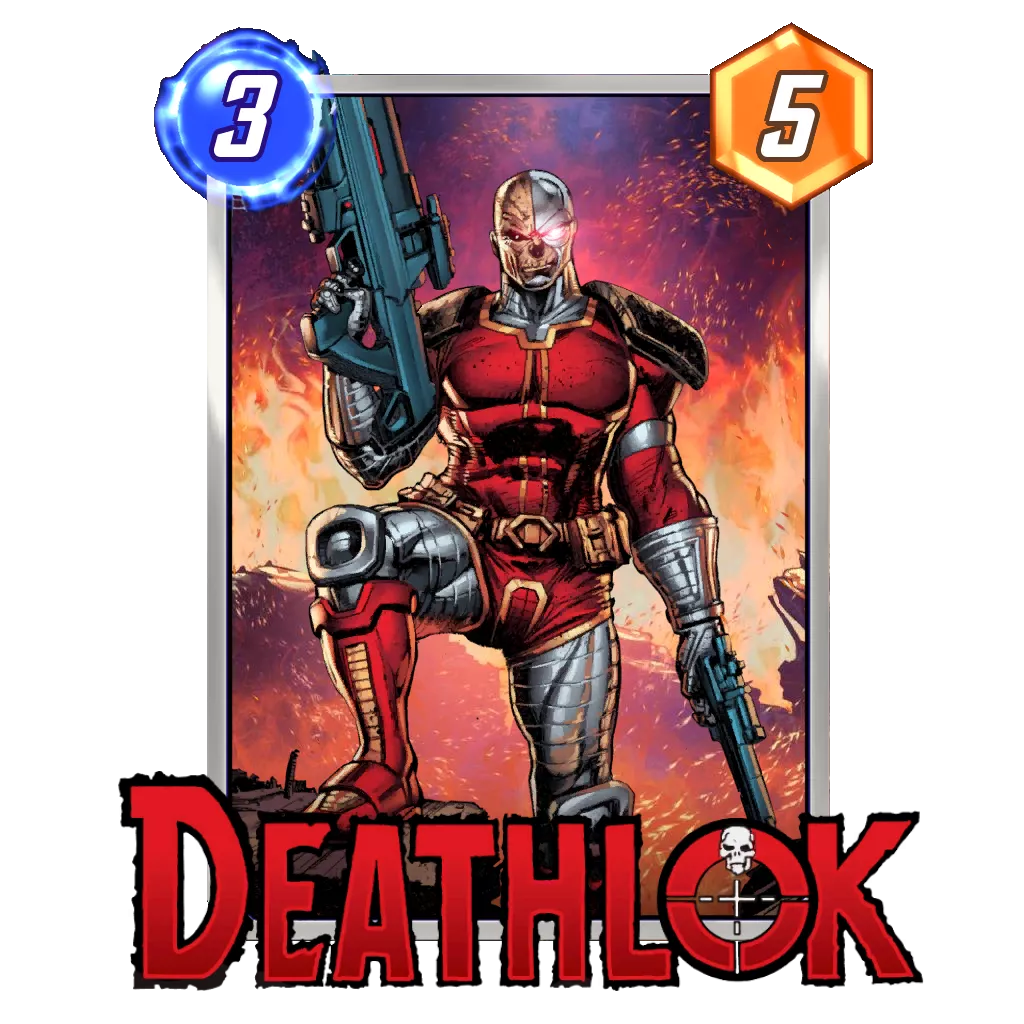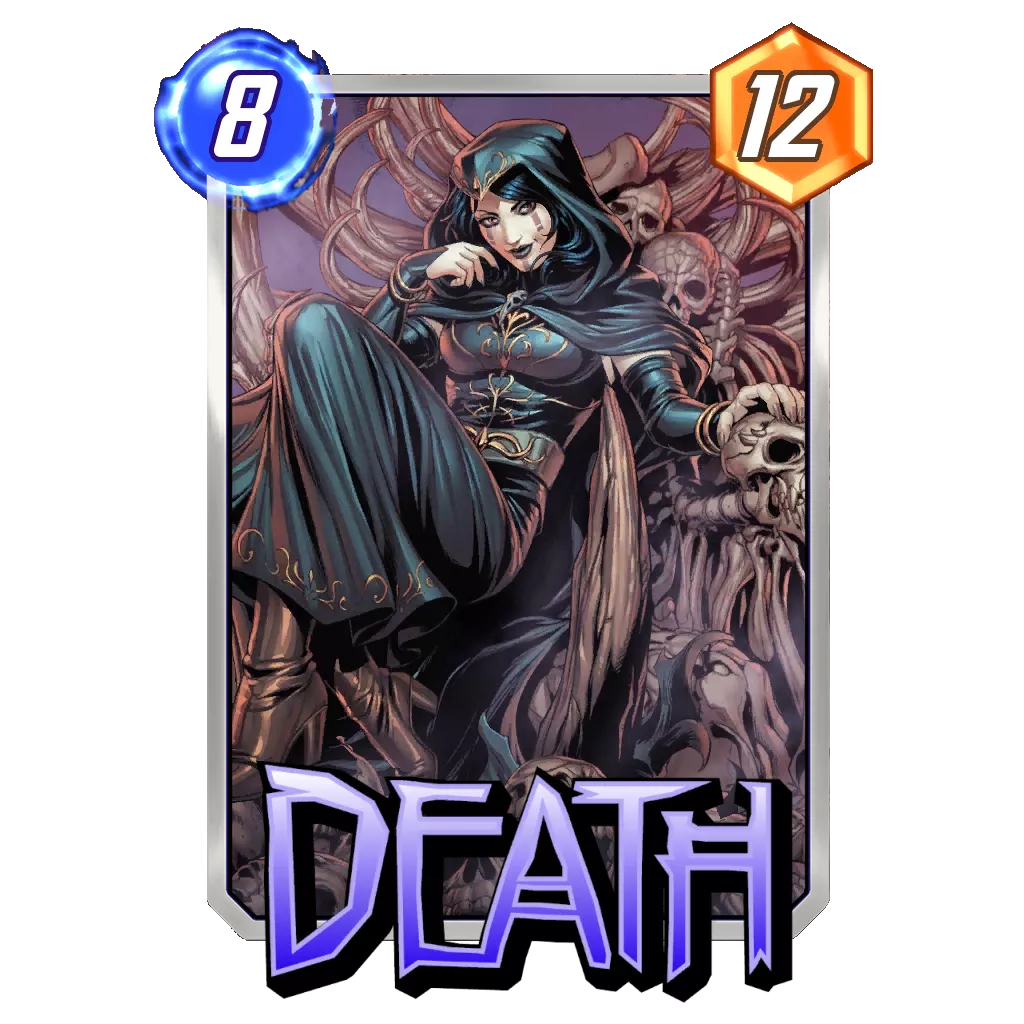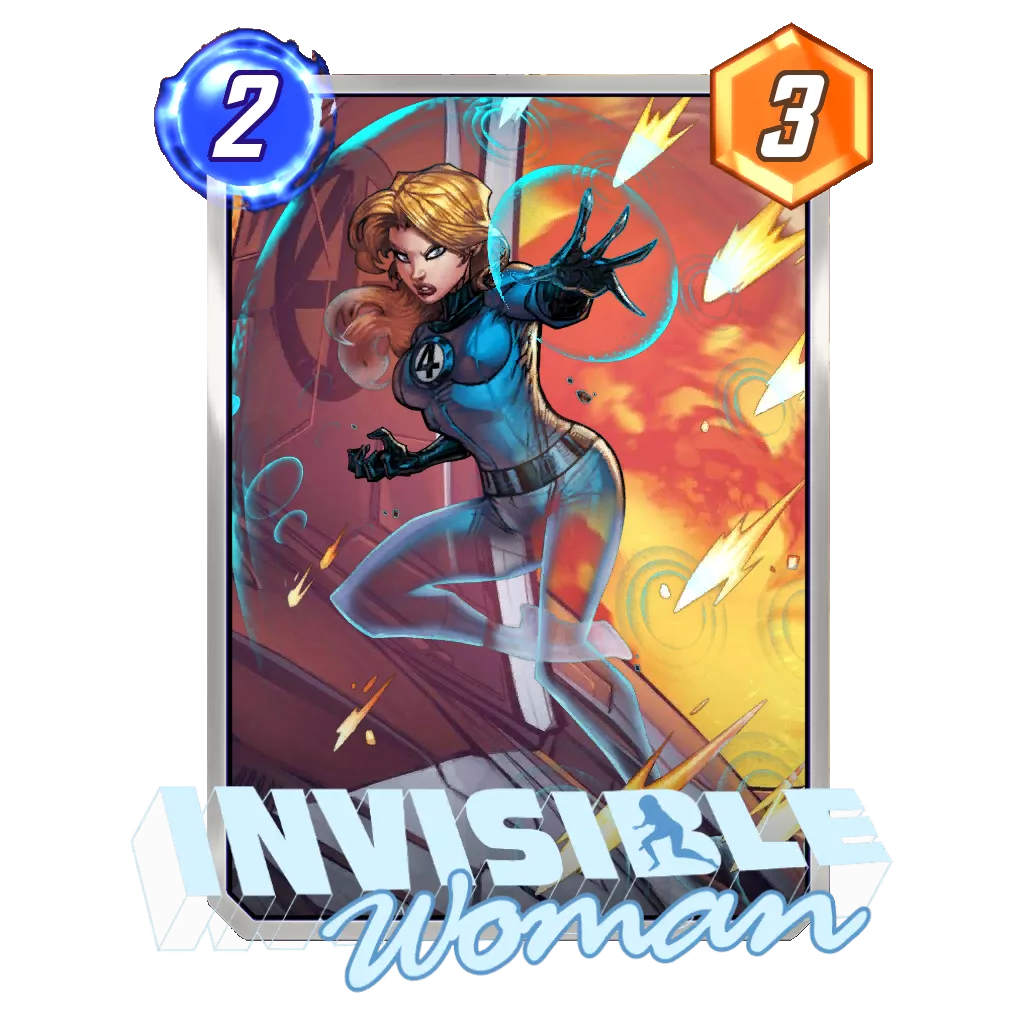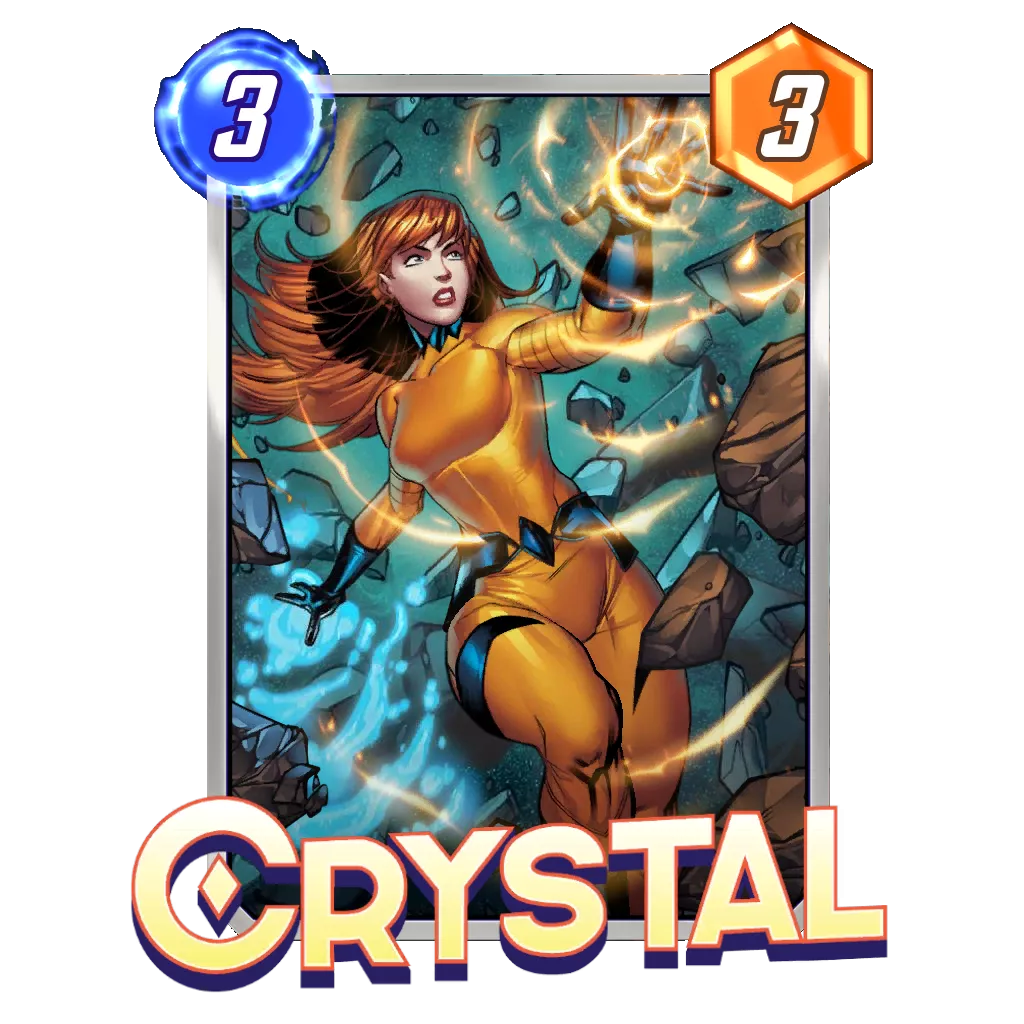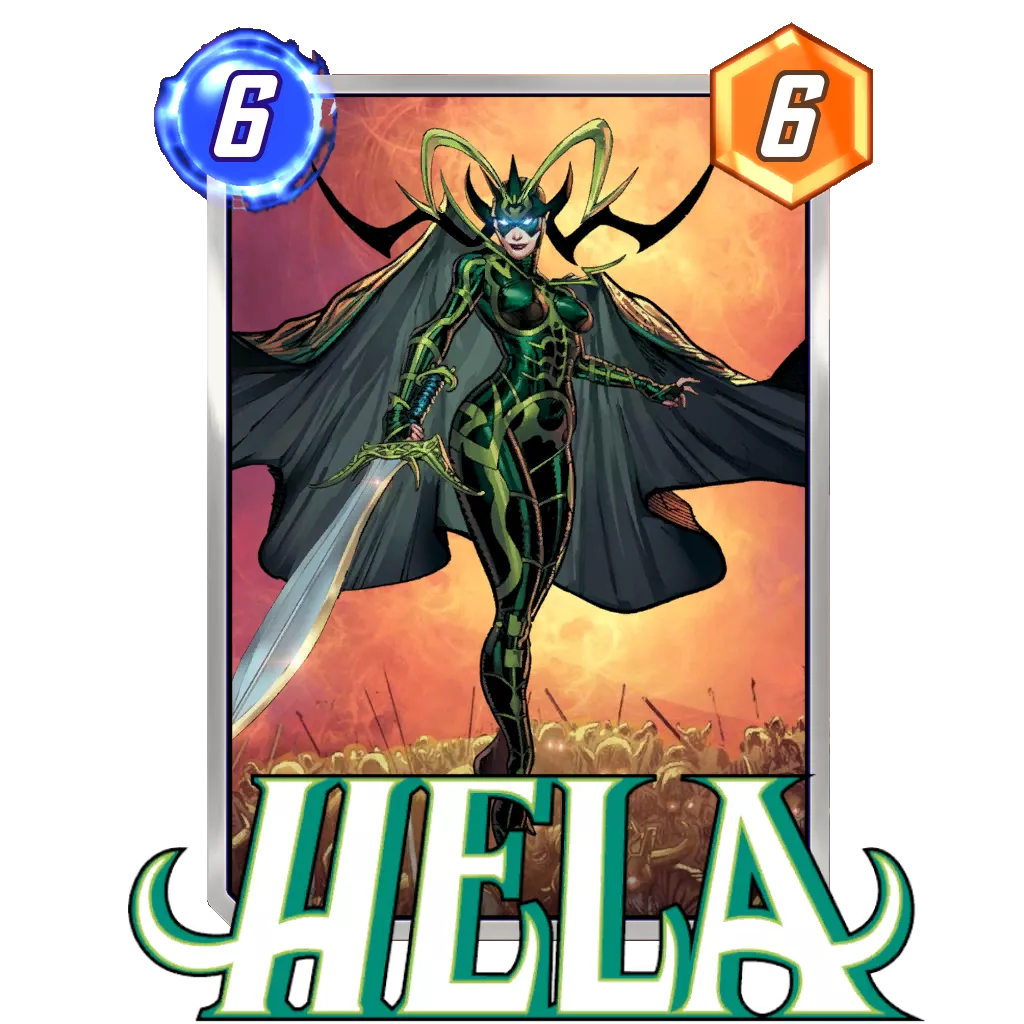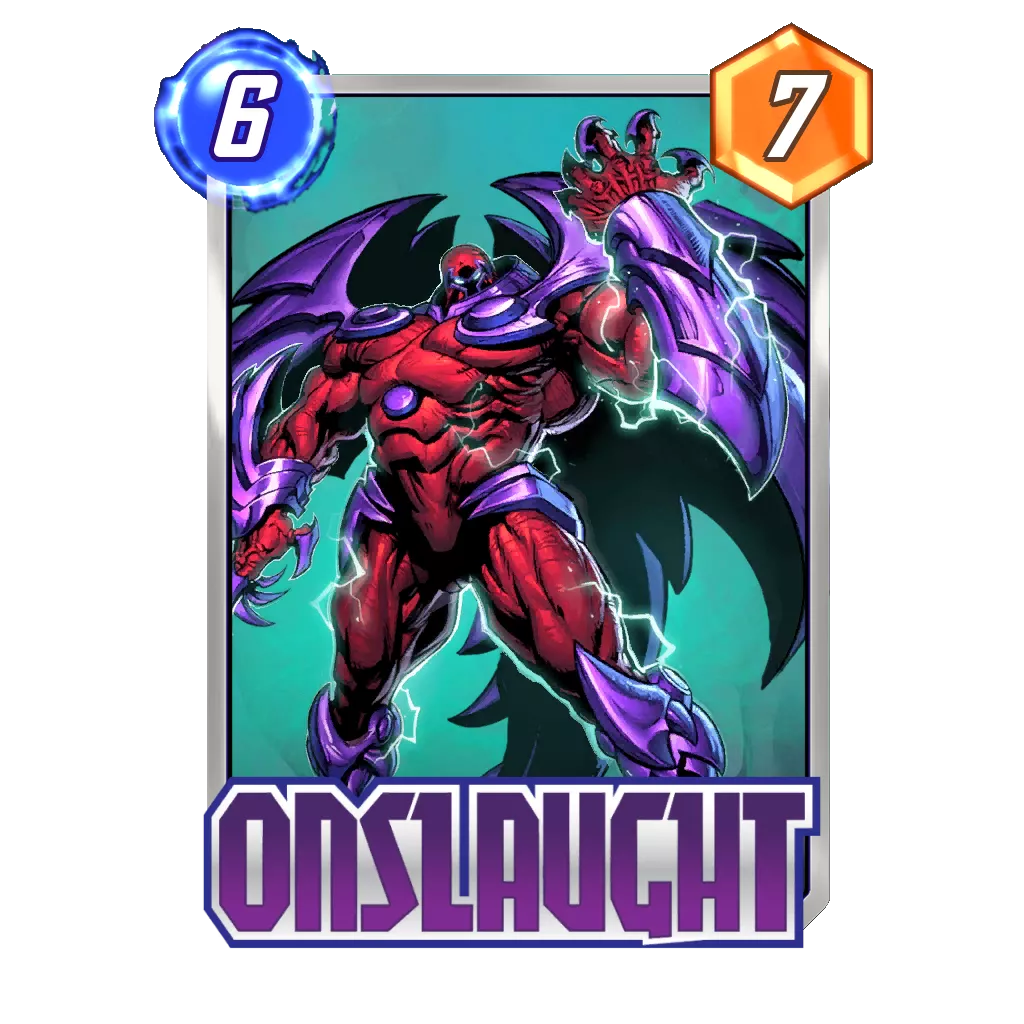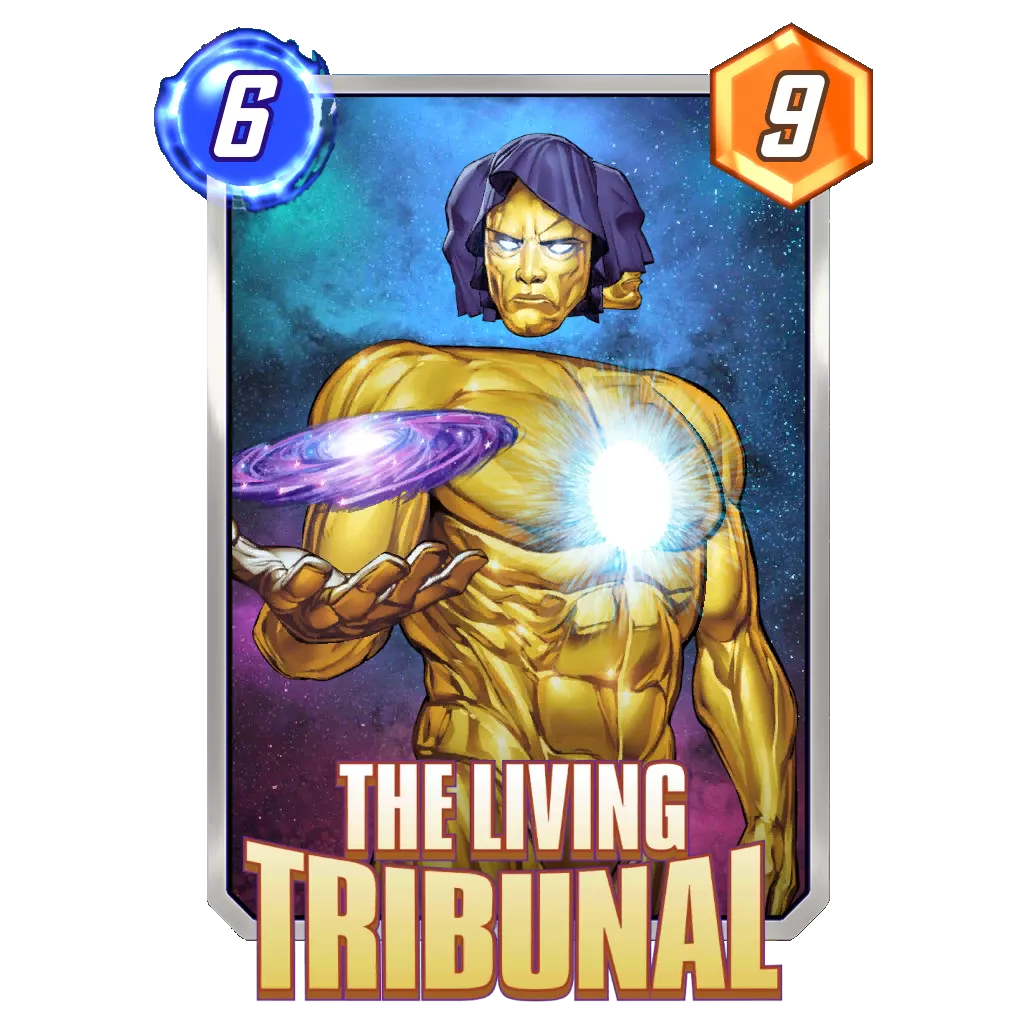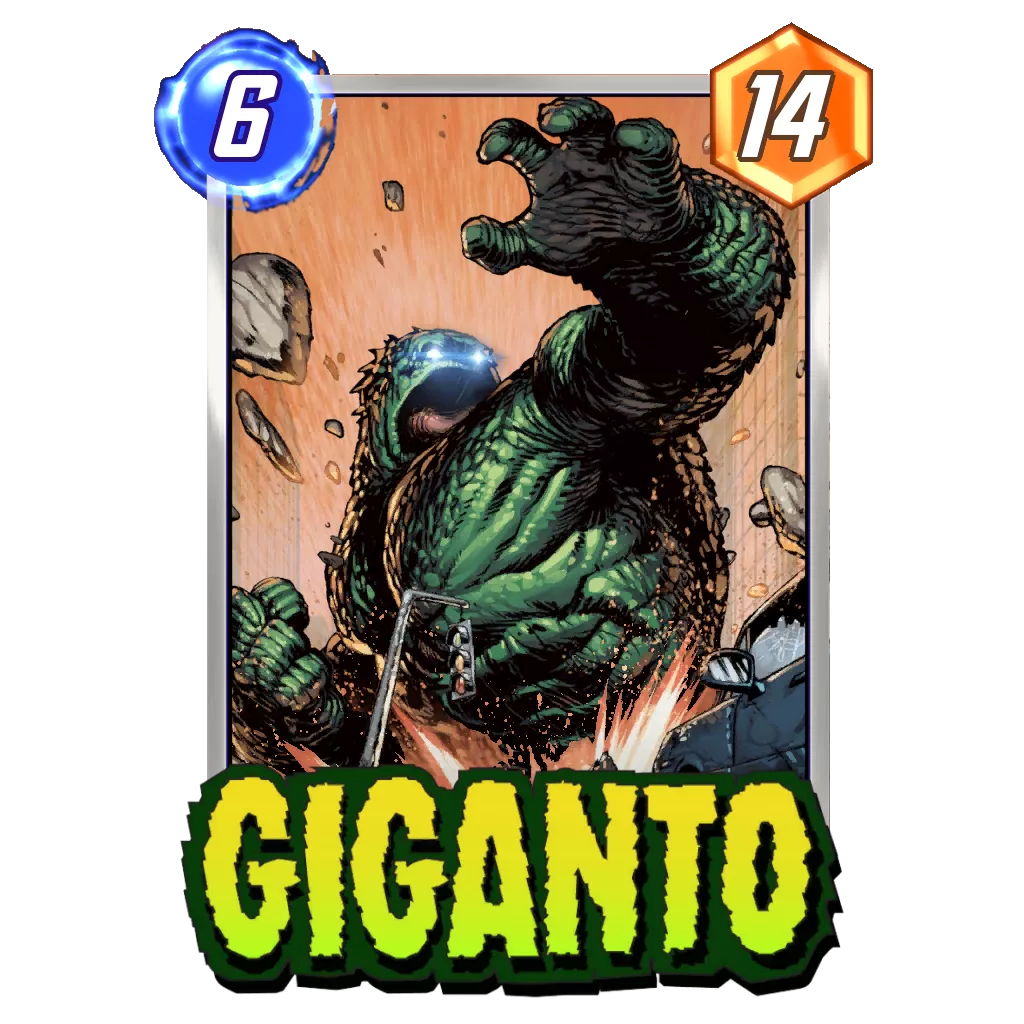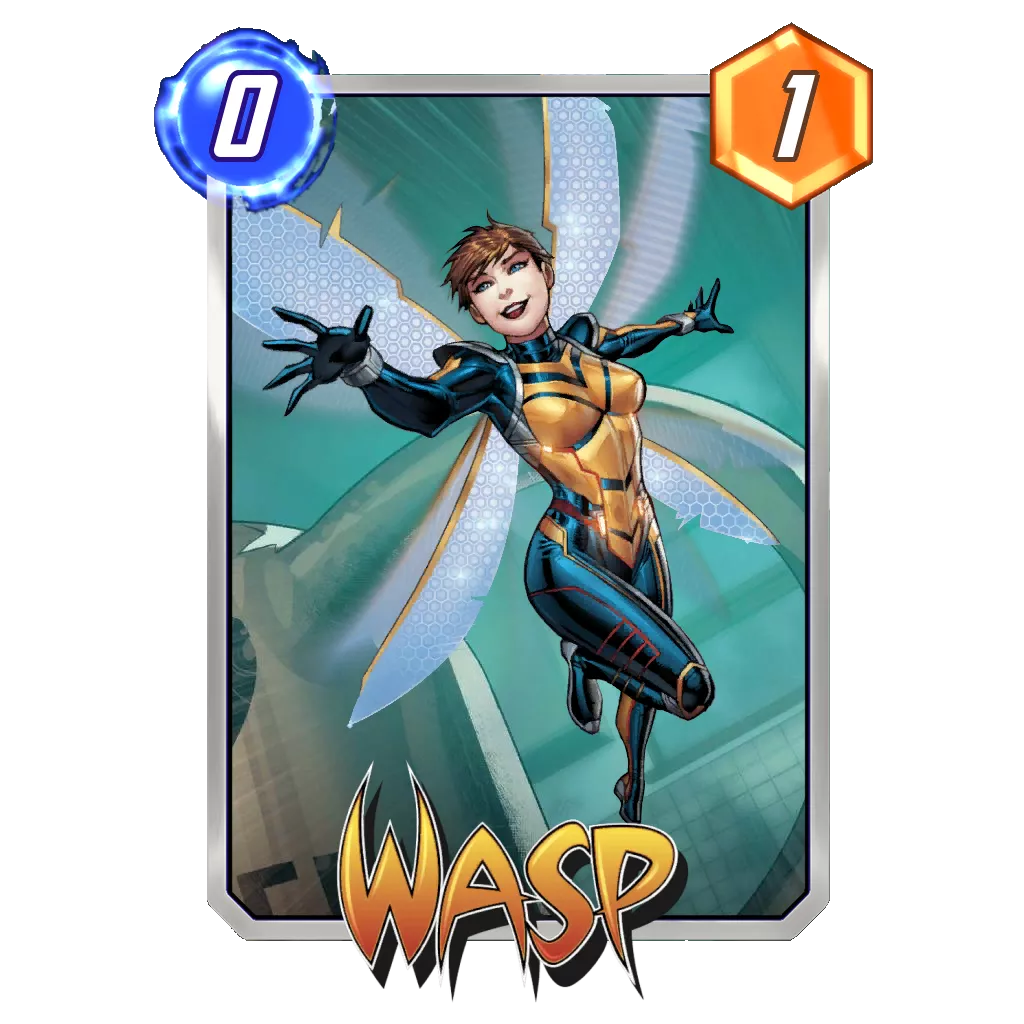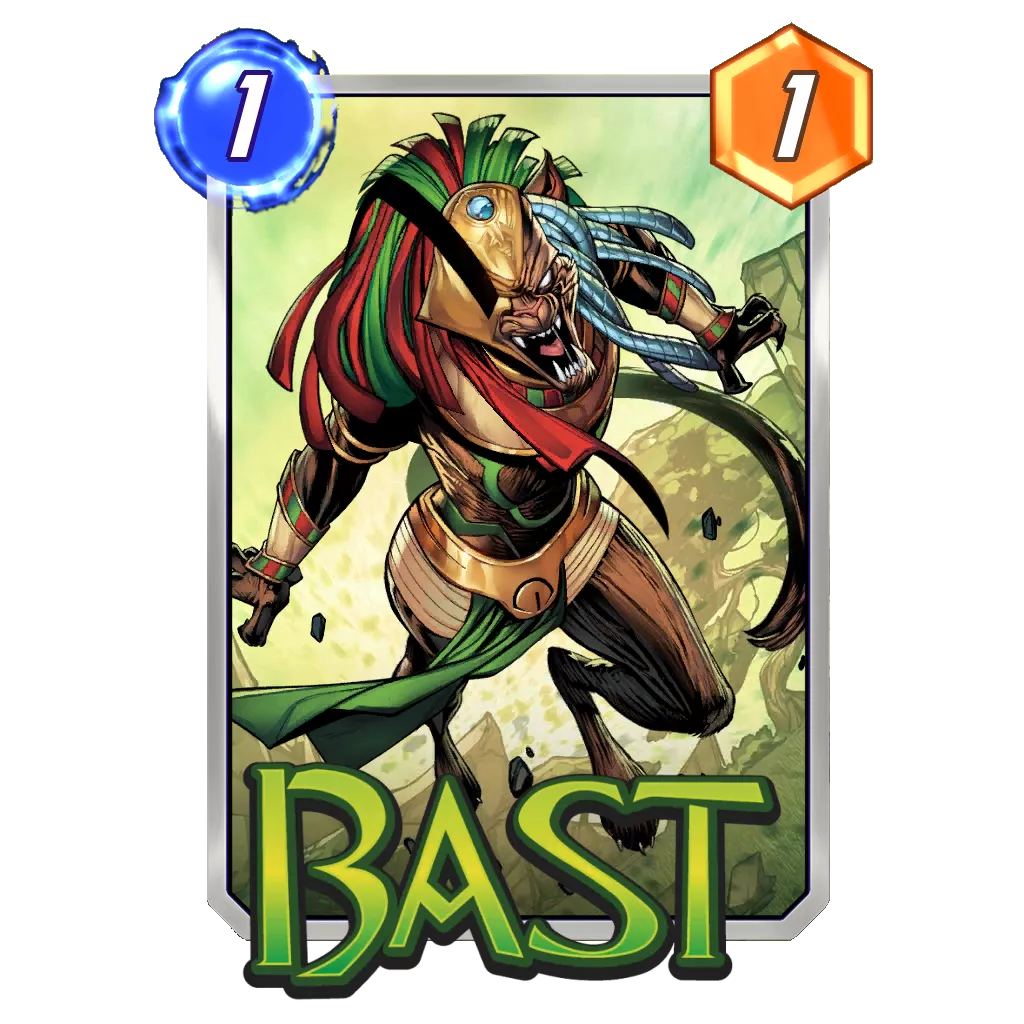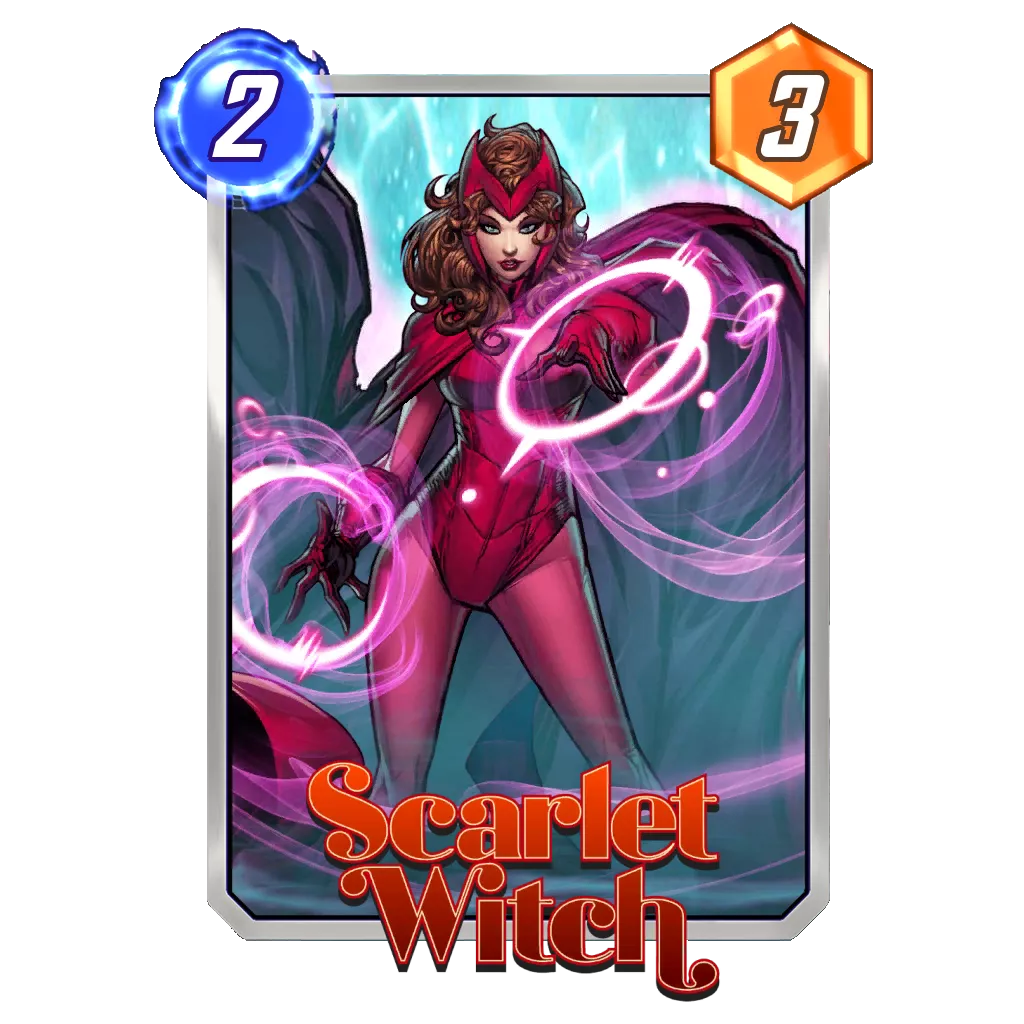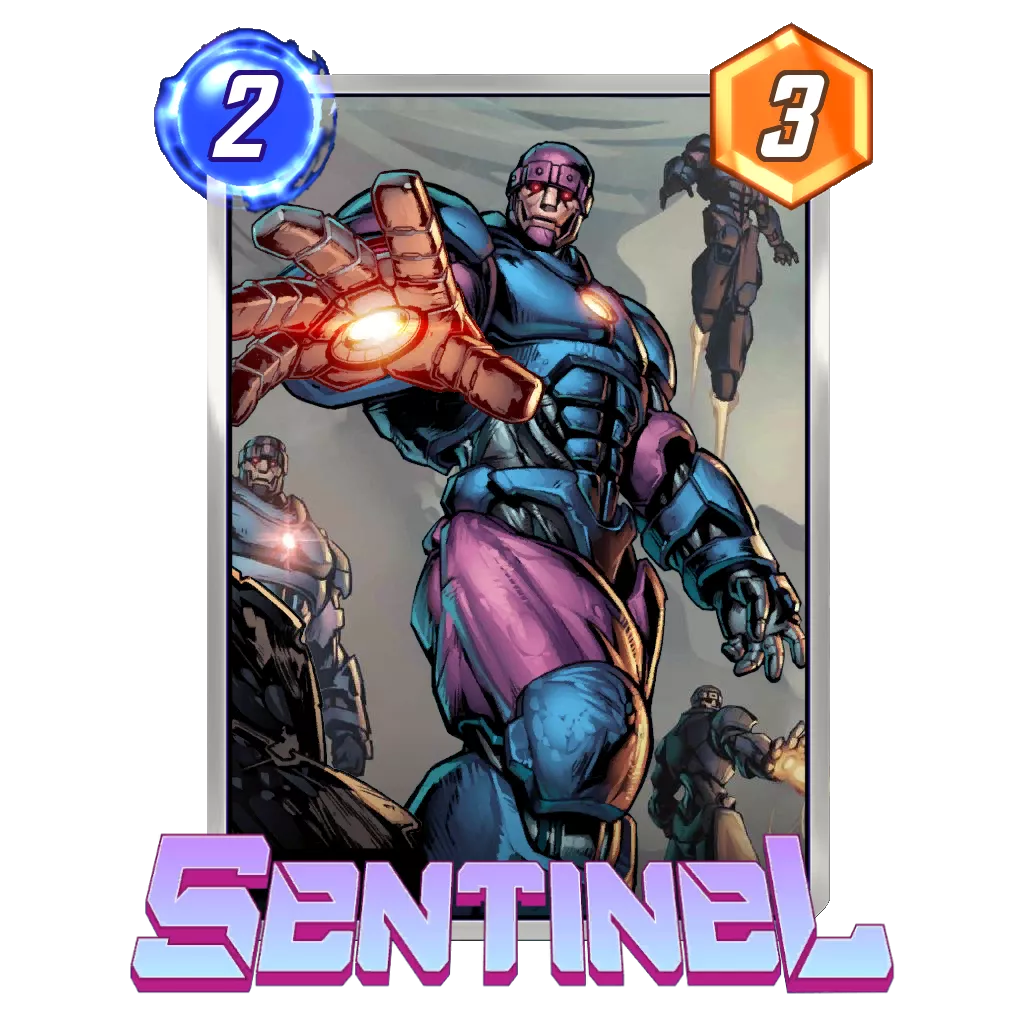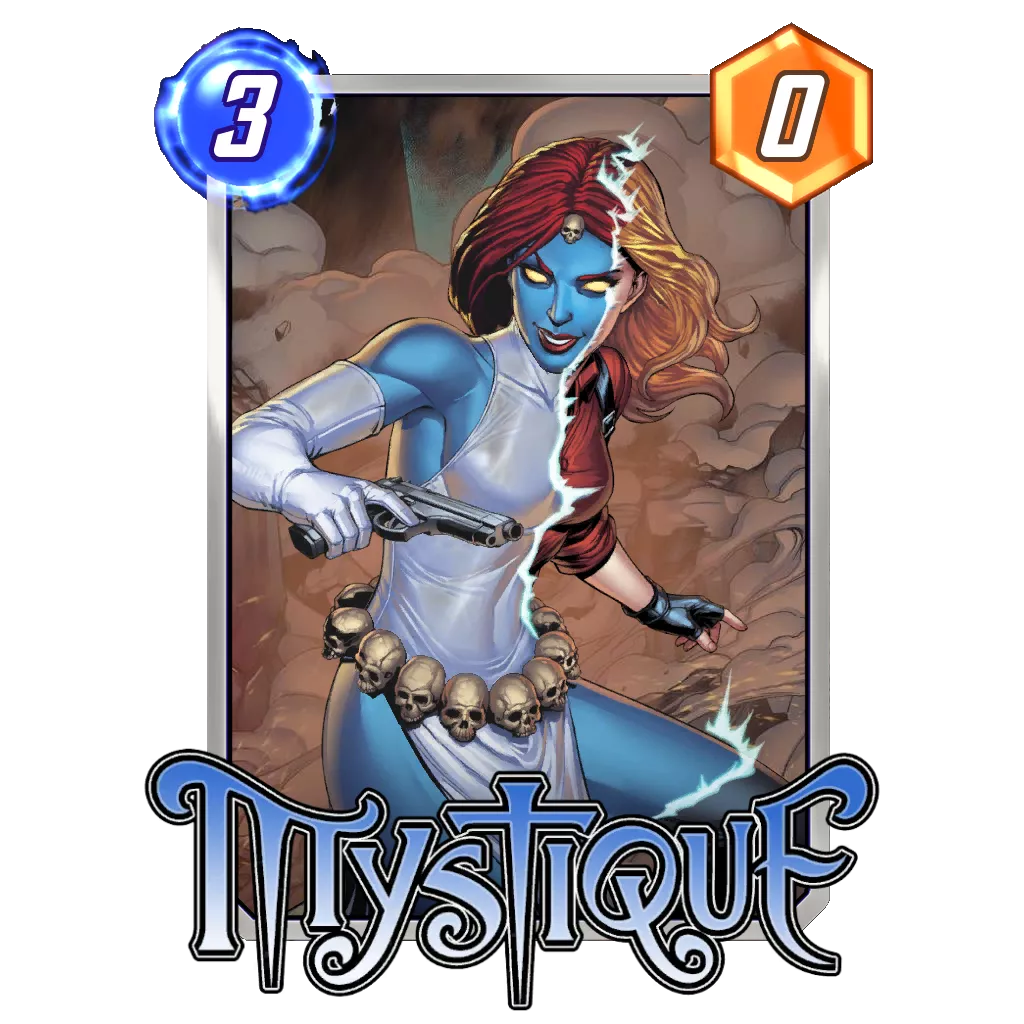Table of Contents
Welcome to our Marvel Snap Meta Tier List for the Ranked Ladder mode! Each week, we review the best decks in the ever-changing Marvel Snap metagame. Then we bring you the decklists, and we provide an in-depth report about them. This report contains information like how their ranks are justified, how to play the decks, and how to build the deck with alternate cards to accommodate different collections.
Marvel Snap Ranked Meta Overview
We knew the cards released in September were pretty strong, and we are still missing the one that many players judged to be the best of the bunch, Mobius M. Mobius. If it is indeed a strong card, it will probably break the game, especially when you consider how impactful Loki and Alioth have already been. Indeed, Loki was dominant during its first week, pushing the metagame to revolve around the Loki Collector deck. The Collector was ultimately nerfed in the last OTA, joining Angela and Morbius as base [2/0] cards. Don’t worry too much about the deck, though; the nerf might have been a good thing. Indeed, with Loki Collector seeing fewer counter decks in its path, it has thrived since the OTA and finally claimed the top spot in the rankings (after many believed it should have been on the throne last week).
As for Alioth, the card has been associated with Galactus a lot, but it does not have the same exclusive relationship that The Collector and Loki possess. Just this week, Alioth was considered a staple in three different archetypes, while being tested in at least two more at the same time. Its pairing with Galactus might be the most famous so far, but Alioth is a much more versatile card than one might believe. It might be too soon to compare it to Loki, but we can already see the impact of the latest released card on the metagame.
Part of this impact is the shocker of the week: Shuri fell to a Tier 2 ranking, even though it felt so solid over the last few weeks. Don’t feel bad for Shuri, though, as this week feels a bit messy overall. Several decks are trying to find their mark within all the emerging archetypes. Also, Shadow King‘s buff probably also had an impact on Shuri in addition to Alioth bringing different play styles to the metagame. Shuri joined a flurry of other decks in Tier 2, with most of them hovering around a 0.4 Cube Average. We’ll likely know which ones are worth considering in the long run with a little more time under their belts.
Another deck that might be cursing at Alioth right now is Hela Tribunal, which went from a top three archetype to a bad idea in the span of a week. The deck was apparently not able to resist the more disruptive environment.
Looking at the decks that managed to thrive during the week, we have several decks with Alioth (as you might expect). Galactus and Electro Ramp were the most popular, and Move Alioth has joined the scene (it’s very close to Move Legion with one obvious change that you can guess from the name). Discard Dracula also managed to climb back into Tier 2, while Sera Control saw much more play compared to the last few weeks and claimed a spot in the rankings as a result. Last, High Evolutionary remains a very strong synergy in the current metagame, as both Evolved DoomWave and InSheNaut retained similar strength compared to the previous weeks.
Overall, the metagame could be described as a mix of decks that are already strong in some way, either to resist the OTA (Loki Collector) or not concerned by that last balance patch (both High Evolutionary builds), against the archetypes Alioth helped push back to higher play rates. Sprinkle in a few staples like Shuri, Sera, and Discard and you have almost the entire top ten in Marvel Snap right now.
Before we dive into the report, there is one more deck we need to discuss: Cerebro 5. While Loki Collector remained incredibly strong, you might expect C3r3bro to keep its momentum as well – especially with a cheaper Shadow King. But the five power variant posted impressive results this week, and it would have been in contention for Tier 1, alongside Move Alioth, if their popularity wasn’t too low. So, instead, they’ve landed in the Silent Performers.
On the back of very solid power across several lanes, the Move synergy at the core of both Cerebro 5 (Polaris, Spider-Man, Stegron) and Move Alioth is great for disrupting the Galactus decks that have gained a ton of popularity with Alioth.
Once again, understanding how a deck works and what can it abuse in the metagame feels much more important than just developing tons of power. Shuri is starting to understand that, Destroy still can’t get going, and Hela Tribunal took a huge fall. Only Discard Dracula managed to rise as a deck based around pure power, while the archetypes able to disrupt the opponent’s plays put up much better performances.
Can’t figure out what you should play right now in Marvel Snap? Let’s see if this report helps.
Happy Tier List, everyone!
Marvel Snap Ranked Meta Tier List
| Tier | Deck | Guide |
|---|---|---|
| Silent Performer | Move Alioth | Guide |
| Silent Performer | Cerebro 5 | Guide |
| Silent Performer | Good Cards Stature | Guide |
| Tier 1 | Loki Collector | Guide |
| Tier 1 | Evolved DoomWave | Guide 🆕 |
| Tier 2 | InSheNaut | Guide |
| Tier 2 | Galactus 🔼 | Guide |
| Tier 2 | Shuri 🔽 | Guide |
| Tier 2 | Discard Dracula 🔼 | Guide |
| Tier 2 | Electro Ramp 🆕 | Guide |
| Tier 2 | Sera Control 🔼 | Guide |
| Tier 3 | Deadpool Destroy | Guide |
| Tier 3 | Hela Tribunal 🔽 | Guide |
| Tier 3 | Cerebro 3 🔽 | Guide |
| Budget | Ongoing Kazoo | Guide |
| Budget | Devil Dinosaur Destroy | |
| Budget | Swarm Discard Aggro | |
| Budget | Ongoing Two Locations | |
| Budget | On Reveal Control | Guide |
| Budget | Big Cards |
Disclaimer and Tier Explanations
In order to be featured here, a deck needs to represent at least 1% of the current environment and have a positive cube average using data from our Marvel Snap Tracker. If a deck showed great performances with a very limited presence in the metagame, you can find it in the Silent Performers section. There, I will highlight decks with an excellent Cube Ratio but too little of a sample size to be representative of their real strength.
Decks not good enough to be considered contenders but with a good representation will be ranked in Tier 3 or 4 in our chart, and they won’t have their own dedicated write up here (but they may be transferred to the main Tier List section). See those builds as decks that are good to know about, as you should face them when playing Marvel Snap. However, unless the metagame changes or a new variation of the build emerges, these decks are a notch below the dominant ones in Tiers 1 and 2.
Silent Performer: Decks with a very little presence in the metagame that still showcase a Cube Average and Win Rate worthy of a Tier 2 deck (or better). Often times, these can be archetypes with some nice game play that have been left unchecked in the current environment, or decks on the rise that found a few good match ups to abuse.
Tier 1: Tier 1 represents decks with all the upsides we would be looking for to rack up Cubes. They have good match ups in the current metagame, offer different play patterns during a match, and often have the ability for explosive or surprising turns. These should be decks worth investing into in order to climb for the coming week.
Cube Average > 0.5
Tier 2: Tier 2 are very good decks but with a weakness holding them back – either not being as reliable in its draws as Tier 1 decks, countered by another popular deck, or still being a work in progress as you read this. A good pilot could probably take these and have the same results as with a Tier 1 deck, but their play patterns are more difficult to enact compared to the tier above.
Cube Average > 0.25
Tier 3: This tier is made of decks that have a pervasive issue compared to Tier 1 or Tier 2 decks. Usually, Tier 3 will be a mix of decks on the rise that don’t have much data, old archetypes on the decline, decks that require substantial experience and/or knowledge to pilot properly, powerful decks that aren’t well positioned, or niche decks.
Cube Average > 0.10
Tier 4: Off-meta decks that have fallen off in recent times, or counter picks that rely on specific match ups to stay afloat competitively.
Cube Average > 0.00
Budget: Decks that consist only of cards in Pool 1 and 2 that are still capable of competing with an experienced pilot in a similar Collection Level, Rank, and MMR range. See our matchmaking guide for more details.
Meta stats and analytics directly from our Marvel Snap Tracker can also be found here.
Tier 1
Loki Collector
Rank Justification:
The goal of the OTA Balance Updates was to combine a weaker The Collector and a stronger Shadow King to limit how good Loki Collector was. It might work this way in the future, as the deck does feel a little less oppressive from the various feedback I could gather, but the metagame changed quite a bit this week. The focus stopped being on Loki and more variety was featured instead, with a lot of Galactus in the mix. With fewer match ups designed to beat the deck, Loki Collector was able to do more damage.
The Cube Average isn’t much higher than it was last week, around the 0.6 mark once again, but a lot of Loki Collector’s counters (which were only posting high numbers from facing a ton of Loki) took a significant dive. This lead to Loki staying alone at the top for this report. I guess the Season Pass card can say thanks to Alioth for bringing back Galactus, which Cosmo is able to help mitigate in this deck.
How to Play:
Centered around its two signature cards (with support from Quinjet), Loki Collector aims to build a lot of points on two lanes while keeping as many of its options open down the line as possible. Indeed, if you commit too hard, you might lack the space required for the cards Loki generates. Or you might let your opponent know too much about your potential. Speaking of potential, the deck creates many cards during the match, so its biggest strength is keeping the opponent in the dark as to what they should expect. It could be a disruptive card, a big bomb created randomly, or Legion to change the locations in play.
Early on in the match, the deck will set up its anchors, which are usually Angela and The Collector. As direct support to these two, you have all the cards at three energy or less that will generate cards or simply grow Angela. While you can use a lane as a bit of a dump for Cable, Snowguard, Quinjet, and Mirage, these cards represent a not insignificant amount of points. Keep in mind that Angela and The Collector could very well challenge a lane on their own if you support them enough, which means you can use some of the space in their locations for cards with minimal contribution to your end game score.
Depending on your opponent, the timing of your Loki will vary. If their deck is expensive or runs a lot of counters to your primary plan, you might want to switch early on and create a new game plan with their cards. Otherwise, Loki can be played on Turn 5 to grow The Collector and open a very flexible Turn 6.
One of the biggest upsides of this deck is its ability to always find new options and play patterns. As such, it is really important to set your mind early on whether you are looking to play with the cards in your deck or trying to generate a new way to achieve victory. Legion, in particular, is a card that will impact your decision to change your hand or not. It is expensive, but it can represent an alternate way of winning the match. If you still have not drawn it by Turn 4, you might want to make the switch and have the option to play Legion if you draw it. If you already have Legion in hand, you need to decide which path you will prioritize. You can’t play Legion and play Loki in time to use the cards copied from the opponent’s deck.
Potential Additions:
The core of the deck is looking fairly set in stone at this point. Still, Jeff the Baby Land Shark, Cosmo, and Legion could be considered strong standalone cards and changed for something else if you want to target a specific match up.
Evolved DoomWave
Rank Justification:
This deck was not particularly impacted by the changes in the metagame since it can use Cosmo to mitigate Galactus, and it was already doing fine against the existing archetypes. Evolved DoomWave felt like the go-to comfort pick this week, with maybe Shuri the only deck able to beat it on sheer points. It’s still not too easy to reliably counter, but Evolved DoomWave can accept the loss of one cube and continue on its way.
Compared to Shuri, which could be the other comfort deck mentioned here, it feels like being flexible with your points does more than a ton of predictable points. Plus, Wave has returned as a great disruptive card – especially if you can take care of Galactus with the rest of the deck. Then, you have Wave to gain an edge against Loki, Sera Control, InSheNaut, and other explosive decks.
How to Play:
Similar to other High Evolutionary decks, Evolved DoomWave tries to create power while not spending all of its energy every turn. If you have Evolved Hulk in hand, one energy is worth two power, plus the other bonuses you would get from the cards you have on the board. If you have at least two of your four cards (Sunspot, Evolved Misty Knight, Evolved Cyclops, Evolved Hulk), it is usually worth looking for a play that leaves an energy to spare. Otherwise, Sunspot or Evolved Misty Knight alone are rarely worth the deal of one energy for one power.
More often than not, the turns you are likely to leave some energy on the table are Turns 4 and 5, which are typically dedicated to Evolved Cyclops and Wave, respectively. Turns 2 and 3 will depend on your hand, but you tend to play a 1-Cost, 1-Cost, 2-Cost pattern over the first three turns. Then, you will naturally float some energy on Turn 6 if you played Wave.
Outside of this signature High Evolutionary game play, the rest of the deck is centered around Wave limiting what can be done on Turn 6, which usually rewards the player in the lead. By that point, you have two options: go tall with Evolved Hulk, or go wide with Doctor Doom. Considering you run America Chavez, this choice is usually set in stone by Turn 4, or Turn 5 if you are still missing a key card. This makes it easier to craft a game plan where your big 6-Cost card can be at its best and seal the deal.
Another big strength of this deck is its ability to play into any kind of location and impact those that have been locked during the whole match. Indeed, with Jeff the Baby Land Shark and Doctor Doom, you can easily reach any location. Then, Sunspot, Evolved Misty Knight, and Evolved Cyclops are also able to impact a location after it’s impossible to play there, like after Professor X has locked it down. In that regard, knowing early on where your opponent might be playing some of their space limiting cards can have a big impact on the match.
Potential Additions:
Alioth was tested in the deck instead of America Chavez, which pushed a more Lockdown build with Professor X and Storm. It didn’t do as well as the traditional build, but well enough to be worth mentioning.
Tier 2
InSheNaut
Rank Justification:
With two archetypes in the top three, High Evolutionary feels like a great core in the current metagame. However, it seems like being proactive is a better way to approach Marvel Snap rather than trying to be sneaky about your points spread.
Indeed, while Leech can be a strong card, both Wave and Galactus are annoying to go against, which can quickly be a problem when you didn’t get a strong opener. On the other hand, it makes InSheNaut fairly easy to pilot, as an early lead will put you in charge and give you plenty of opportunities to dictate the game. You will then be able to play Leech against Evolved DoomWave without fear of falling behind, or have at worst a 50/50 with Cosmo to lock the opponent out of a very powerful effect like Galactus.
Lastly, Alioth doesn’t feel like such a huge problem for the deck since InSheNaut typically keeps its options open until late in the game, and it has enough points to impact any lane. This leads to Alioth being difficult to leverage against the deck even though it can be a disaster for a lot of other decks without priority. Overall, both High Evolutionary builds can follow a quick recipe to rack up cubes in this metagame. Make the most of your strong openers to put yourself in the lead, especially to leverage your counter cards. When you fall behind early in the match, just play safe and take the one cube loss.
How to Play:
In this new and improved build around She-Hulk and The Infinaut, the goal is to make the game about points – a battle you are more than suited to win. Ideally, the deck wants to play Magik on Turn 3, Leech on Turn 5, and profit from passing Turn 6 with Sunspot and Misty Knight before dropping two high power cards on Turn 7. However, there are many more play patterns in the deck to achieve victory:
- With Armor, Cosmo, and Leech, the deck has quite a formidable disruptive ability against many different decks, in addition to the ability to protect it’s own important cards.
- If Shocker hits The Infinaut, it unlocks a pattern where you pass on Turn 4, play The Infinaut on Turn 5, and then play Evolved Hulk on Turn 6. When reducing either of your 6-Cost cards, you can pass on Turn 5 and play the reduced one plus She-Hulk.
- Without Magik, you can try passing Turn 3 or 4 to play She-Hulk early and follow with a big Evolved Hulk on Turn 6. With Limbo and no Leech, you could also pass on Turn 5 to do the same “The Infinaut into Evolved Hulk” kind of pattern.
- With a hot start through the 1-Costs giving you a nice lead, you might not want to create Limbo and give your opponent more time to mount a potential comeback.
Through these various scenarios, you can see that this build of InSheNaut is actually trying to get away from the very rigid patterns Moon Girl was pushing for that made the deck too predictable. Right now, you should consider this deck a High Evolutionary tempo build, except it can play around with its energy to change which turns it develops points and which it adopts a more passive stance.
Potential Additions:
It is hard to recommend some changes when the same list has been posting the best results for the past three weeks. Shocker is still a popular card, but it always looks worse than Cyclops or Cosmo over large sample sizes.
Galactus
Rank Justification:
The Eater of Worlds returned with style, as the addition of Alioth lead to Galactus posting its best results in a very long time. The Cube Average looks good at around the 0.4 mark. Even better, the Win Rate is much higher than it was in the past (well above 50%) when this kind of deck was forced to rely on aggressive Snaps to grow its Cube Average.
Another explanation for the deck doing pretty well is a shell already existing for Alioth to be slotted into. The card replaced Orka in the deck for the role of taking over a lane after Professor X has won one or Galactus was played. But, compared to Orka, Alioth never loses with priority, and it is able to beat cards that would beat Orka on points like Knull or Hulk.
With established play patterns and an easy to understand new card to plug and play in the deck, Galactus had every reason to feel great for its first week back as a competitive archetype.
As usual, when a deck pops into these rankings, let’s give it a week before overreacting. Many decks are already playing Cosmo, and the Move synergy has proven very effective in disrupting Galactus. Let’s see where this archetype is on this list next week, as more counters should rise if the popularity remains the same.
How to Play:
This deck can follow two paths to achieve victory: either try to win two lanes, or play Galactus and win the remaining one.
If you look to win two, the basic pattern will usually be to use Professor X on Turn 4 on the lane with Nebula and Electro to secure that location. Then you can play Wave, Hobgoblin, or Iron Lad to set up the second lane, and you have Alioth secure it on Turn 6. Even with Electro in play, Jeff the Baby Land Shark is playable as your second card in a turn.
The pattern to win one lane is very similar, except Alioth serves to win the remaining one after playing Galactus on Turn 4 with Wave or Turn 5 with Electro. Then, the important part of the plan is to set up your signature card and seize priority if possible since it helps to make sure Galactus will reveal safely.
While both plans look too simple to work consistently, the fact that they both look very similar early on is a huge upside to pulling either of them off. Typically, you will play on one lane only in the first three turns, with Nebula, Jeff the Baby Land Shark or Daredevil, and Electro as the go-to starting pattern. Then, depending on your hand and what the opponent played, you can decide if you want to lock that lane with Professor X or play Galactus on another one.
Potential Additions:
Sunspot, Shang-Chi, and other solid standalone cards have been played in the deck this week. Orka also replaced America Chavez on occasion.
Shuri
Rank Justification:
While it was supposed to target Loki and The Collector, it seems like the buff to Shadow King mostly impacted Shuri. The deck is now much less resistant to power disruption. Plus, Cosmo has become quite popular, which can be difficult for the deck to deal with as Sauron, Shuri, and Taskmaster are all On Reveal abilities.
Diversity in a metagame has helped Shuri perform in the past, as the deck could rely on its simple game plan against most opponents. This time, it feels like the common cards of several of the popular archetypes might be too annoying for Shuri to be considered a top tier deck.
Lastly, Galactus isn’t a simple opponent for Shuri. It often means not playing behind Shuri to avoid Galactus from going off on Turn 5. This problem should solve itself once that deck loses some momentum. Also, Move was regarded as a good match up for Shuri, so the metagame going in that direction might have Shuri back in Tier 1 as early as next week.
Even in the face of all these obstacles, Shuri Sauron remained a solid archetype and could very well come back once the situation is a little easier to navigate.
How to Play:
Shuri Sauron is based around the idea of cancelling negative Ongoing abilities with Sauron and abusing Shuri to create a huge amount of points. In that regard, the deck is very rigid in the mid-game since Turns 3, 4, and 5 are almost always the same: Sauron → Shuri → any card worth doubling the power. Often times, Turn 2 will also be dedicated to Armor as a way to prevent an opposing Shang-Chi from ruining your plans. Speaking of Shang-Chi, Vision is another way to play around it, as hitting a moving target isn’t so simple.
This leaves only Turn 1 and Turn 6 to be truly flexible, with Nebula or Zero taking up the 1-Cost slot and Taskmaster usually being the default Turn 6 play alongside Ebony Maw.
If this very straightforward approach can lead to a ton of points on two lanes, it also often doesn’t equate to a lot of cubes. Indeed, unless you are Snapping aggressively, the opponent can see the points coming and will rarely stay in the game once you show Shuri (and they can’t handle it). This creates two important factors to take into consideration when playing Shuri Sauron:
- You have to accept Snaps early in the game, especially when Sauron and Shuri show up.
- You need to find lines of play even when you don’t have the best play pattern with the deck, especially when the opponent does not Snap. Even without Shuri, the deck can develop a solid amount of points, and Enchantress is able to steal a few wins.
The last important point to cover is positioning, especially when you don’t draw into Sauron or Shuri. Indeed, while both cards will dictate a lot of your strategies, there are other pairings to know about:
- Nebula and Armor is nice against Killmonger, and you could even follow it up with Ebony Maw if you don’t expect Sauron to show up.
- Enchantress can cancel the abilities of Lizard, Typhoid Mary, and Red Skull.
- Taskmaster into an unprotected card is better to play with priority. On the contrary, if the target can’t be destroyed, playing without priority protects Taskmaster. Position your cards in order to gain or lose priority depending on the situation.
- Invisible Woman allows you to hide Taskmaster so it copies your last played card on Turn 6 (or the card that reveals before it behind Invisible Woman). This is a great way to lose priority and make an opposing Shang-Chi worthless.
Potential Additions:
With Wave getting increasingly popular lately, the Kitty Pryde build feels a little more risky to run. As such, only Enchantress over America Chavez is a real consideration.
Discard Dracula
Rank Justification:
I doubt a simple power buff to Lady Sif was enough to make Discard Dracula a Tier 2 deck once again. However, the deck’s explosiveness through Swarm, Wolverine, and Daken could be a problem for Galactus, who can’t be sure of how much power will be developed during a turn when committing to a lane.
Also, Dracula and Morbius are routinely the deck’s high power cards, and they’re never played on Turn 6. Therefore, Alioth isn’t much of a concern for the deck – as long as it does not prevent important Discard abilities. Even if less popular, the change to Shadow King also did not impact Discard in any way (except for Daken, which isn’t a big loss if the opponent uses two energy to remove four power).
For once, the very proactive mindset of Dracula Discard seems to be a good thing for the deck. Indeed, flexibility isn’t so important right now, as Galactus, Wave, and Alioth all want you to take a slow start and try to explode in the second part of the game. It requires Snapping early if you wish to play for more than one cube in most of your games, but I would recommend it only once you have developed enough comfort in the current environment.
How to Play:
Entirely centered around the Discard synergy, Discard Dracula aims to create a ton of points on all three lanes while mixing in a touch of disruption. At the core of the game plan are Dracula, Morbius, and MODOK, three cards that are responsible for points and have the strongest abilities in the deck. The other nine cards could be considered support since they either provide discard or are a discard target themselves.
When playing this deck, a proactive mindset is crucial to succeed, as you can’t really afford to slow down the pace during a match. If you do, your points potential will immediately suffer from it. And points are the only weapons this deck fights with. This requires a good anticipation of your points total in order to project yourself into what the deck will be able to develop. Also, figuring out your play patterns early gives you time to consider which disruptive cards your opponent could use against you and help you time your Snaps.
When it comes to putting up lots of points, here are the common combinations for the deck:
- Dracula plus Apocalypse. Here, Lady Sif is great because it will target Apocalypse every time.
- Morbius plus MODOK. Swarm, Wolverine, and other discard fodders are perfect for your MODOK turn.
- Daken plus Silver Samurai. Although it is fewer points, it helps disrupt the opponent at the same time.
- Colleen Wing plus Swarm. If you can guarantee this discard, it opens explosive plays with 0-Cost cards later on.
Potential Additions:
Silver Samurai probably is the flexible card, with Gambit or Sword Master as the likely replacements depending on what you want to achieve. Absorbing Man is still an inclusion in several lists, but the combo approach doesn’t seem to work well in the current metagame.
Electro Ramp
Rank Justification:
Even if Galactus is a part of the list, Electro Ramp aims to be much more flexible than the pure Galactus deck. However, considering Cosmo is a popular card and Loki Collector is far from gone, this approach that is based around more strong On Reveal cards doesn’t seem to do to so well compared to a simple Galactus deck. If we consider that the overall popularity of Galactus should decline after the first week of excitement around Alioth, Electro Ramp should be the archetype taking the bigger hit.
Nonetheless, Electro Ramp was a solid deck this week. It posted its best performance in a long time, with a 0.35 Cube Average for this particular list. Also, the deck particularly shone in the ranks leading up to Infinite, as Electro Ramp is typically an easy archetype to pick up and play over long periods of time; perfect for a Ladder grind. Last, if you see more of Move in order to counter Galactus, Electro Ramp should resist that change much better than the pure Galactus list.
How to Play:
The goal with Electro Ramp is to abuse the On Reveal abilities in your deck to develops lots of points on several lanes. This is accomplished through Black Panther or Doctor Doom, or by limiting the opponent’s plays with Alioth. In order to abuse these cards, you can use Arnim Zola and Odin to multiply their abilities. Or, just play Galactus to make it all about one lane.
Thanks to Electro, you have access to a 5-6-6 pattern, and Wave opens a 6-5-6 line of play. Most of the time, the 5-Cost card in those scenarios will be Black Panther, but Iron Lad can serve as a back up since the more than half of your deck has good abilities to copy. Make sure to place Iron Lad where the abilities that are left in your deck will make the most impact if they’re copied.
Here are a few examples of what to look for:
- Electro → Black Panther → Arnim Zola → Odin on Arnim Zola.
- Wave → Galactus → Black Panther → Alioth.
- Electro → Black Panther → Doctor Doom → Odin on both.
- Wave → Doctor Doom → Black Panther → Odin on both.
In the early game, it’s mostly important to seize priority for Galactus later on. If you expect Doctor Doom to contest all lanes at once, you will usually need a bit of help to win over two lanes, as two Doombots won’t be enough most of the time. You will have Odin or Black Panther to help on the Doctor Doom location.
Potential Additions:
Jeff the Baby Land Shark and Sandman would be the two cards routinely included in the archetype that are missing from the featured list.
Sera Control
Rank Justification:
Another comfort pick for many players, Sera Control put up a surprisingly good performance considering Wave and Galactus aren’t such good cards for Sera to face. On the other hand, Sera had the buff to Shadow King to thank for her comeback in the metagame; the card greatly helps keep that disruptive potential on Turn 6 while playing Hit Monkey. It also brought Luke Cage alongside with it in order to protect Angela and Bishop from losing their power if we had to play Shadow King on their location.
As it stands, Sera still has not regained the momentum the deck once had, and the metagame is far from ideal for it. The 0.27 Cube Average is promising, but it probably needs Shuri or another similar strategy to read and disrupt reliably in order to become more popular and be a dominant deck once again.
How to Play:
Sera Control functions on a “start and stop” concept where you will develop without committing anywhere for the first four turns, play Sera on Turn 5, and explode on Turn 6.
In the first portion of the match, your goal should be to grow Angela and Bishop, as well as gather as much information as possible about your opponent. Utility cards like Spider-Ham, Lizard, and Snowguard can be played instead of just passing energy, but you want to be wary about your space for Turn 6. As such, Kitty Pryde is great during those first turns since it buffs Angela while not pushing you to occupy your space.
Turn 5 will almost always be Sera, unless you expect a Wave, Galactus, or other similar card that would make Sera useless. In that case, you should become a proactive deck and try to get a strong Turn 5 into a strong Turn 6 rather than a set up on Turn 5 into an explosive Turn 6. If you do end up playing Sera, your Turn 6 should be full of possibilities.
First, you need to know which lanes you are looking to win. Once you’ve determined that, you have to decide how you will win them: through points or disruption. When it comes to disruption, your options usually come down to Shang-Chi, which will typically be paired with Mysterio and Hit Monkey. You can also use Shadow King, which leaves you with more energy to work with.
As for points, Hit Monkey should routinely be an 8- to 12-Power card, which is enough to challenge a 5- or 6-Cost from the opponent. Alongside Mysterio, they are cheap enough together (with Sera in play) to spend energy on other important cards.
Because this deck looks to do most of the heavy lifting on Turn 6, the cards you play and their placement on the turn you play them is based entirely on the situation. Plus, your need for points will depend a lot on how big Angela and Bishop are at this stage of the match.
Potential Additions:
Spider-Ham and Lizard could become Nova and Killmonger if you fancy that combination (or have a lot of 1-Cost cards to remove from your popular opponents). Bast would also make sense over Spider-Ham, and then you can replace Lizard with another standalone good card like Medusa.
Tier 3
Destroy and Hela Tribunal are pretty self-explanatory, I feel, as both archetypes have cards in the metagame that they just can’t reliably beat. Destroy is way too disrupted by Armor and Cosmo to be able to mount momentum those are still among the most common cards at their cost.
As for Hela Tribunal, the deck gets eaten alive by Galactus. It just destroys the lane where Invisible Woman is in play or plays Alioth there on Turn 6 or 7. Move is also very problematic for the same reasons Move Legion was gatekeeping Hela Tribunal in August. The deck just can’t set up properly with its cards.
C3r3bro is more surprising here, as the deck remains a solid pick to fight against Loki Collector. Still, considering that deck isn’t 20% of the metagame anymore (and Galactus requires different cards to be a good match up like Cosmo), C3r3bro might remain a fine deck to run. The list probably has to be designed differently to match this new metagame.
Deadpool Destroy
Hela Tribunal
C3r3bro
Closing Words
I don’t expect Ravonna Renslayer to be as impactful as Loki or Alioth, plus the upcoming week should be a break on balance updates. As such, after two erratic weeks of Marvel Snap to open September, we might finally be able to catch a break and study the metagame thoroughly before it all changes again.
As of now, it is hard to say if Galactus is truly the best home for Alioth or if the counters are simply not being used enough. Performance wise, Galactus put up better numbers than Electro Ramp, but Move Alioth had a higher Win Rate and Cube Rate (although the sample size was much smaller). Similarly, Evolved DoomWave had better numbers than Galactus with Alioth in the deck. As such, one might just consider Alioth to be one of those strong 6-Cost cards that you can play in various decks – as long as you can create a nice setup to leverage the card. Sure, Alioth feels strong enough to revive archetypes that were not touted as competitive for several months, but is it the best way to play the card?
Another important question to ponder is this: how dominant can we expect Loki to be in the future? The deck rose to the top this week, showing it still has plenty of power after The Collector was changed. But one could argue that the environment was much more favorable this week compared to the last with Galactus in the spotlight. Looking at Hela Tribunal and C3r3bro this week, it feels clear that the counters to Loki are not the same decks you will use against Galactus.
With that in mind, we might be headed towards a metagame where you have to pick which deck you want to collect cubes against. For the other deck, you will have to play smart and keep the Retreat button close. I know most players don’t enjoy those metagames too much, but it is part of the necessary diversity for the game to keep feeling fresh and fun in the long run.
I hope this report was helpful and you have a better idea of where Marvel Snap is at after both Alioth and Loki joined the game. As usual, feel free to send your questions if you have any. To reach out, find me on the Marvel Snap Zone community Discord, or follow my Twitter page where I share decks and biased opinions about the game.
Good Game Everyone.

⭐ Premium
Enjoy our content? You can Support Marvel Snap Zone and your favorite content creators by subscribing to our Premium community! Get the most of your Marvel Snap experience with the following perks for paid membership:
- No ads: Browse the entire website ad-free, both display and video.
- Exclusive Content: Get instant access to all our Premium articles!
- Meta Reports: Exclusive daily meta reports, such as the Ultimate Card Metrics Report, Top 10 Decks of the Day, Top 30 Cards, and Top Card Pairs tailored for you!
- Team Coaching: Join our free weekly team coaching call sessions on the Discord server. Claim your Premium role and gain access to exclusive channels where you can learn and discuss in real time!
- Premium Dashboard: Get full instant access to the member-only dashboard, the all-in-one page for all your benefits.
- Support: All your contributions get directly reinvested into the website to increase your viewing experience! You get also get a Premium badge and border on your profile.
- Special offer: For a limited time, use coupon code SBYREX4RL1 to get 50% off the Annual plan!
























